Audiences no longer meet brands in a single place.
One moment, it’s a quick scroll past a sponsored Instagram post. The next, it’s reading a media mention in an industry outlet, or opening a company’s newsletter.
These interactions are fragmented, fleeting, and scattered across countless channels.
The PESO model unites Paid, Earned, Shared, and Owned media to help marketers turn disconnected touchpoints into cohesive, strategic campaigns.
Instead of treating each channel as a silo, PESO shows how they can reinforce and amplify one another for greater impact.
In this article, we’ll break down what the PESO model is, explore each of its four components, and show why integration matters. We’ll also outline a practical implementation framework, map key KPIs, highlight common pitfalls, and offer best practices to ensure success.
Whether you’re just starting with PESO or looking to refine your approach, you’ll leave with a clear roadmap for putting the model into action.
What Is the PESO Model & Its Origin
The PESO model is a communications framework that brings together four types of media: Paid, Earned, Shared, and Owned.
Instead of treating each channel as an isolated tactic, PESO helps marketers design campaigns where these elements reinforce one another.
The concept was popularized in 2014 by Gini Dietrich, founder of the communications blog Spin Sucks.
Dietrich introduced PESO as a way to move beyond the old silos of “advertising versus PR” and reflect the reality of the modern digital landscape, where lines between channels blur.
For example, a blog post (Owned) might be promoted with ads (Paid), spark conversation on social media (Shared), and eventually be cited in a news story (Earned).
In today’s fragmented environment, where audiences discover brands through a mix of feeds, mentions, and direct brand touchpoints, the PESO model provides a structured approach.
It gives organizations a common language for planning integrated strategies, while also offering a practical map for how to amplify reach, credibility, and impact across platforms.
The Four Components Explained
The PESO model is built on four distinct but complementary types of media. Each plays a unique role in shaping how audiences discover, engage with, and trust your brand.
Understanding the strengths and limitations of each component is the first step toward designing an integrated campaign.
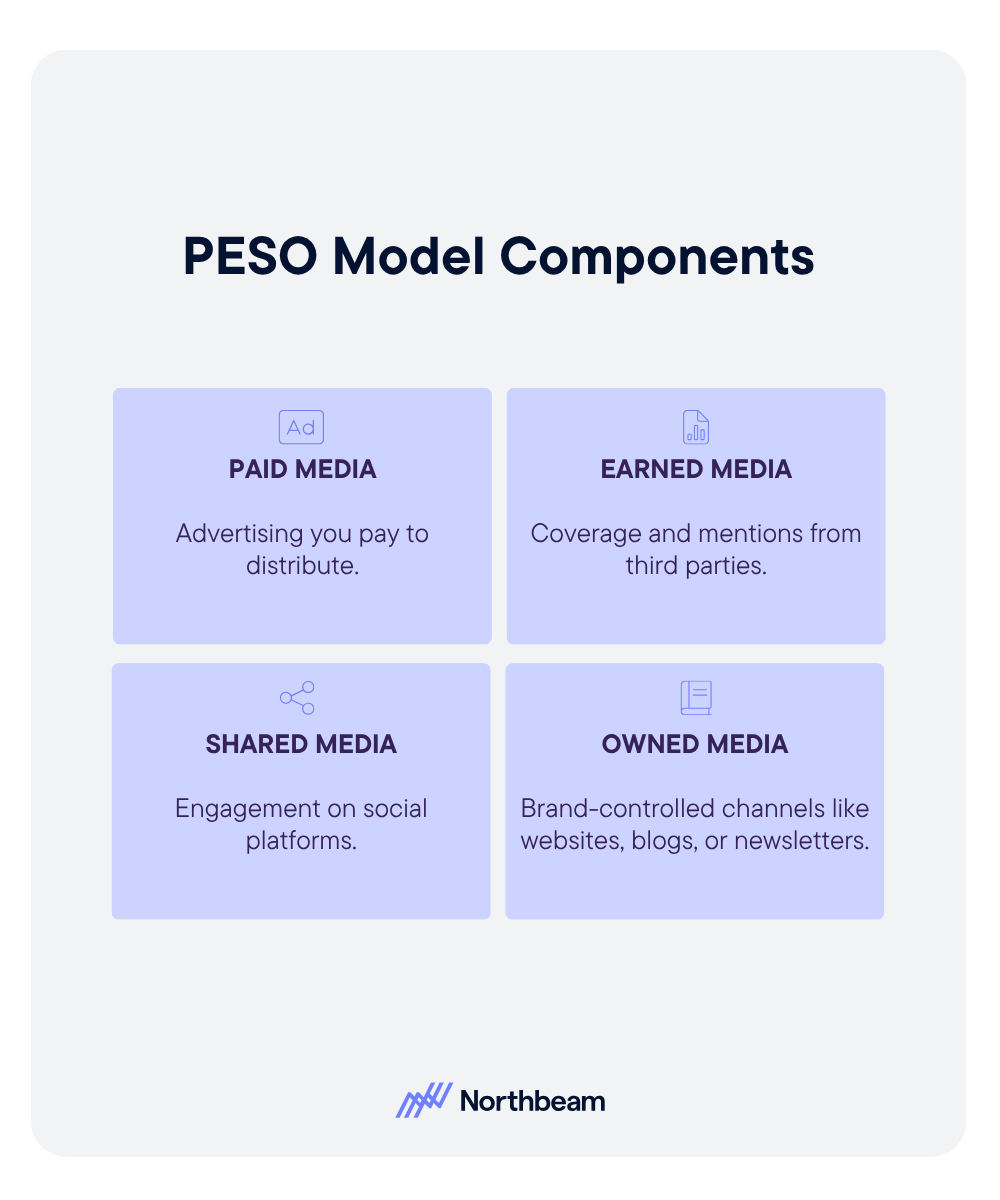
Paid Media
Paid media includes advertising and sponsored placements; anything your brand pays to distribute. Think search ads, social ads, display banners, or sponsored posts.
The main advantage is precision: you can target audiences by demographics, interests, or behaviors and scale visibility quickly.
Pros: Highly targeted, scalable, delivers fast results.
Cons: Costly over time, subject to ad fatigue, and easily tuned out if the creative doesn’t resonate.
Earned Media
Earned media is coverage you don’t pay for, such as press mentions, influencer shout-outs, or third-party endorsements.
It builds credibility because the message comes from someone other than the brand.
Pros: Carries strong trust and authority, often more persuasive than advertising.
Cons: Hard to control, unpredictable in timing, and inconsistent in volume.
Shared Media
Shared media refers to the engagement that happens on social platforms: likes, shares, comments, and user-generated content.
It thrives on authenticity and the ability to reach new audiences through organic amplification.
Pros: Authentic, community-driven, often viral in nature.
Cons: Algorithm dependence, reputational risk if negative sentiment spreads, and limited control over reach.
Owned Media
Owned media covers the channels your brand controls, like your website, blog, email newsletter, or resource library.
It’s the foundation of your narrative and provides long-term value.
Pros: Full control over messaging and format, evergreen potential, valuable for SEO.
Cons: Requires consistent resourcing and effort, slower to scale without amplification.
Together, these four components form the building blocks of an integrated media framework to help you reap PESO model benefits. When orchestrated intentionally, they create a cycle where each type amplifies the others.
PESO Model Integration Strategy
Each component of PESO has value on its own, but the real power comes from weaving them together.
When Paid, Earned, Shared, and Owned media operate in sync, they generate a compounding effect that no single channel can achieve.
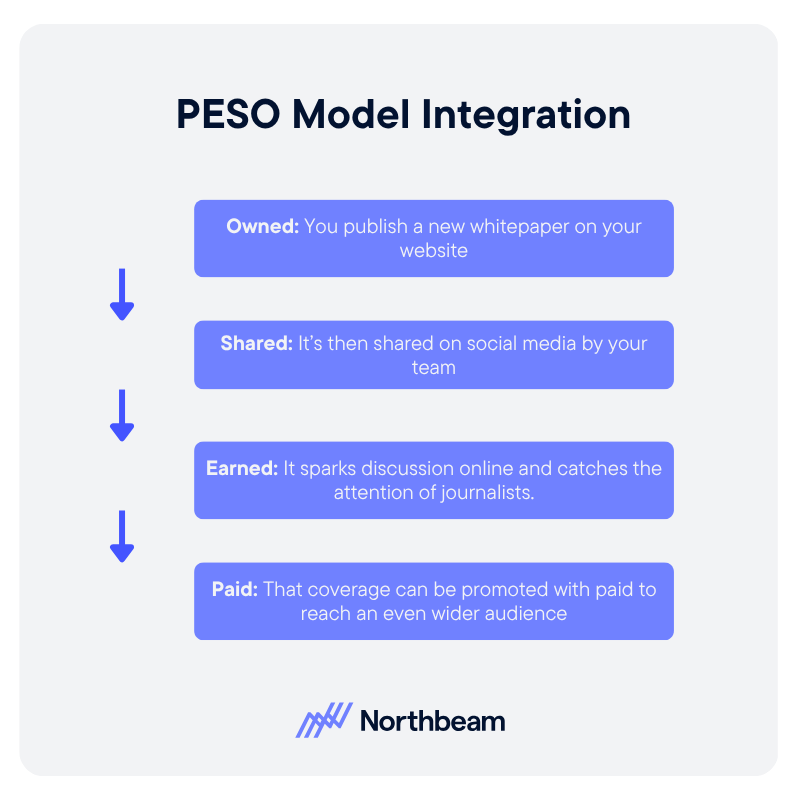
For example:
- You publish a white paper on your website (Owned)
- It is then shared on social channels (Shared)
- It sparks discussion online and catches the attention of journalists or bloggers (Earned)
- That coverage can then be promoted with paid campaigns to reach an even wider audience (Paid)
Each step reinforces the others, creating a loop of visibility, credibility, and engagement.
This integrated approach is more than just “nice to have.” In a landscape where audiences encounter brands in fragmented, unpredictable ways, orchestration ensures consistent messaging and maximizes ROI and PESO model benefits.
Instead of chasing results from isolated tactics, you build a connected system where every piece of content contributes to a larger media strategy.
Ultimately, PESO integration turns scattered touchpoints into a unified experience, amplifying reach, deepening trust, and delivering results greater than the sum of their parts.
How to Implement the PESO Model
Understanding the PESO model is one thing; putting it into practice is another.
The most effective way to execute an integrated campaign is to approach it as a phased strategy, starting with what you already have and layering on support from each media type.
1. Audit Your Assets
Begin by reviewing what you already own across PESO categories.
Do you have a strong blog library? A social presence with active engagement? Recent press coverage or ad campaigns?
This inventory highlights strengths to build on and gaps to address.
2. Select a Campaign Hub
Choose a high-impact owned asset to serve as the centerpiece of your campaign.
This could be a research report, a webinar, or a long-form blog post; something substantial enough to anchor the rest of your efforts.
3. Build the PESO Cascade
Once you have your hub, plan how to extend it across channels:
- Shared: Post highlights, snippets, or graphics on social media to drive organic discussion.
- Earned: Pitch the asset to media outlets, bloggers, or industry partners for coverage and third-party validation.
- Paid: Amplify the best-performing content through targeted ads to reach new audiences and reinforce awareness.
4. Coordinate Across Teams
Messaging, timing, and creative elements should be consistent across all channels.
Align content calendars, synchronize agency or team contributions, and make sure every touchpoint reinforces the same narrative.
5. Launch, Monitor, and Iterate
Roll out the campaign and track performance in real time. Use early results to optimize distribution, adjust creative, or rebalance your paid budget.
Treat PESO in modern marketing as an ongoing cycle: each campaign should inform and improve the next.
When executed with intention, this framework transforms a single asset into a multi-channel engine, maximizing reach and ROI through integrated orchestration.
Measurement & KPI Mapping
An integrated PESO media strategy is only as strong as its ability to prove results.
Each media type comes with its own performance indicators, and tracking them consistently is key to understanding impact.
Paid Media Metrics
- Impressions and reach
- Click-through rate (CTR)
- Cost per acquisition (CPA) or return on investment (ROI)
Earned Media Metrics
- Volume of media mentions
- Quality of coverage (tier-one vs. niche outlets)
- Referral traffic and backlinks
Shared Media Metrics
- Number of shares or reposts
- Engagement rate (likes, comments, retweets, saves)
- Sentiment and community growth
Owned Media Metrics
- Page views and unique visitors
- Time on page or bounce rate
- Lead generation and conversions
While these metrics provide useful channel-specific insights, the real value of PESO lies in integrated measurement.
For example:
- Traffic from earned or shared placements boosting conversions on owned assets.
- Cross-channel conversions where a customer first sees an ad, then engages with social, before converting on the website.
- Aggregated PESO ROI that reflects the interplay of channels rather than isolated performance.
A unified dashboard that pulls in metrics from advertising platforms, web analytics, PR coverage, and social monitoring makes these connections visible.
It shifts measurement from siloed reporting to holistic insights, helping teams optimize campaigns and demonstrate how PESO integration drives business outcomes.
Common Pitfalls & Best Practices
Even with a solid framework, many organizations stumble when rolling out PESO campaigns.
Here are four common challenges, and the best practices that prevent them.
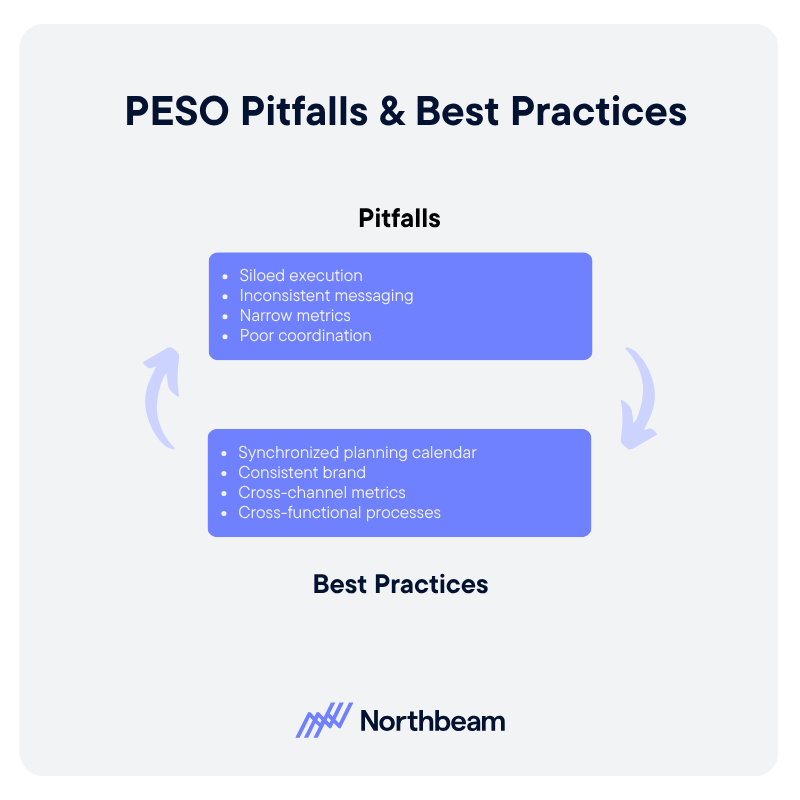
Siloed Execution -> Synchronized Planning Calendar
Teams often manage Paid, Earned, Shared, and Owned channels independently, which leads to missed opportunities for amplification.
Instead, use a synchronized planning calendar that includes all channels. This ensures campaigns launch in concert and every channel supports the same initiative.
Inconsistent Messaging -> Consistent Brand
Without alignment, the same campaign may be communicated differently across platforms, weakening impact and confusing audiences.
Instead, establish a consistent brand voice and messaging framework. Provide guidelines and shared content assets so every channel reflects the same narrative.
Narrow Metrics -> Cross-Channel Metrics
Measuring each channel in isolation (clicks here, impressions there) ignores the compounded impact of integration.
Instead, track cross-channel metrics in a unified dashboard. Focus on outcomes like conversions, brand lift, or customer lifetime value, not just single-channel KPIs.
Poor Coordination -> Cross-Functional Processes
When agencies, internal teams, and stakeholders work separately, campaigns can stall or fragment.
Instead, build cross-functional processes that foster collaboration, including regular check-ins, shared dashboards, and clear ownership of tasks.
By anticipating these pitfalls and adopting best practices, organizations can avoid wasted effort and unlock the full potential of the PESO model.
Turning Strategy Into Action
The PESO model isn’t just a theory: it’s a practical roadmap for creating campaigns that resonate across today’s fragmented media landscape.
It works best when Paid, Earned, Shared, and Owned channels are intentionally orchestrated, not run in isolation.
A simple way to get started is with a pilot campaign. Choose one strong owned asset (a blog, a report, or a webinar) and map its progression through the PESO cycle: share it socially, pitch it for coverage, and amplify it with targeted ads. Monitor the results, then refine and repeat.
By taking this structured approach, brands can transform scattered efforts into a cohesive system where every channel amplifies the others.





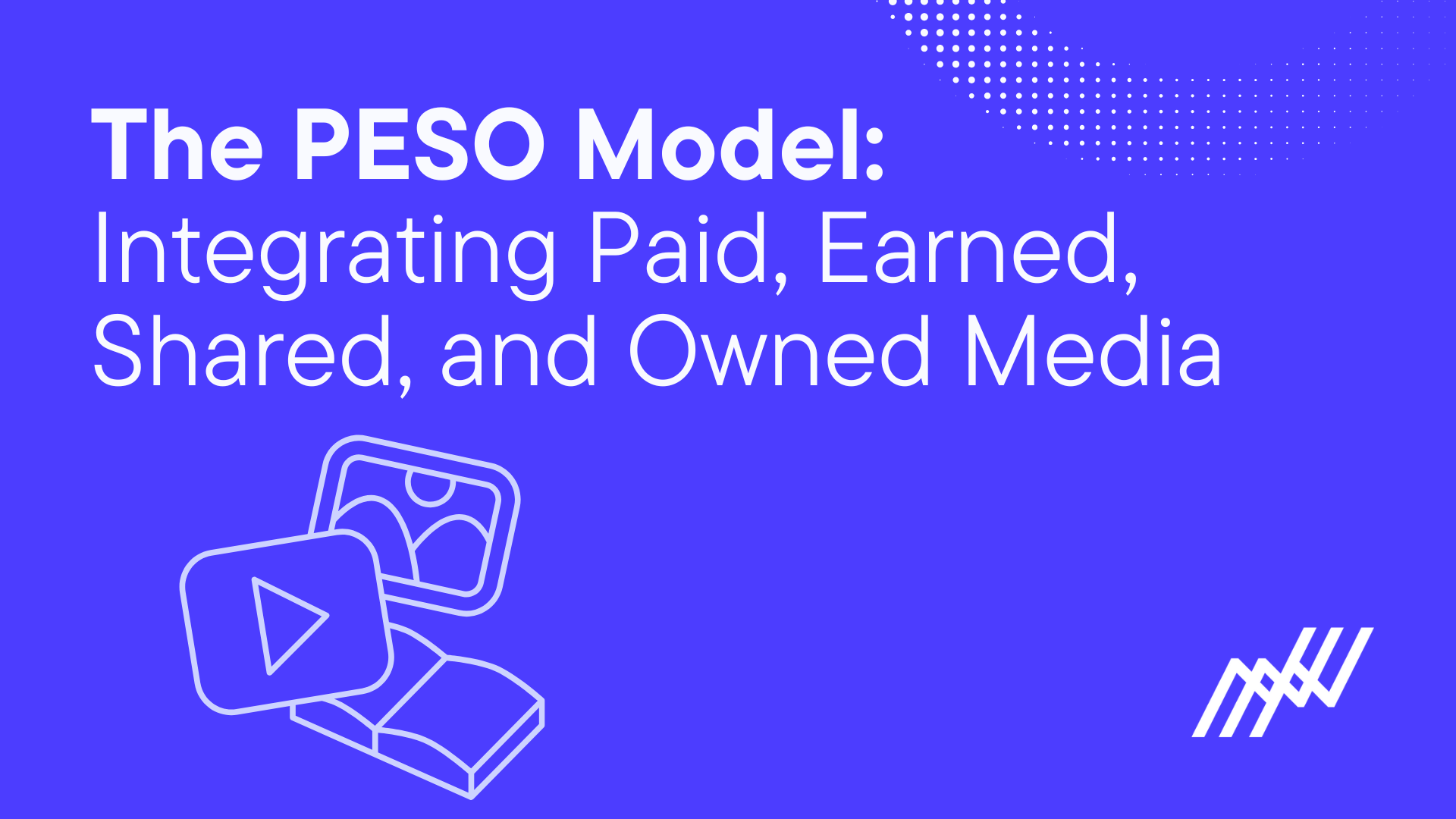







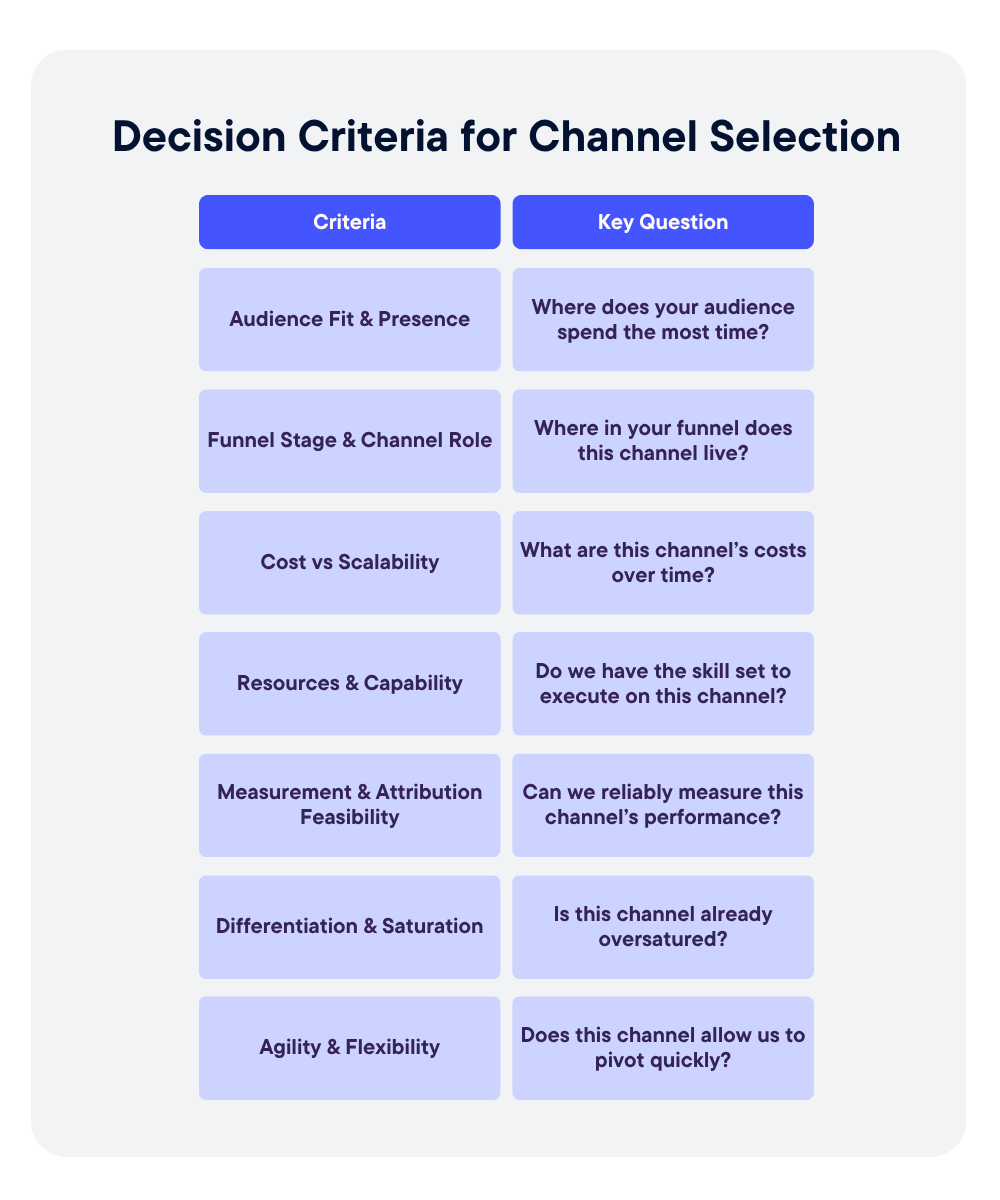
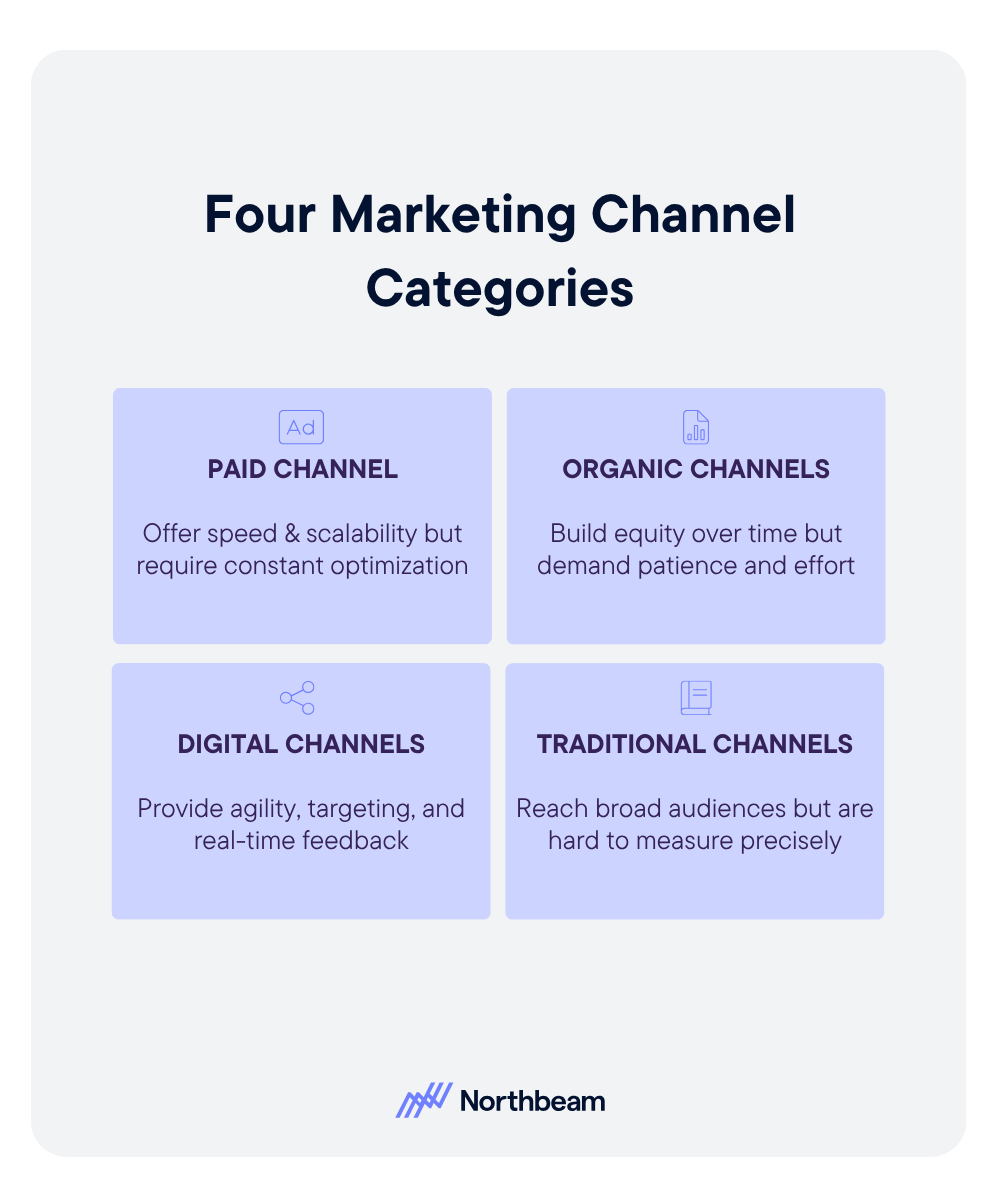
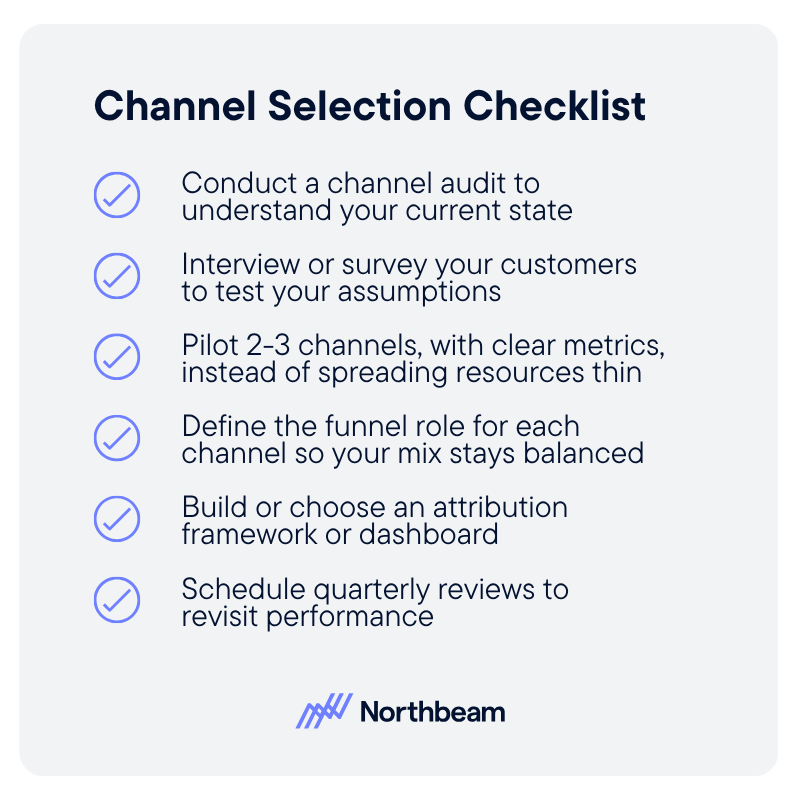
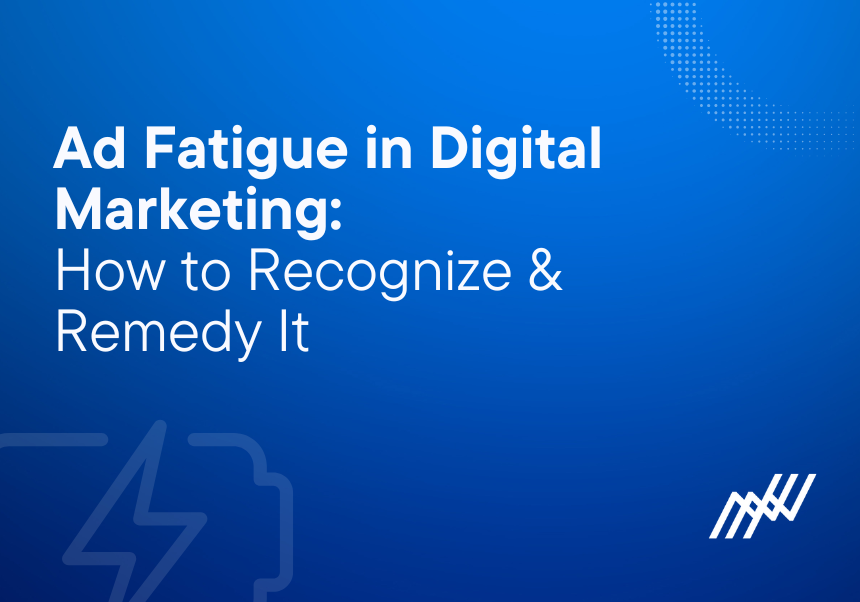
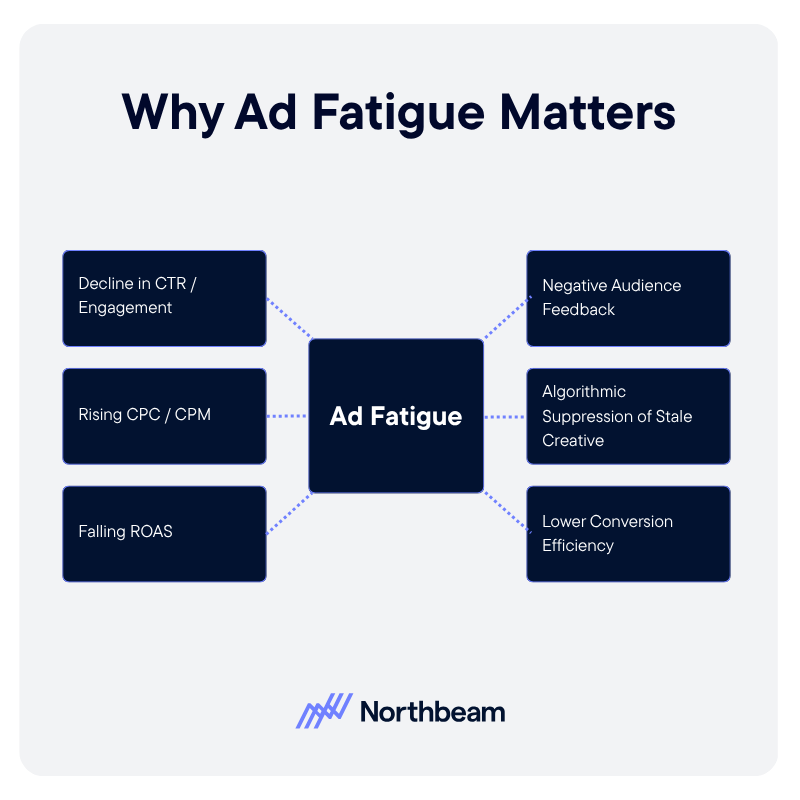
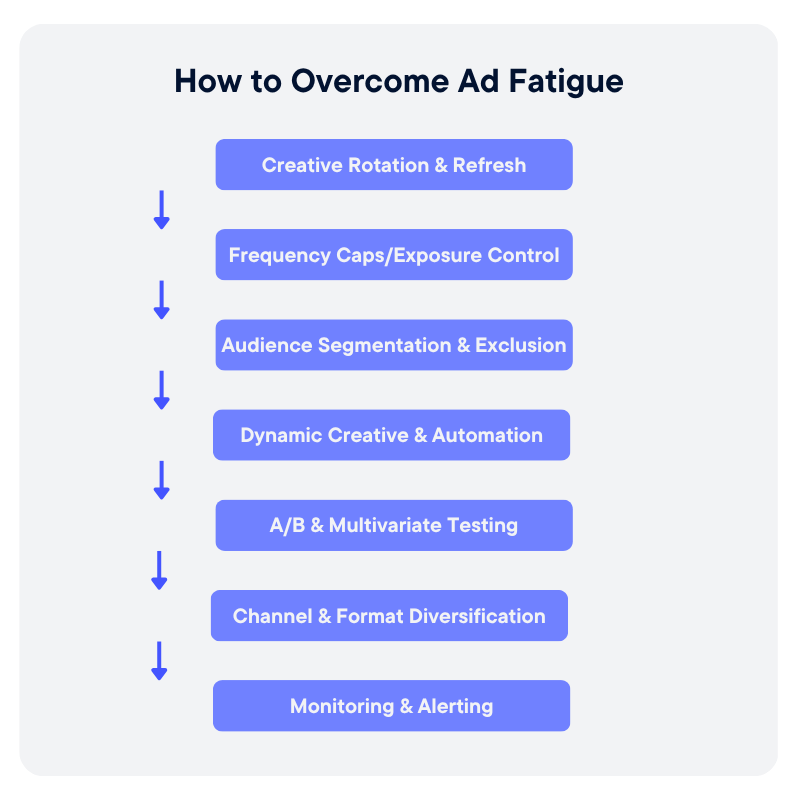
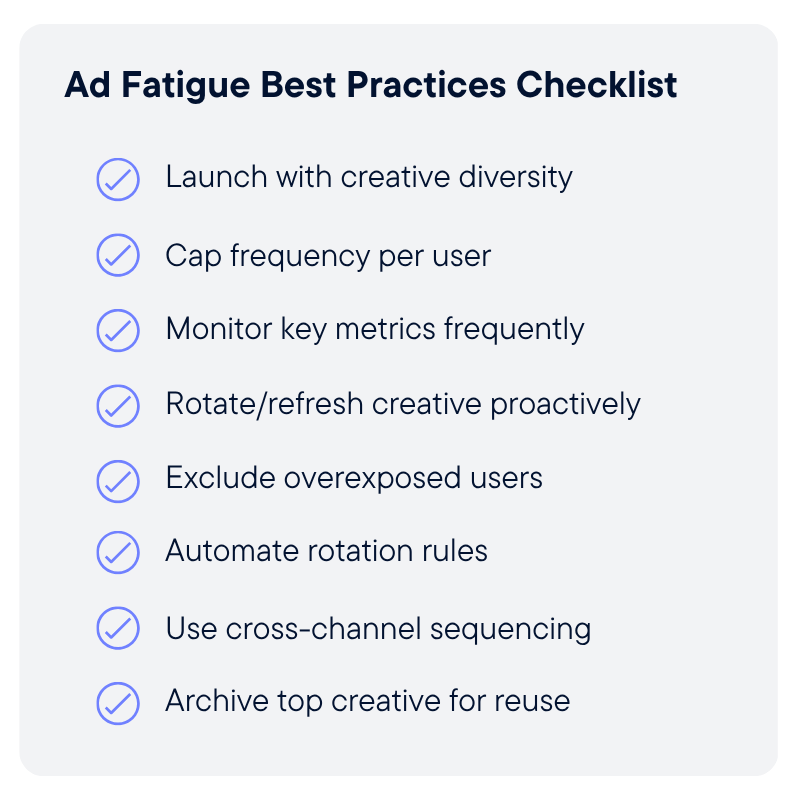

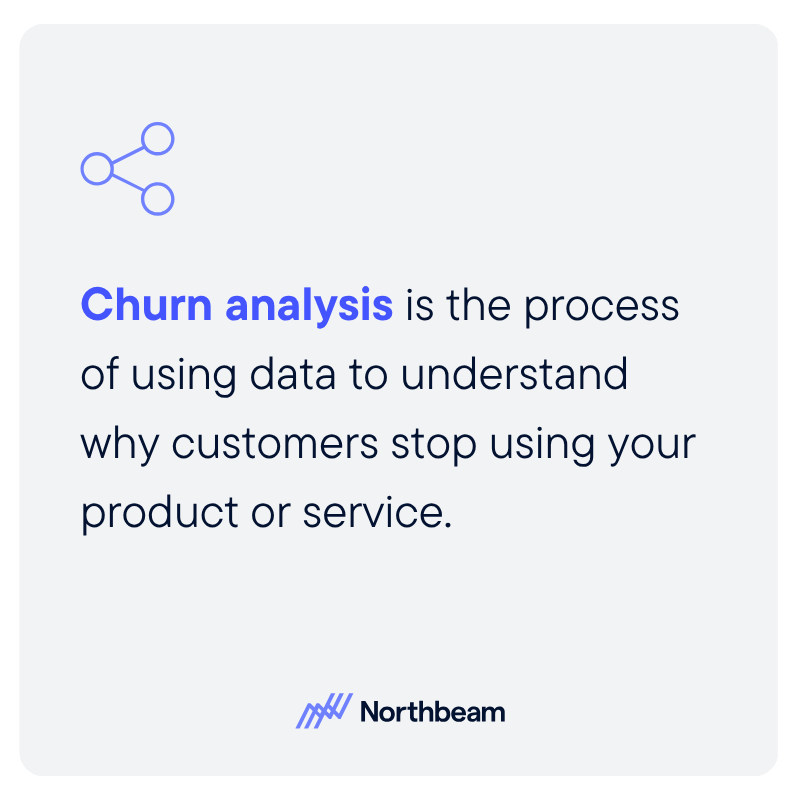
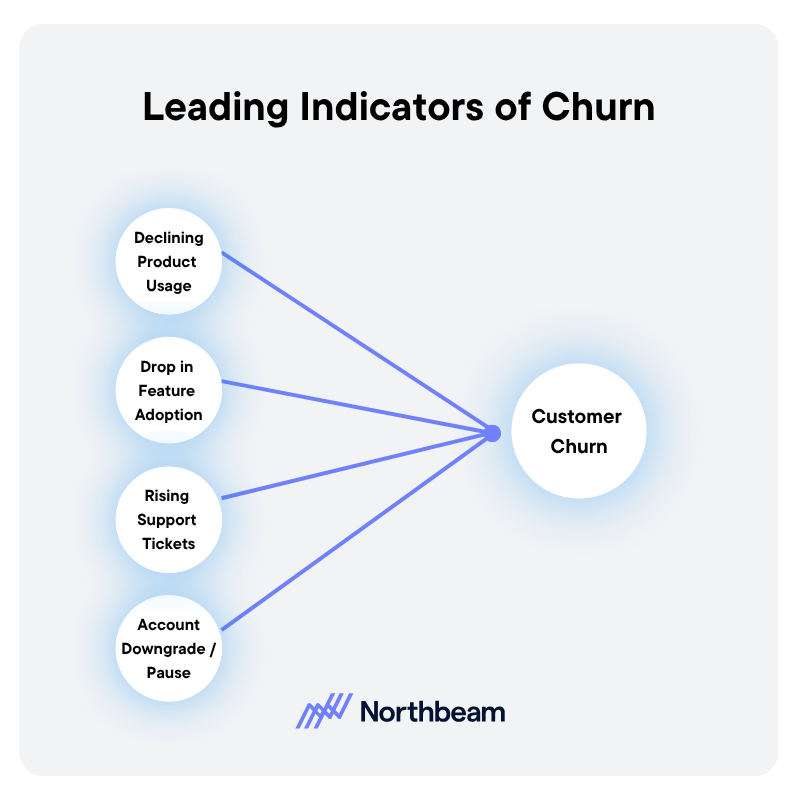
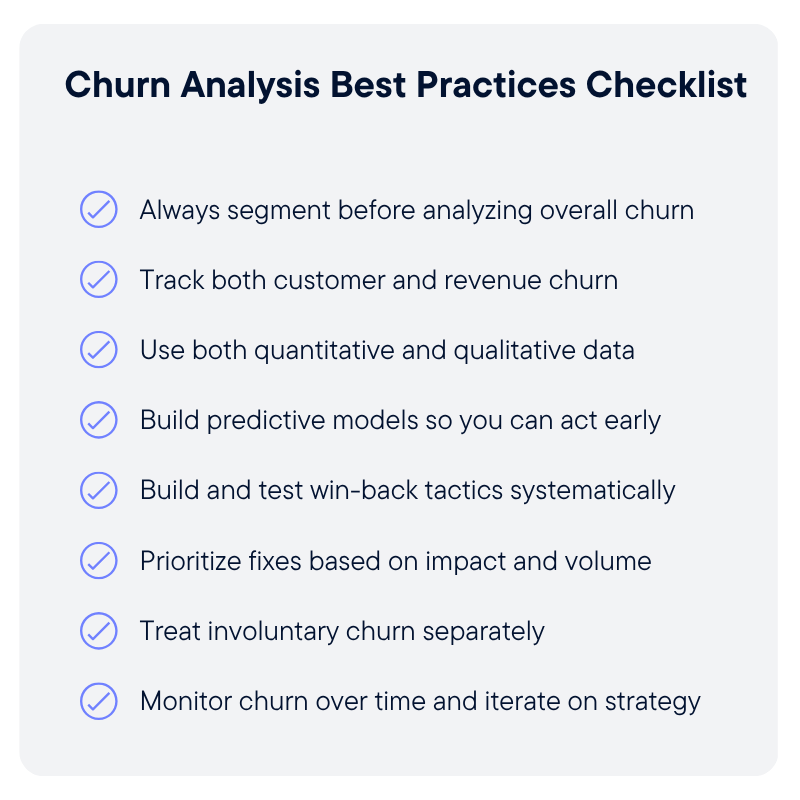
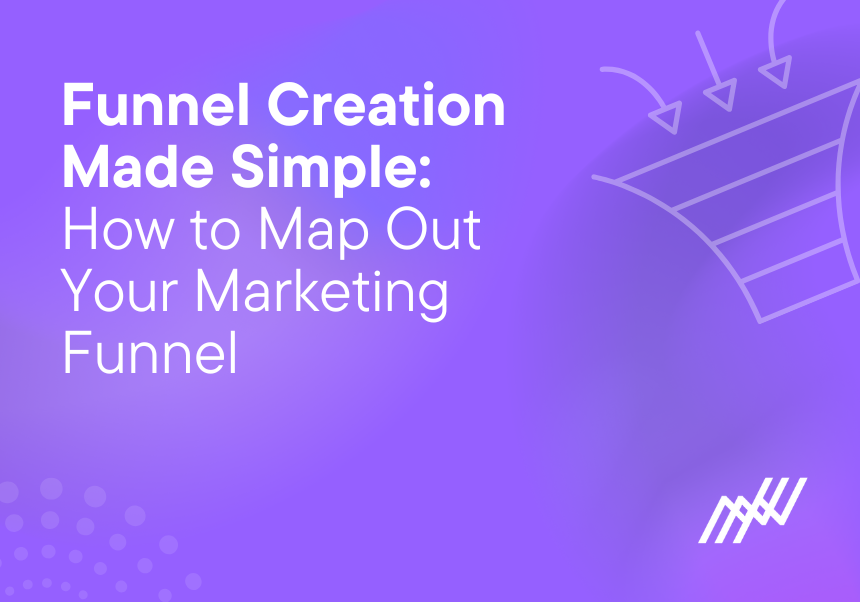
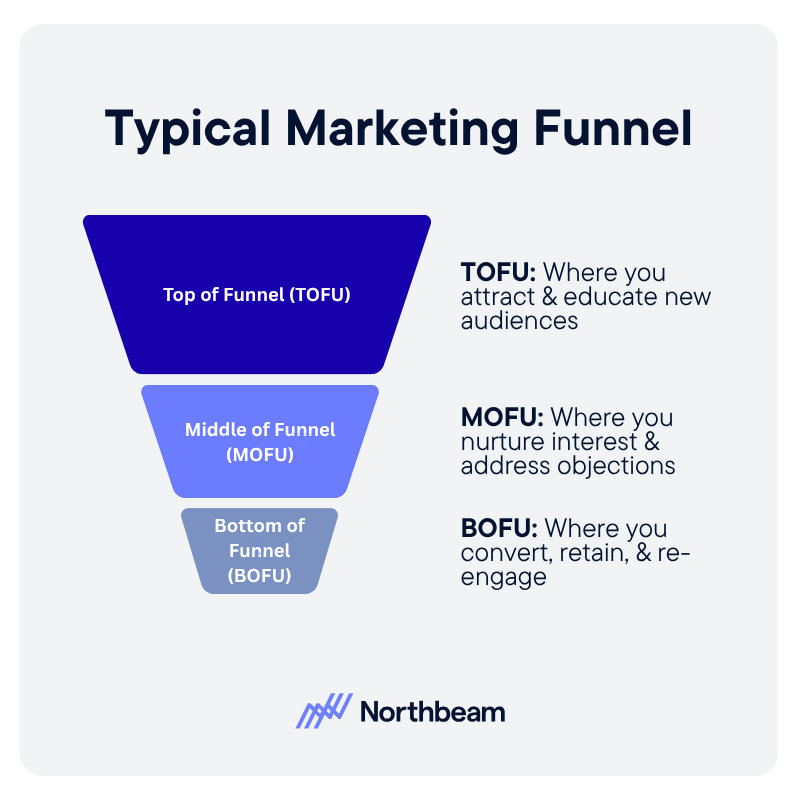
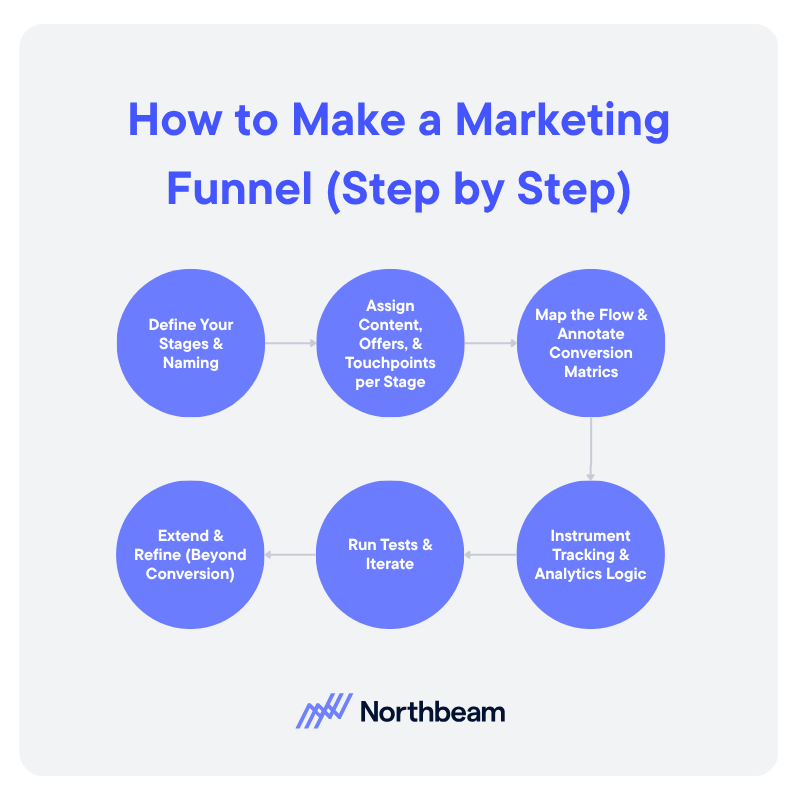
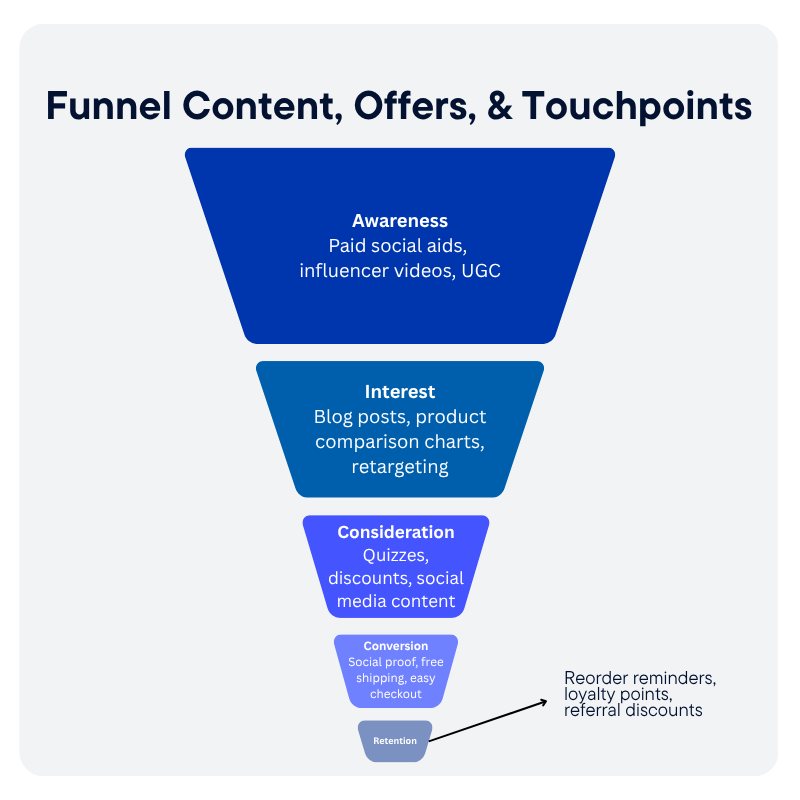
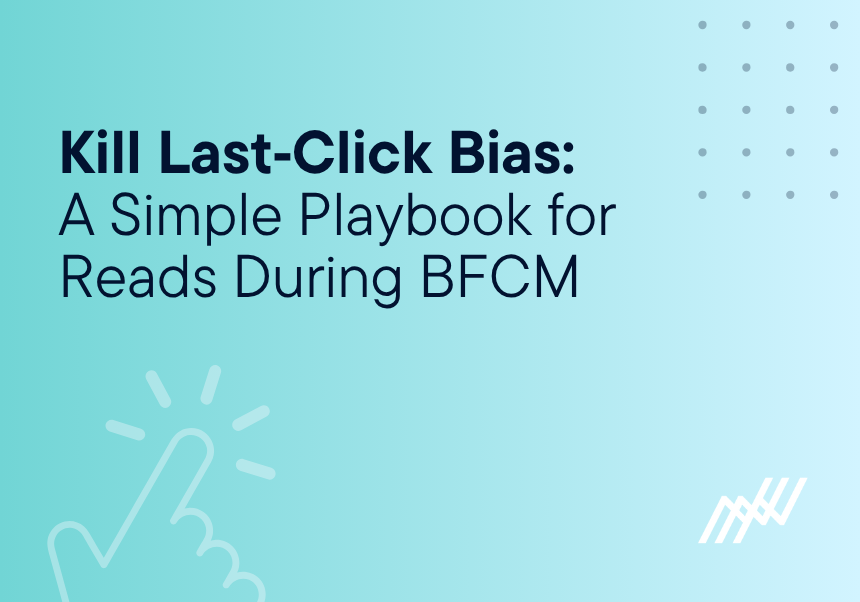

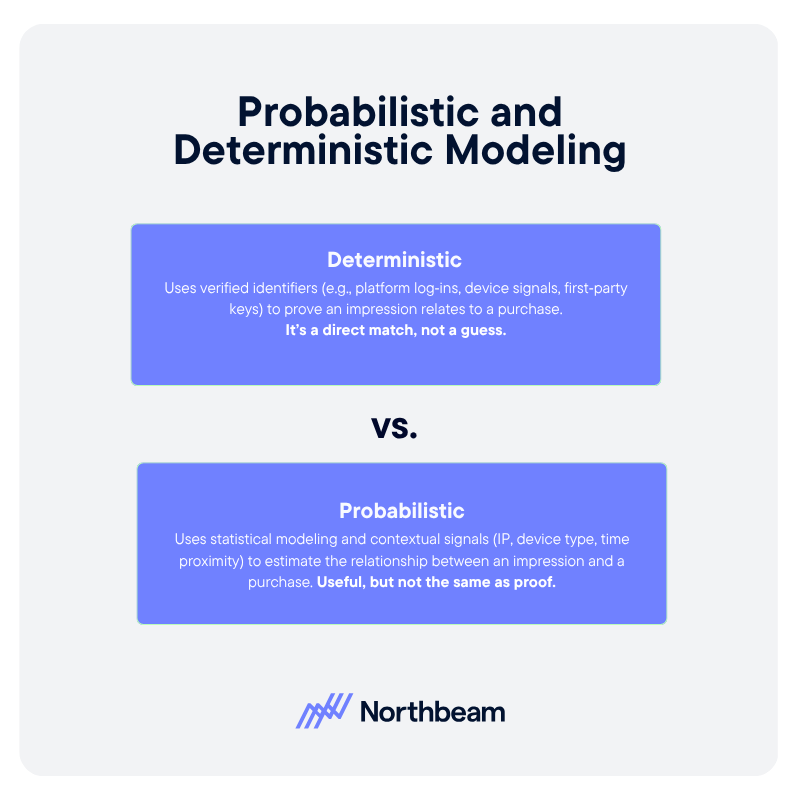

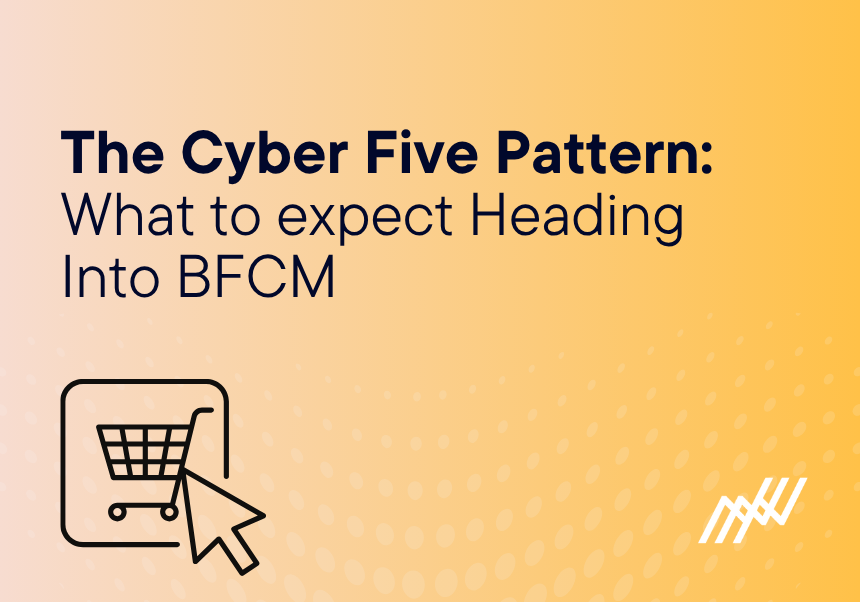


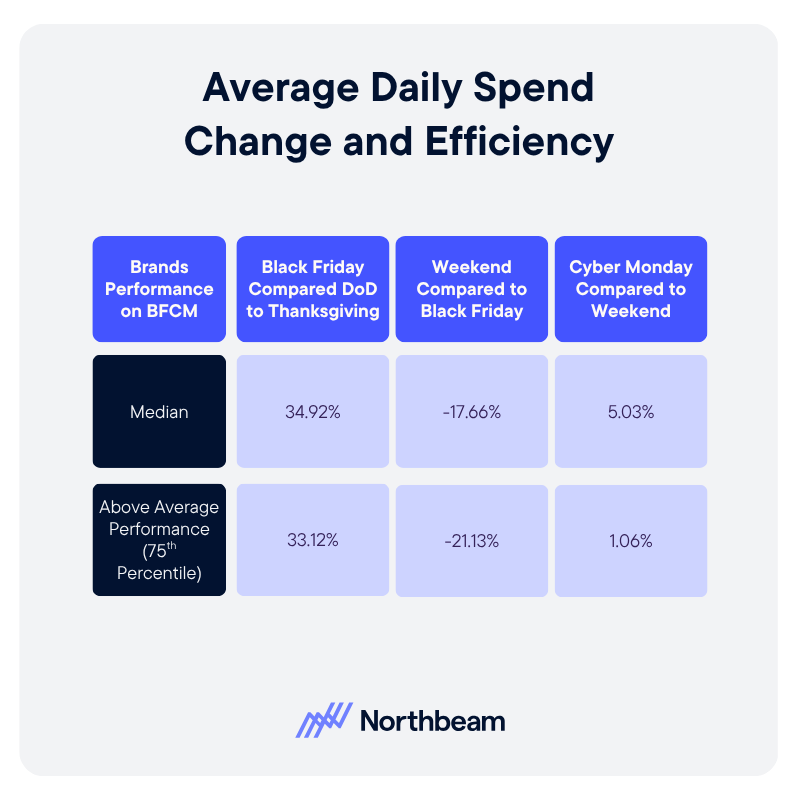
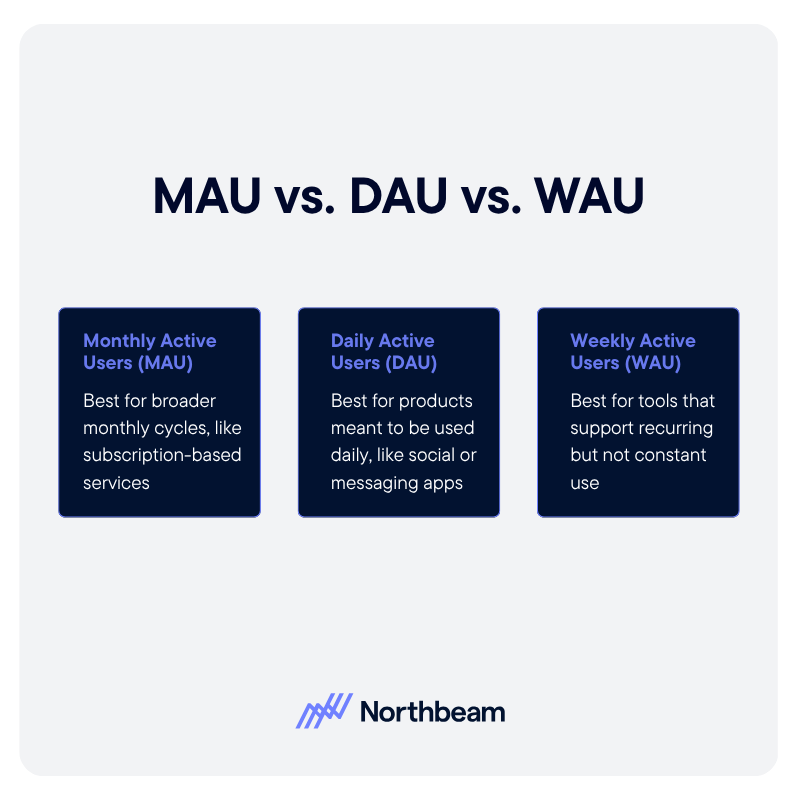

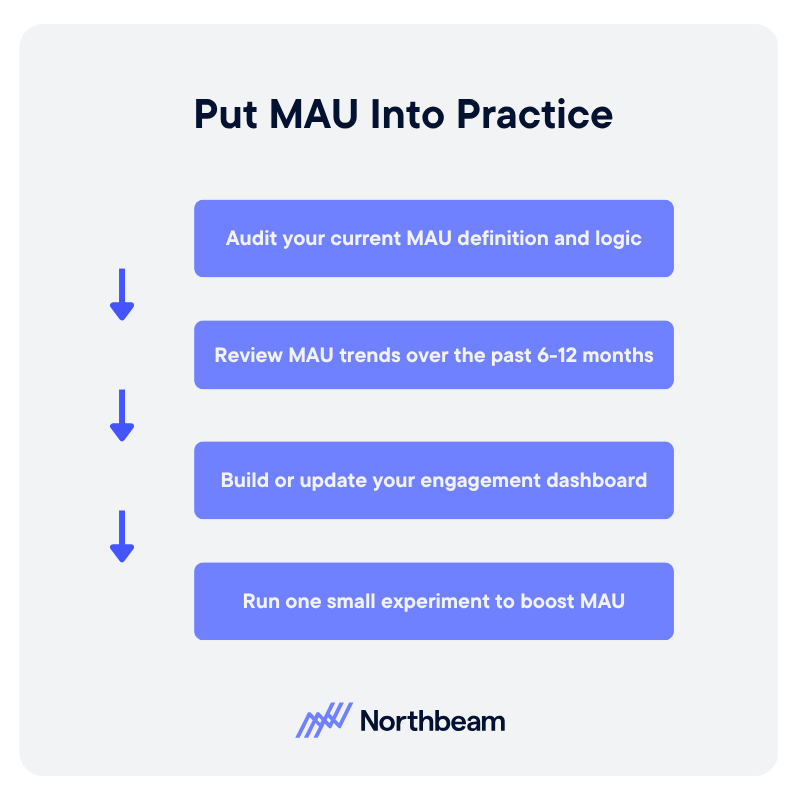
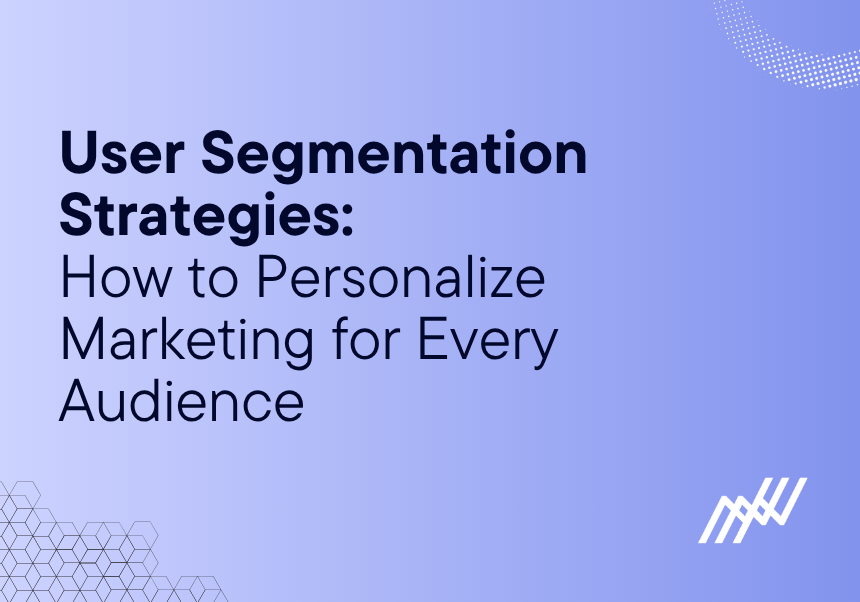
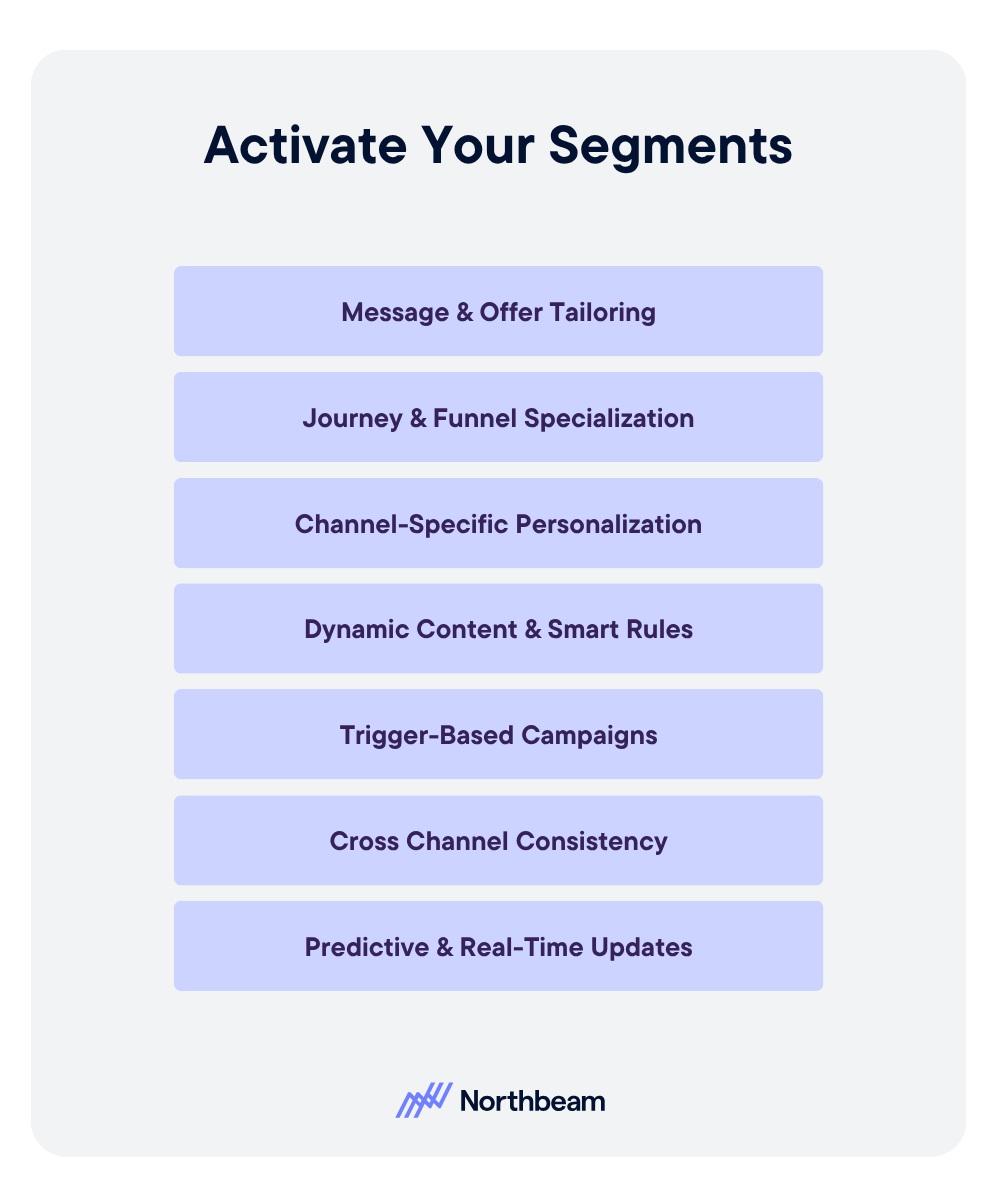
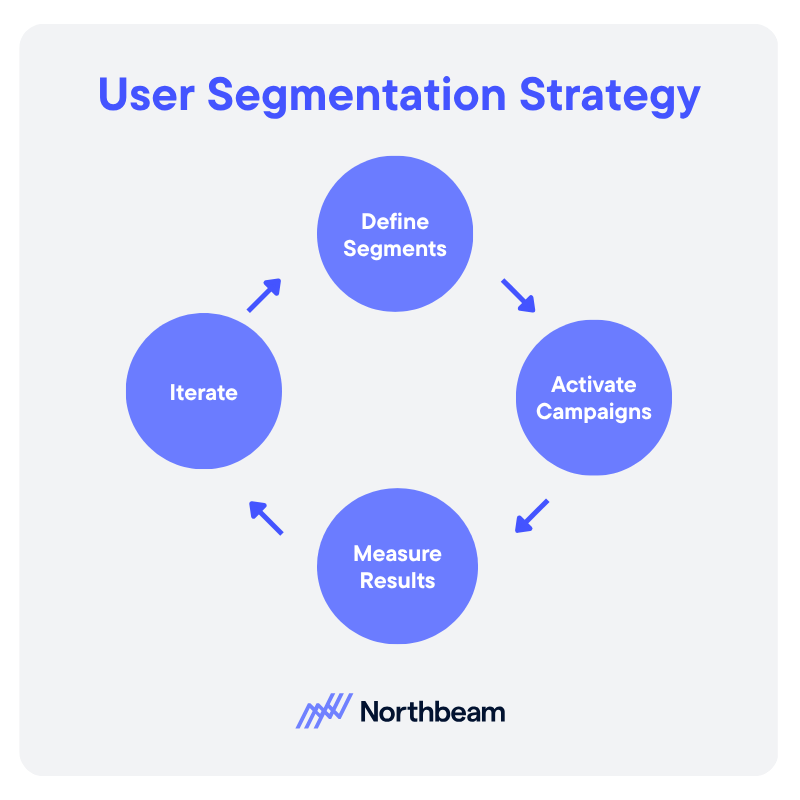
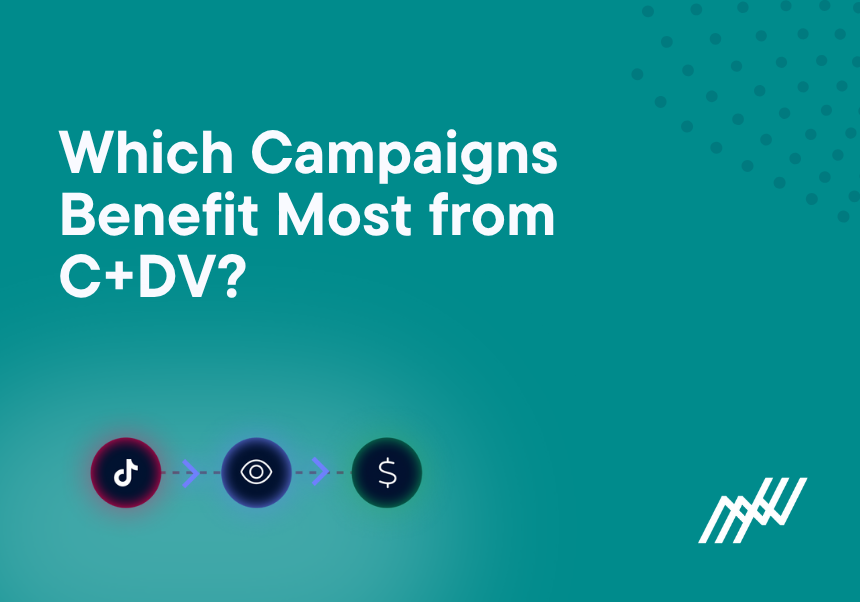

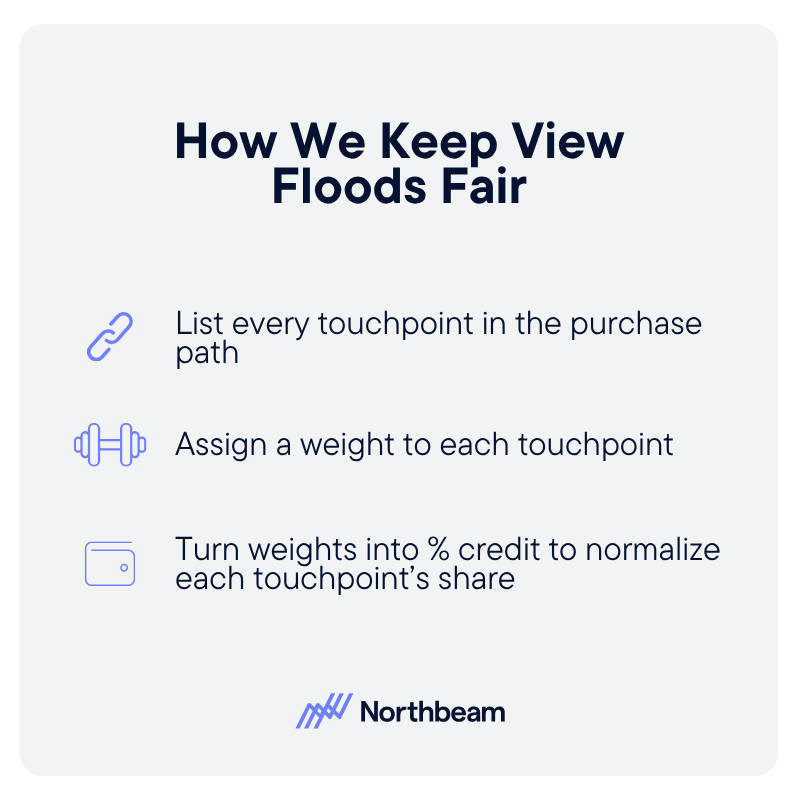
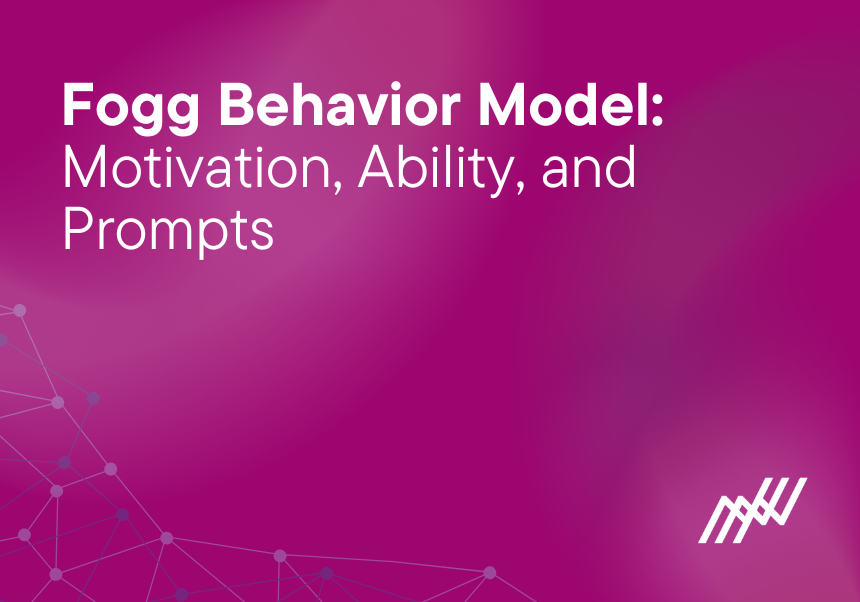


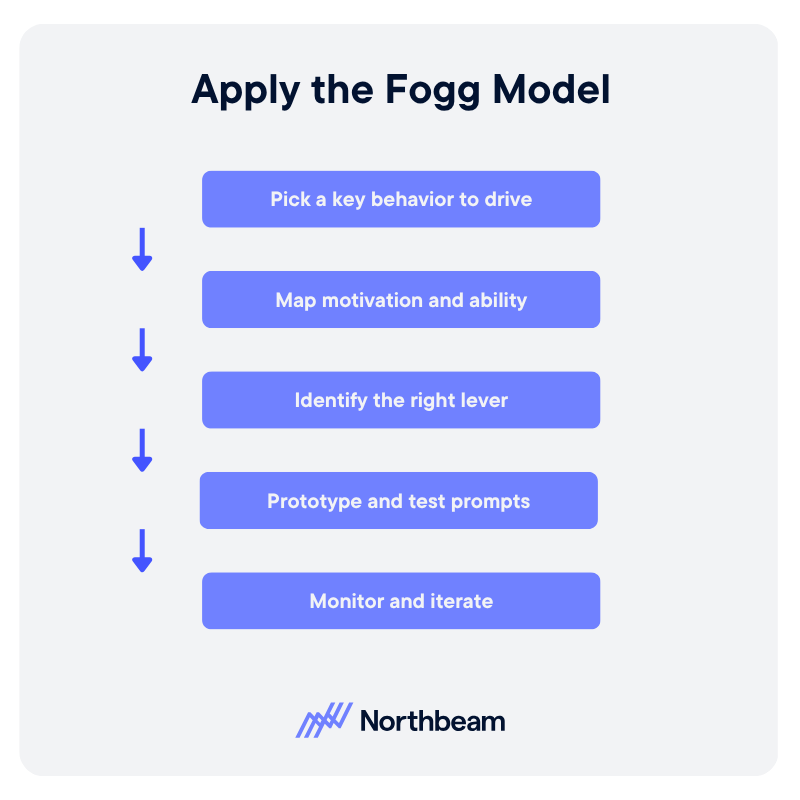

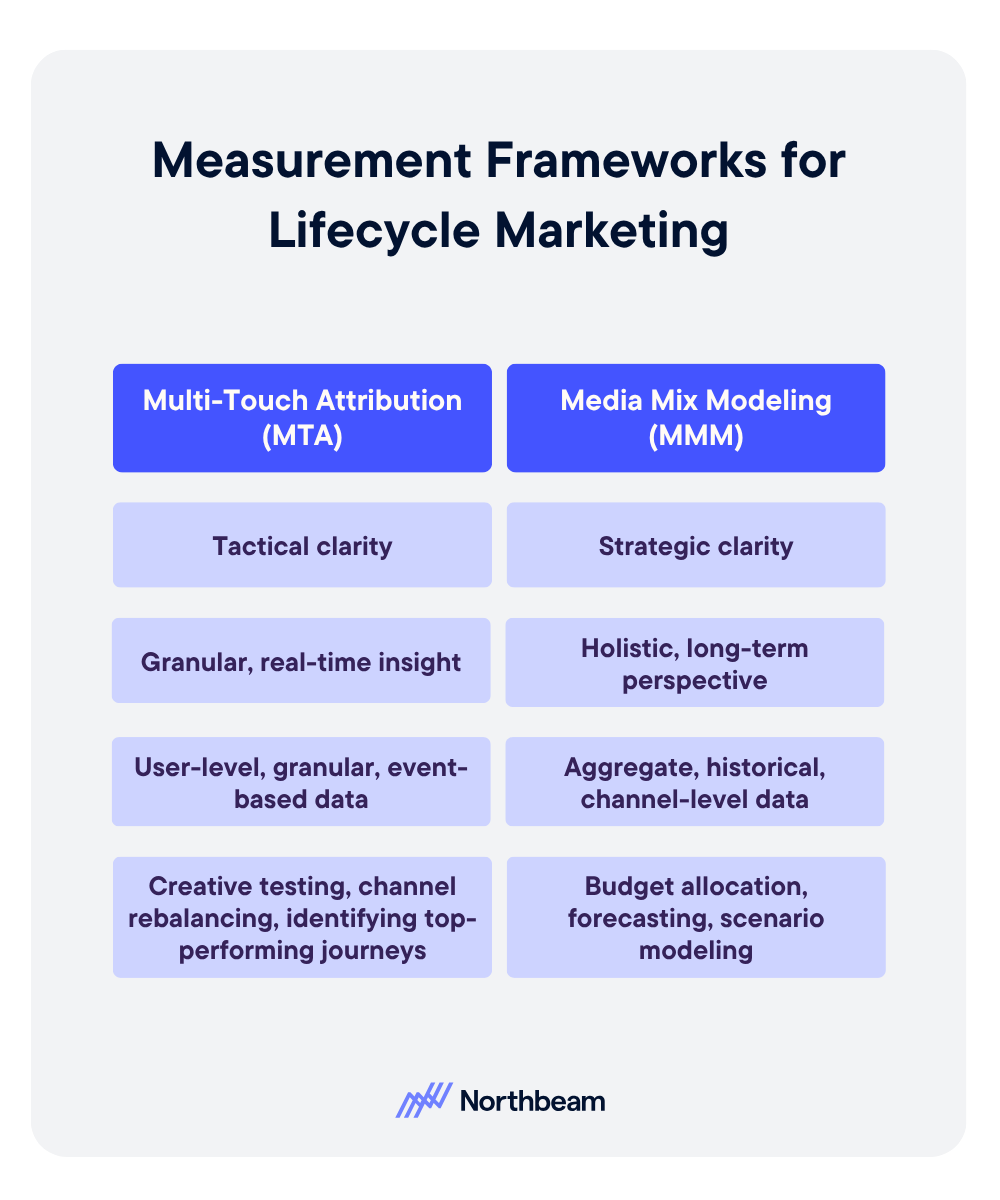
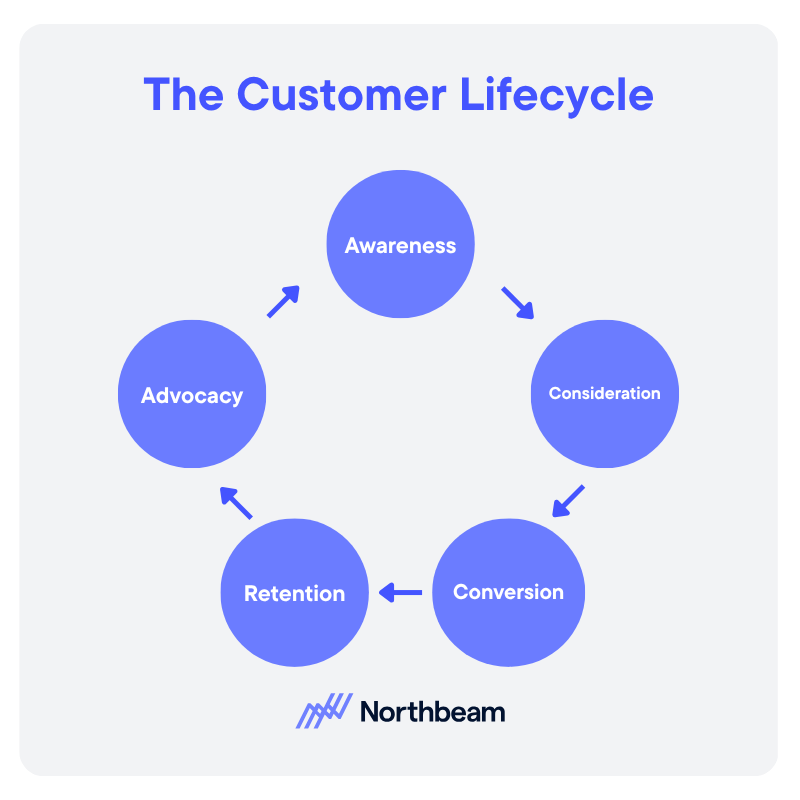
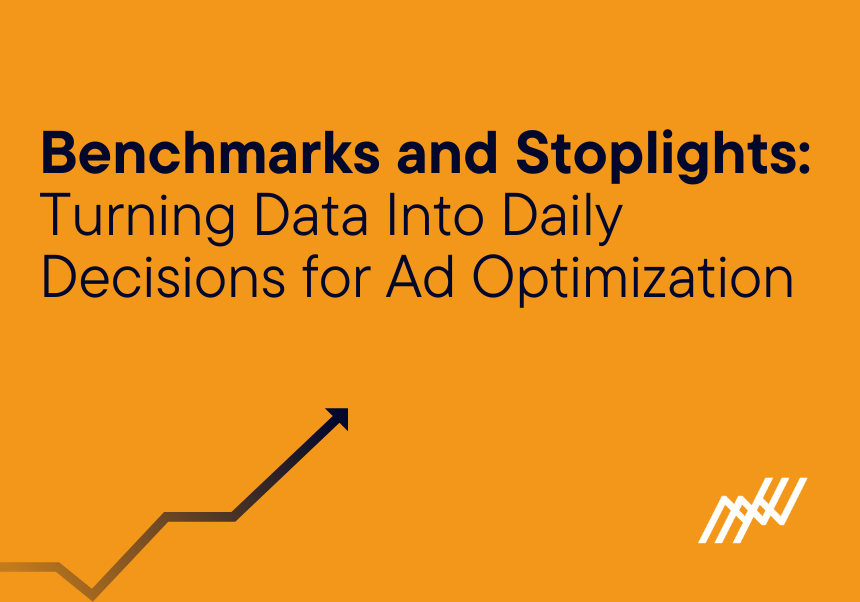
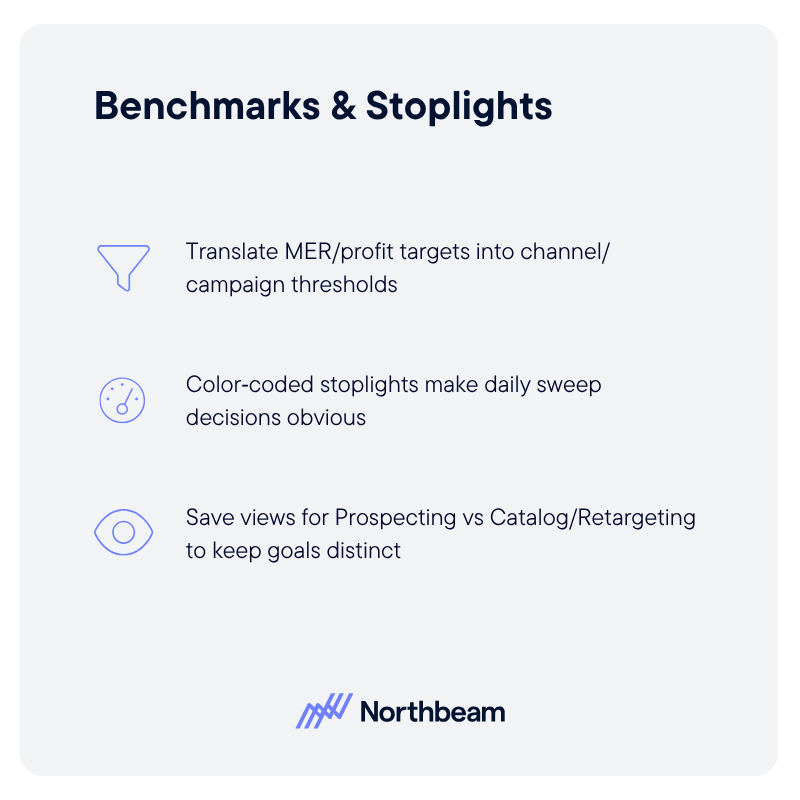
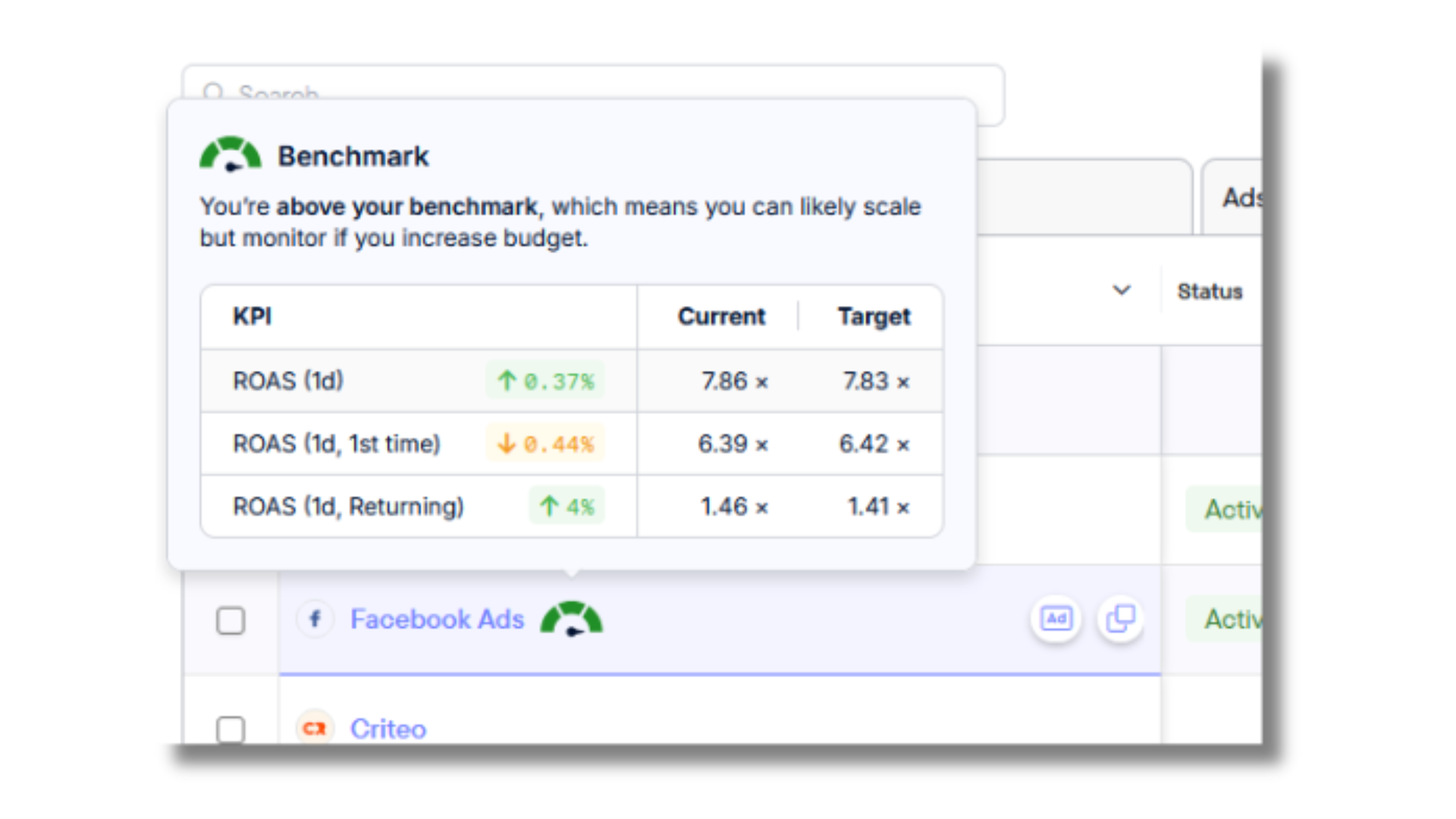
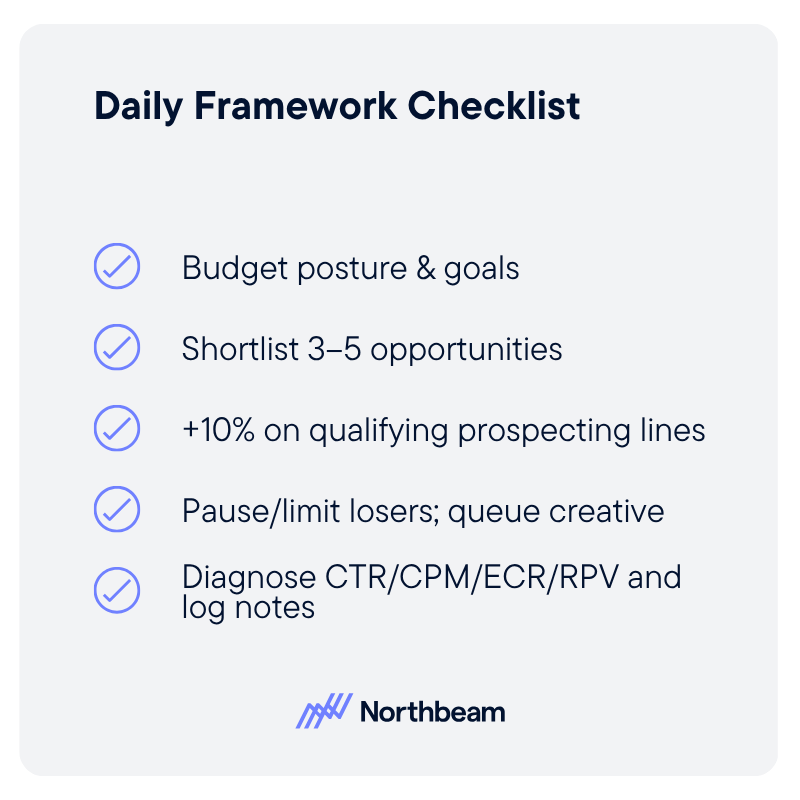
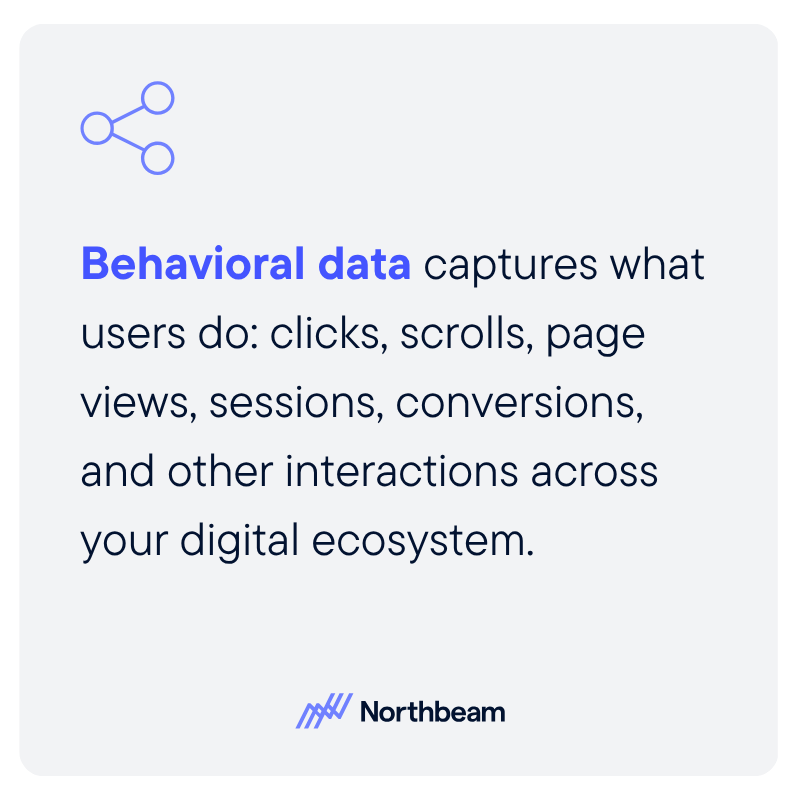
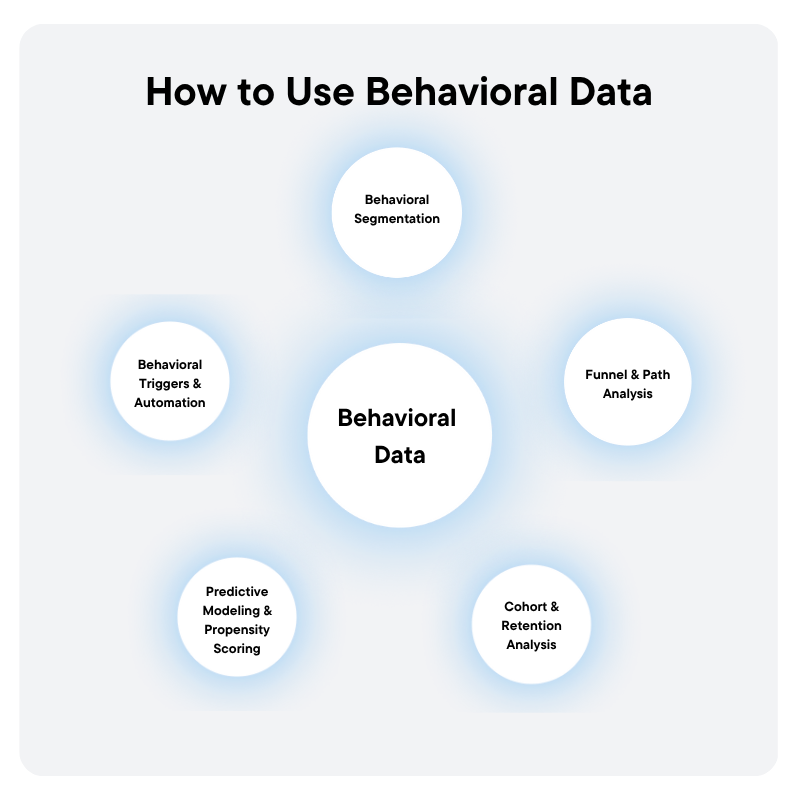

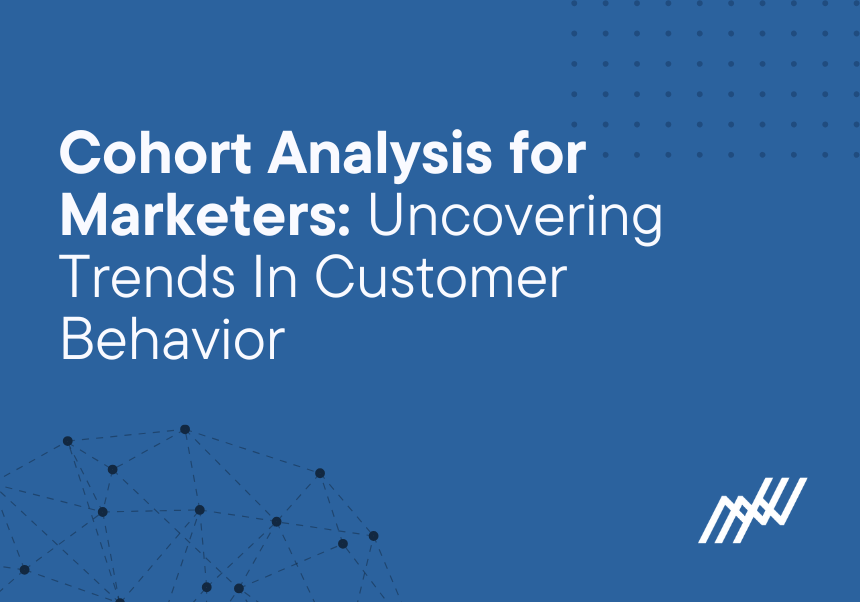
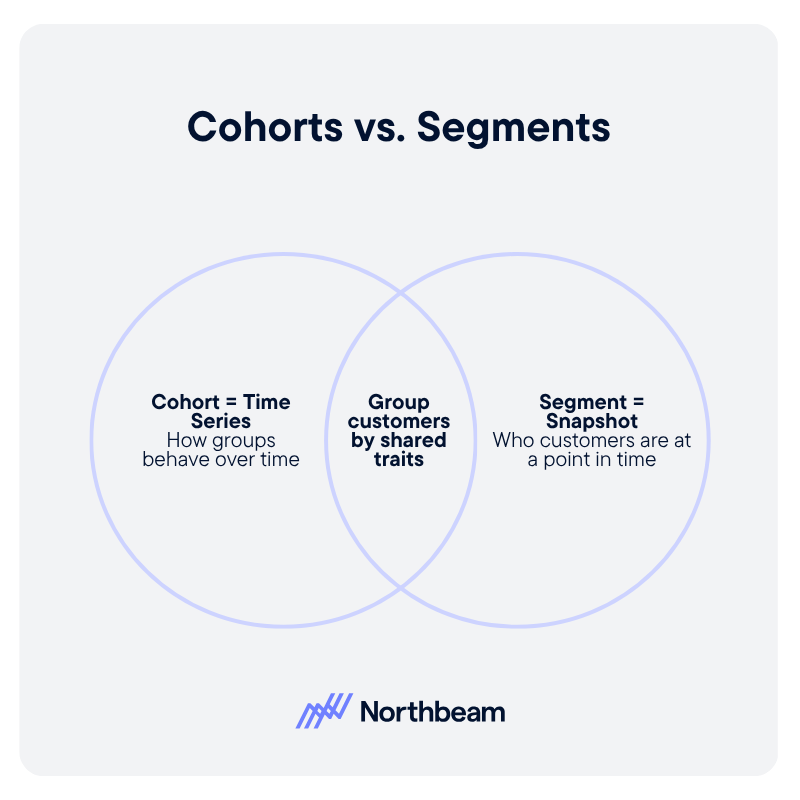
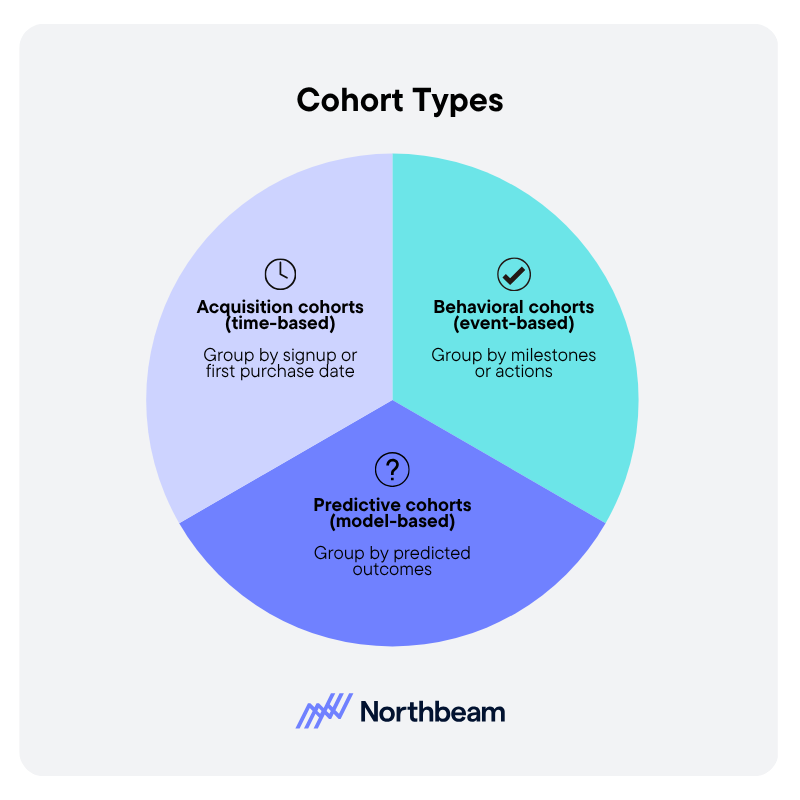
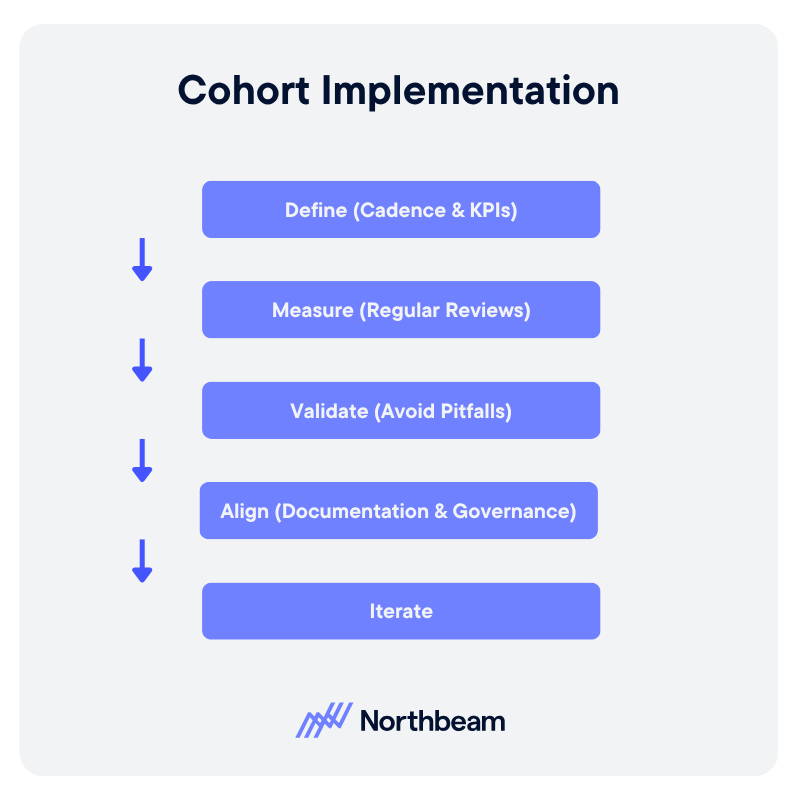
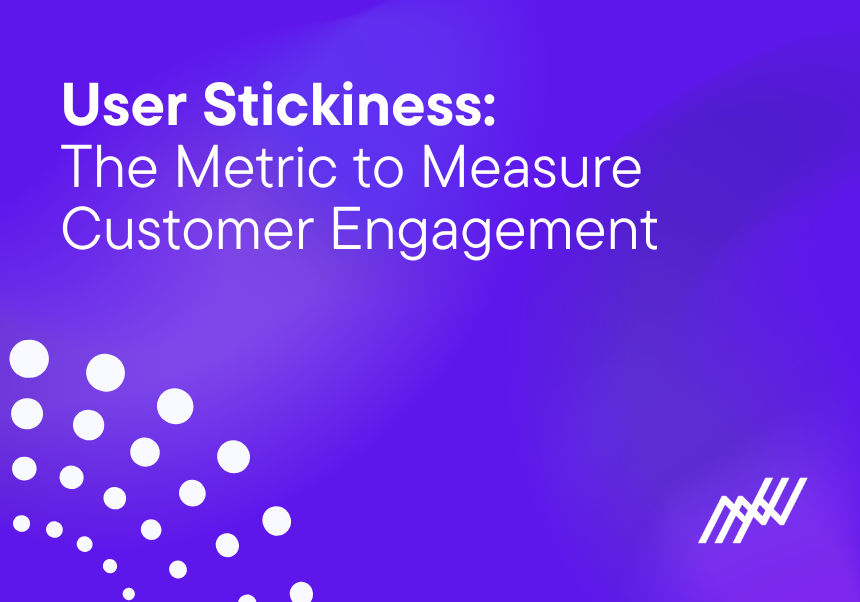
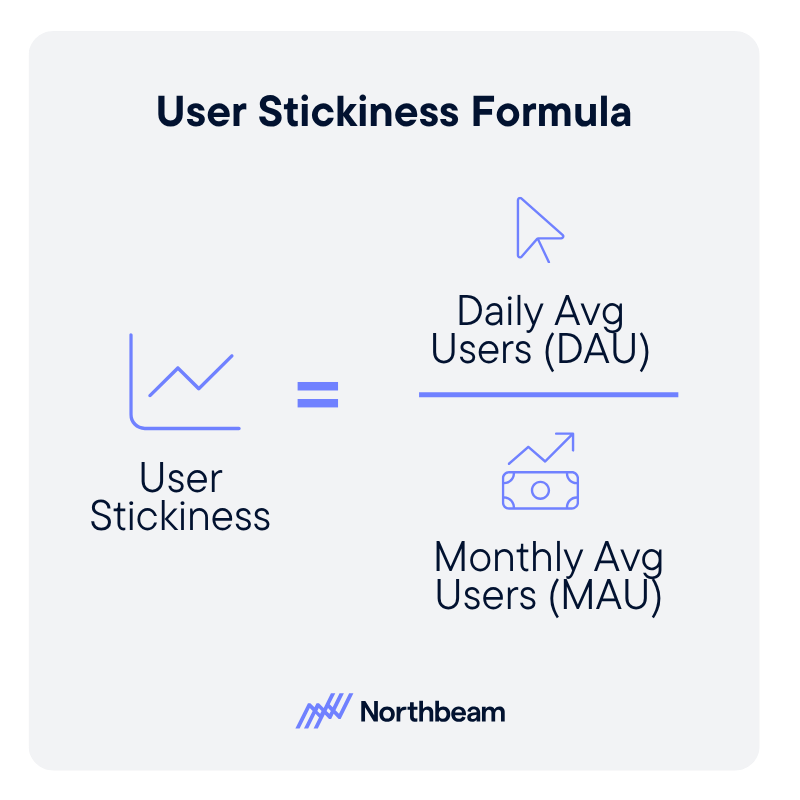
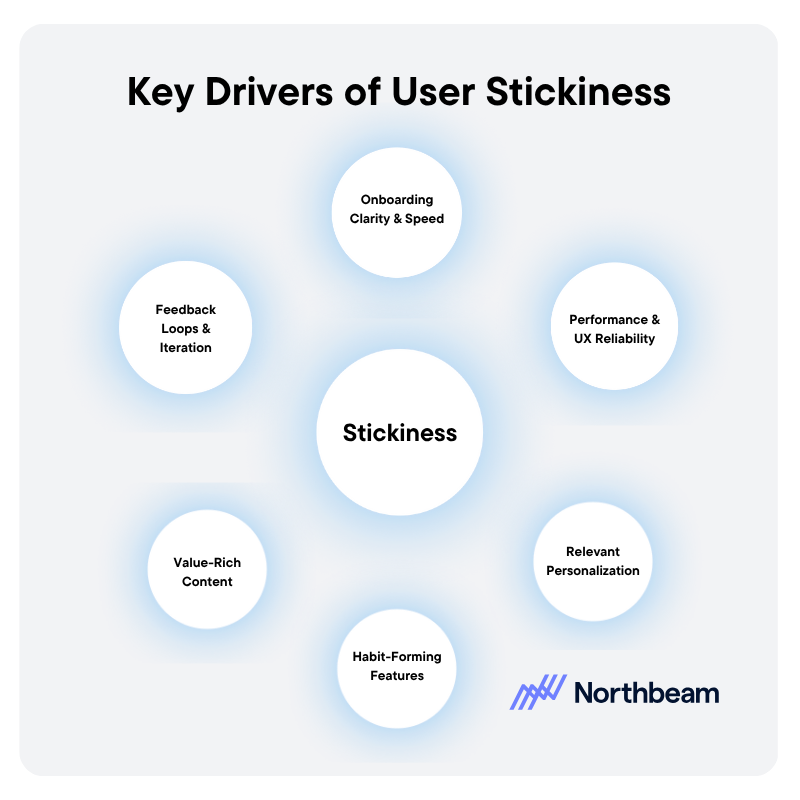
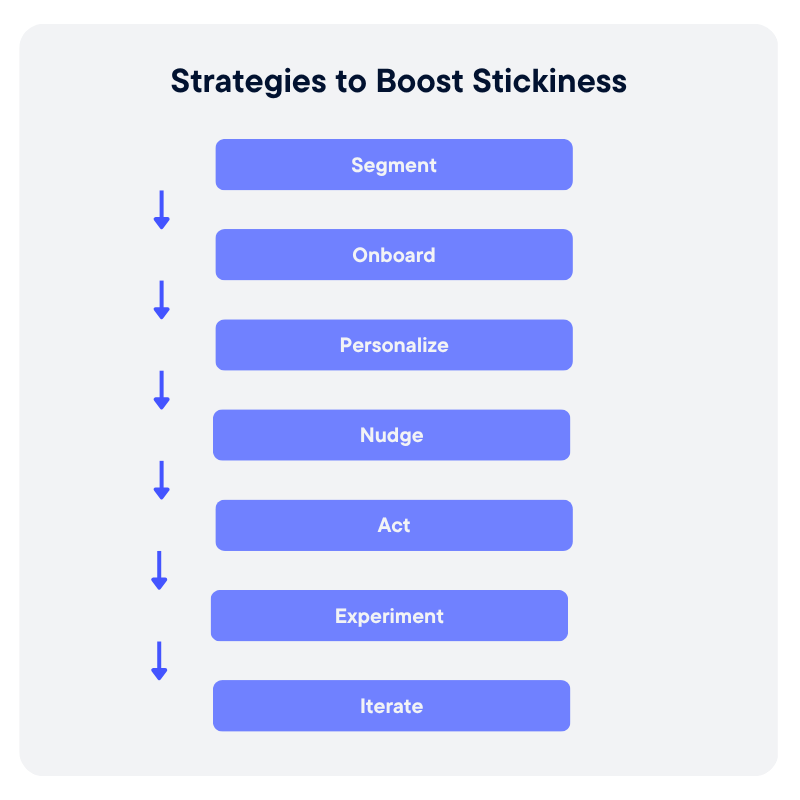
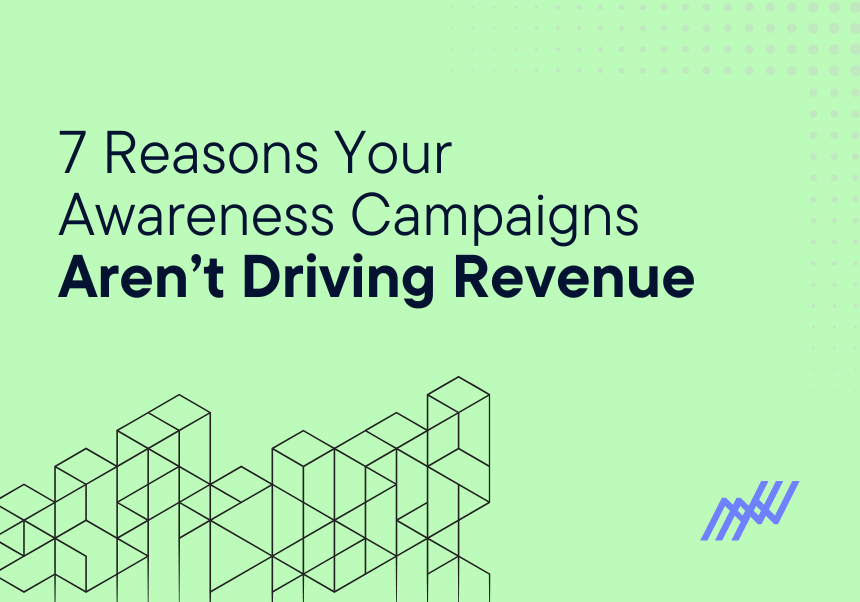

.png)


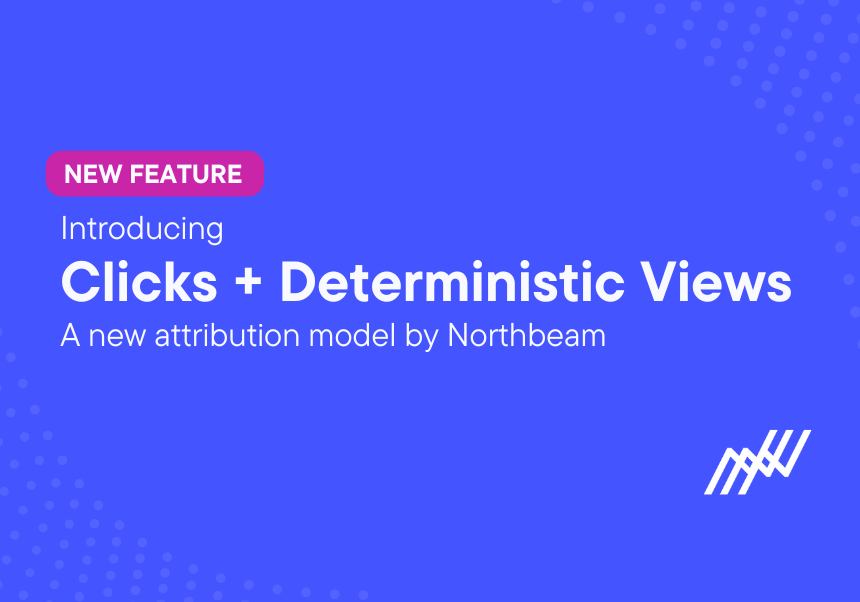


.png)





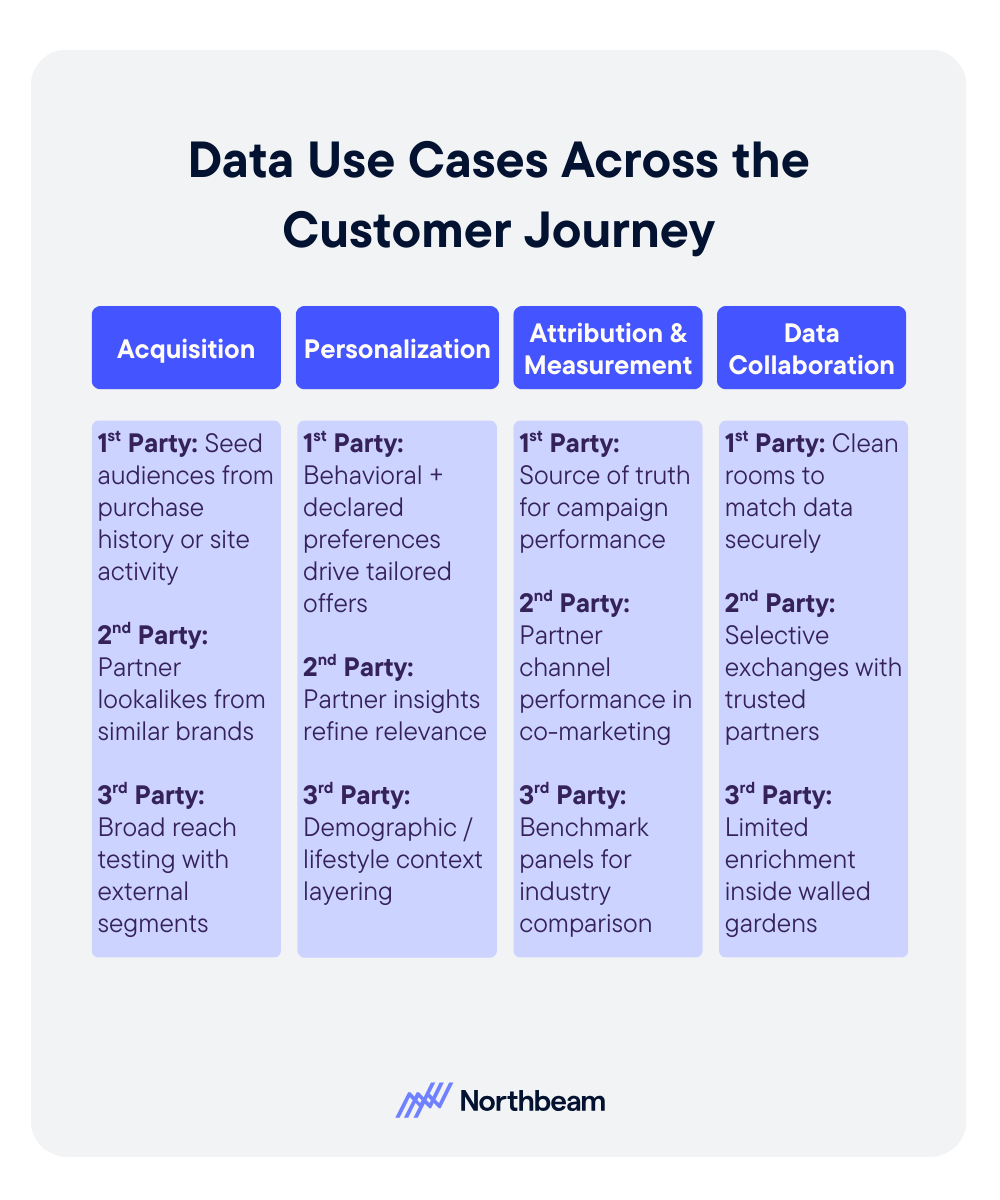

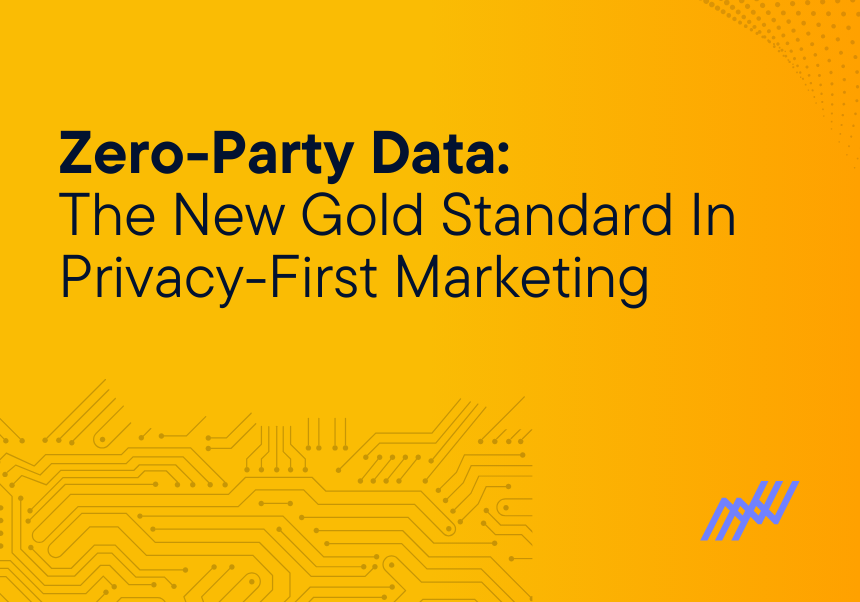
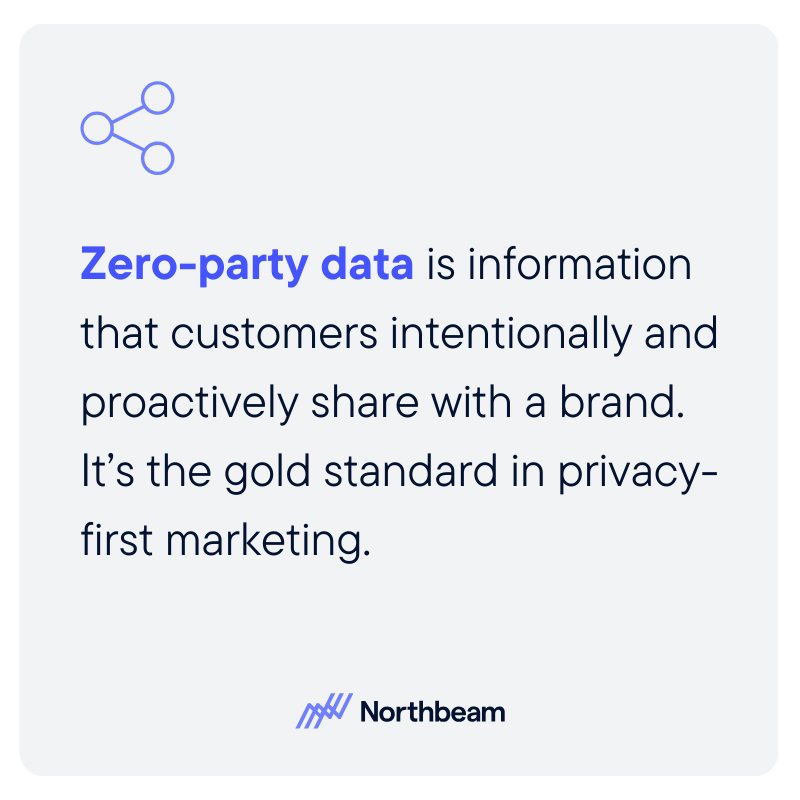
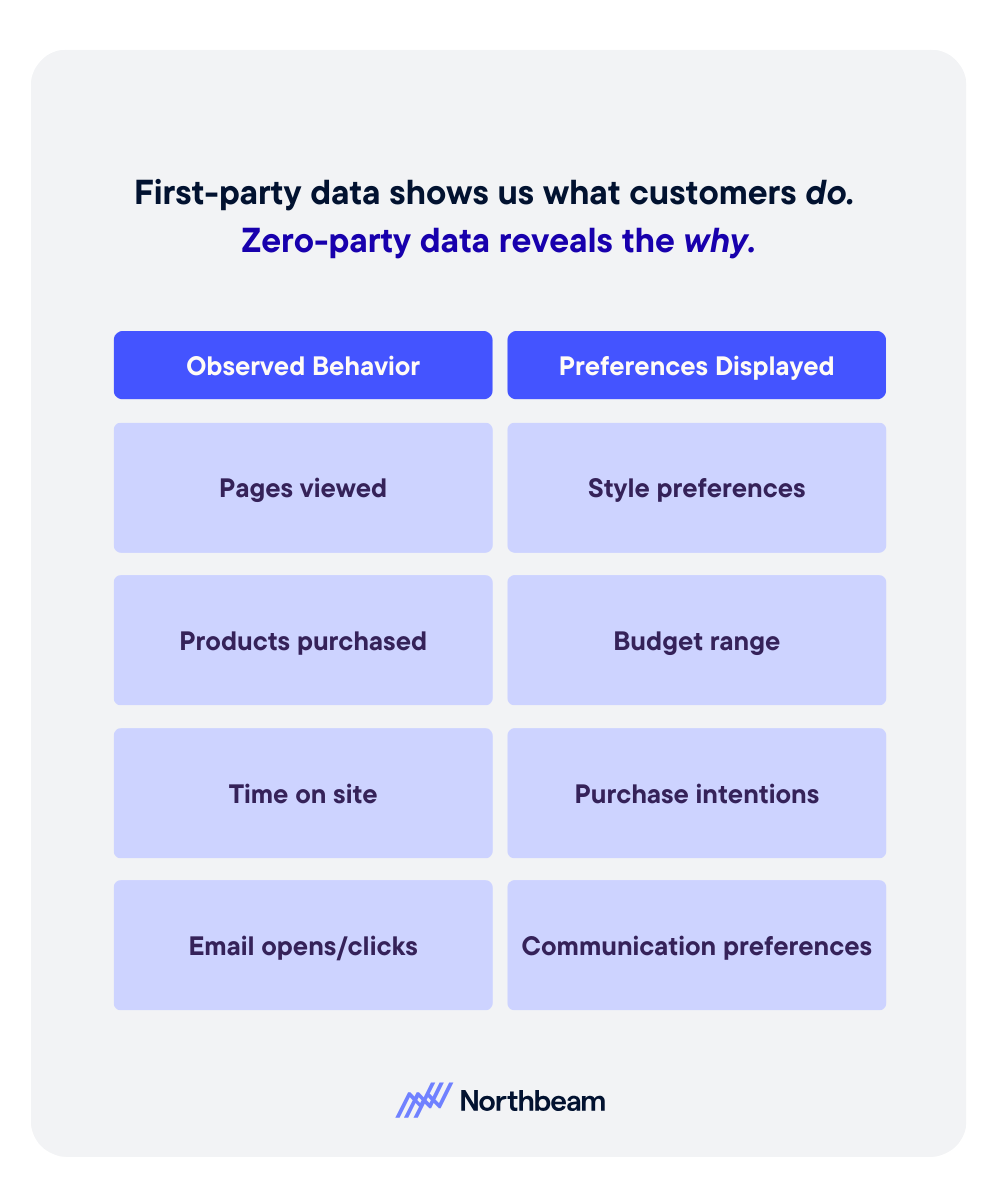
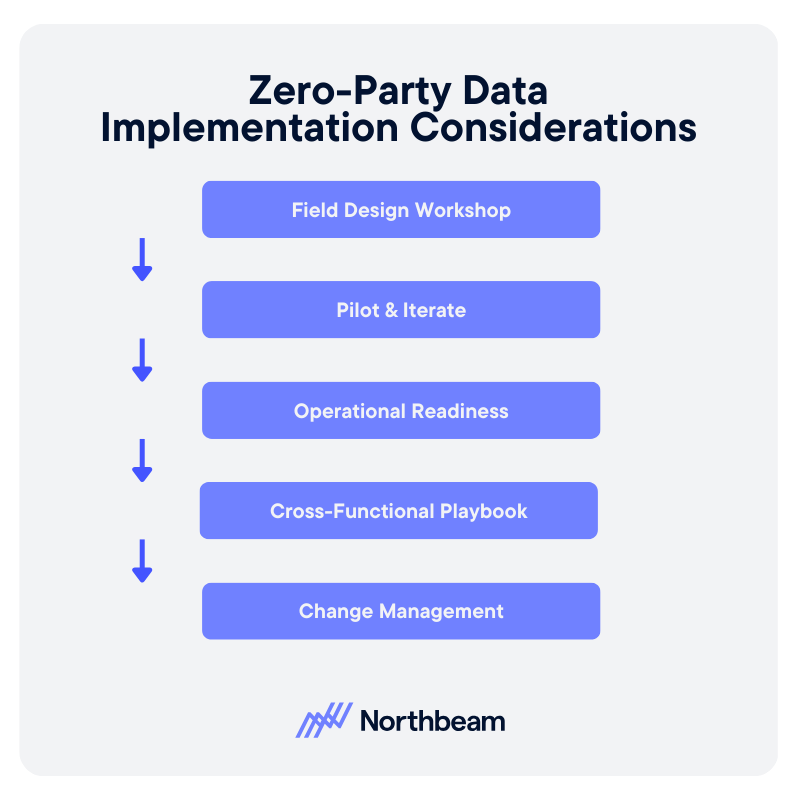



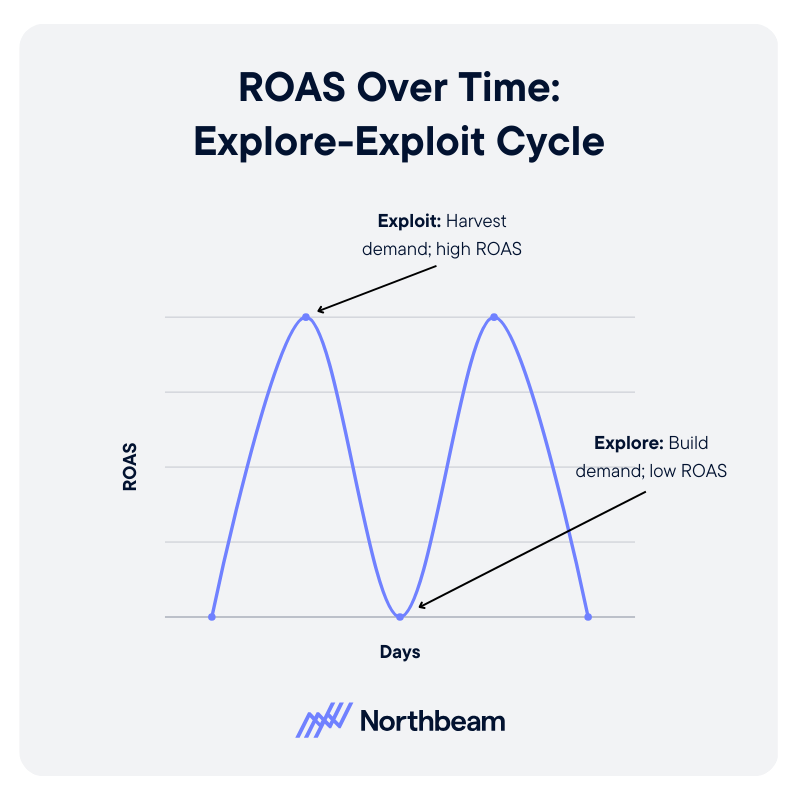
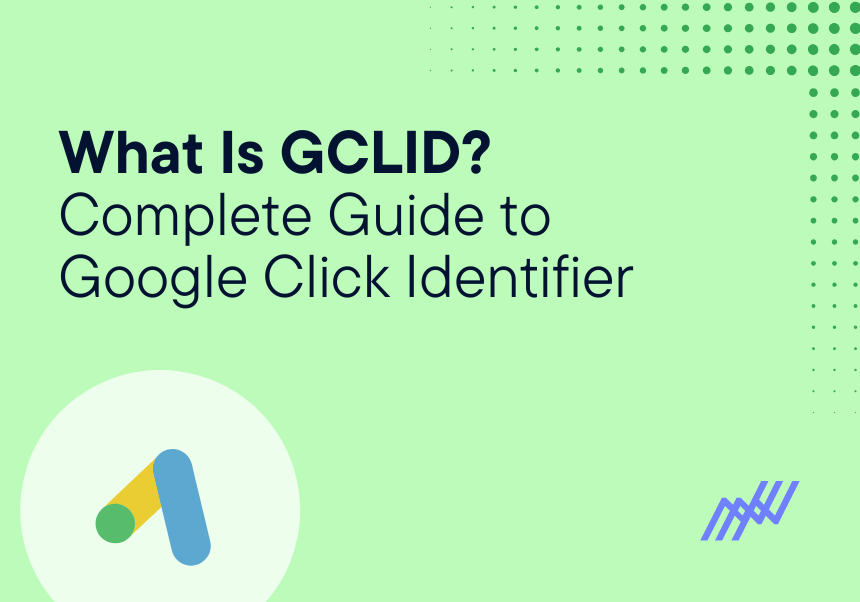
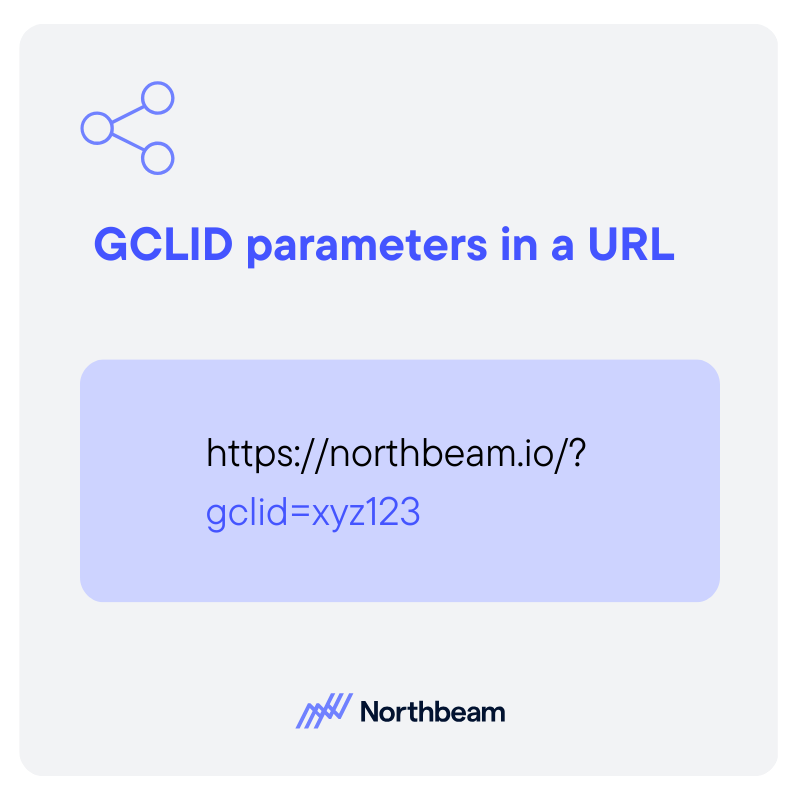
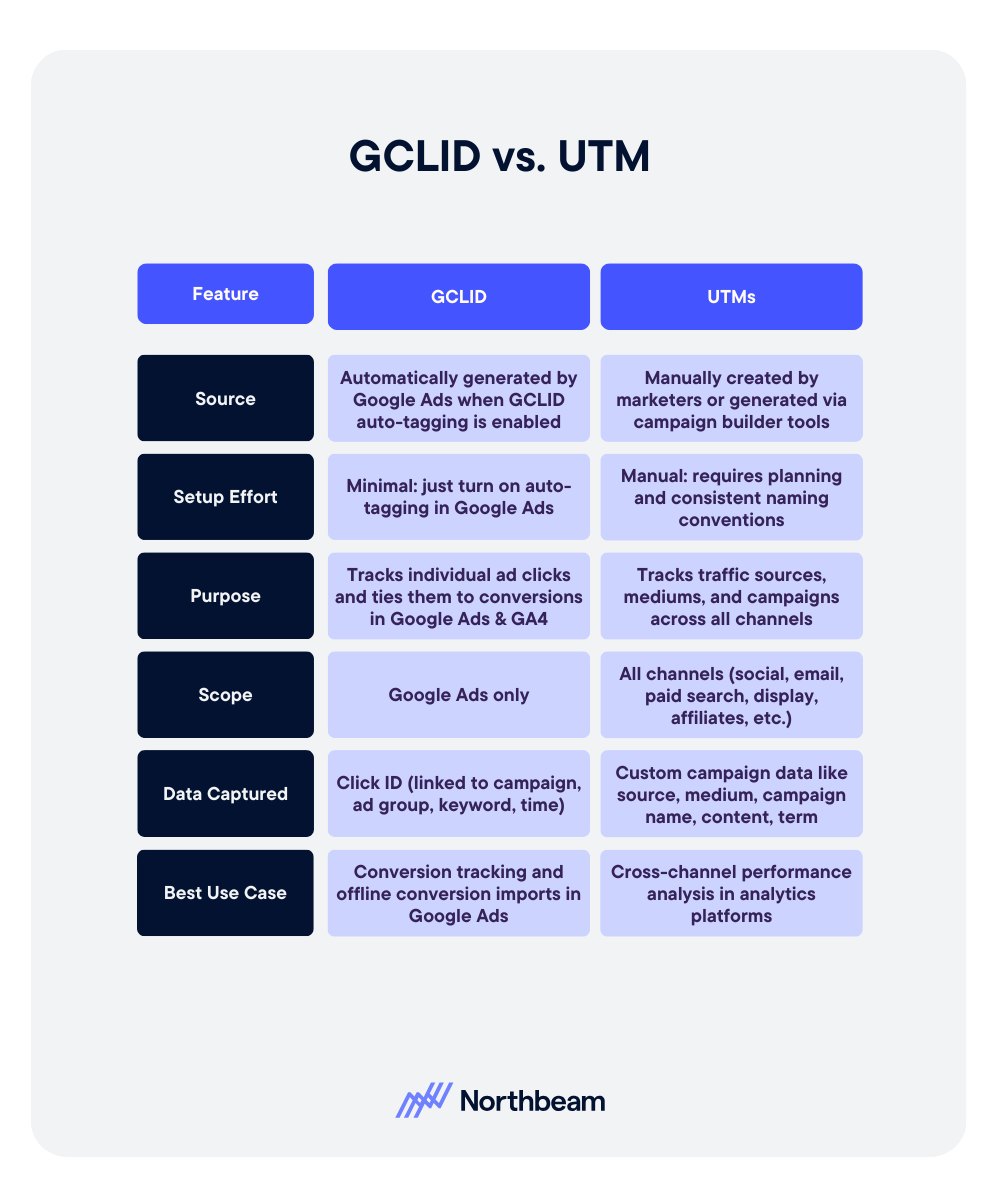
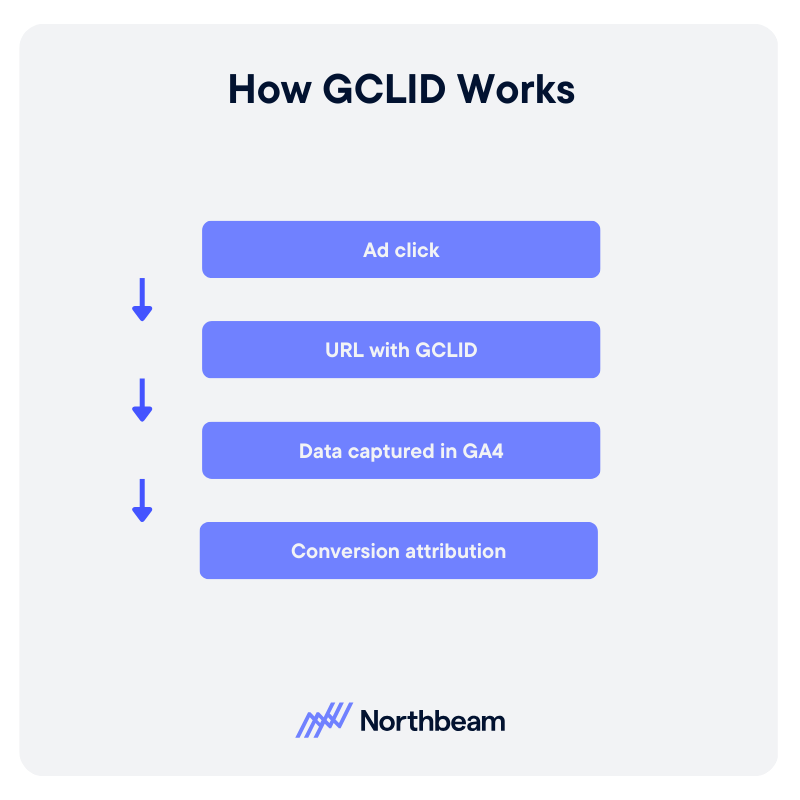
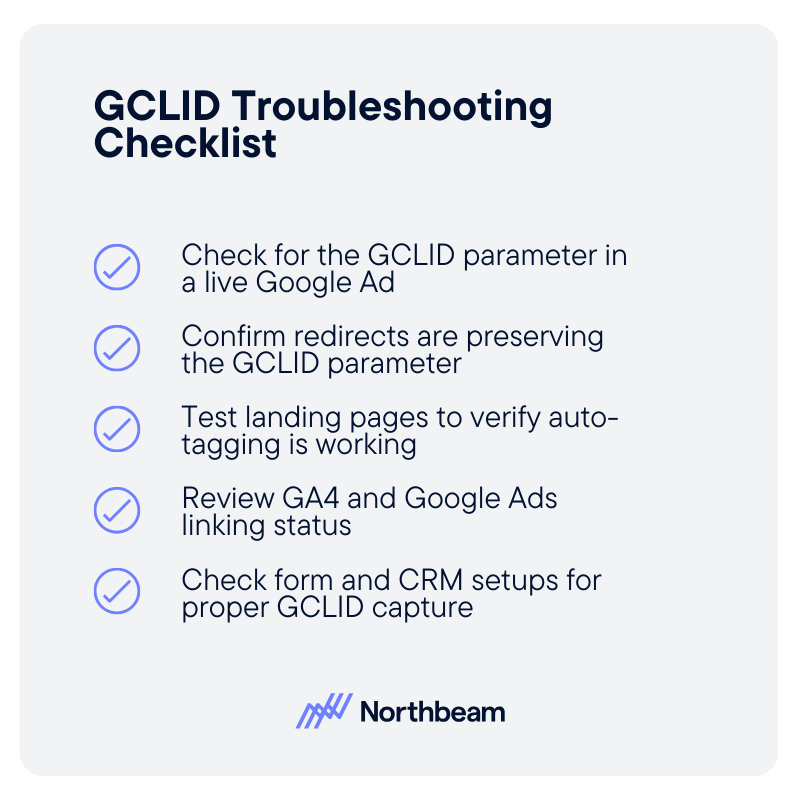

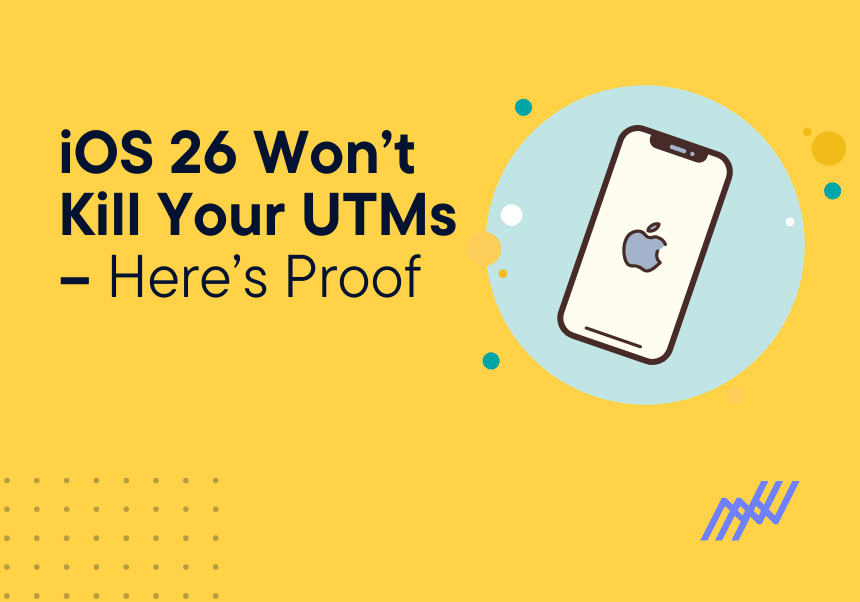


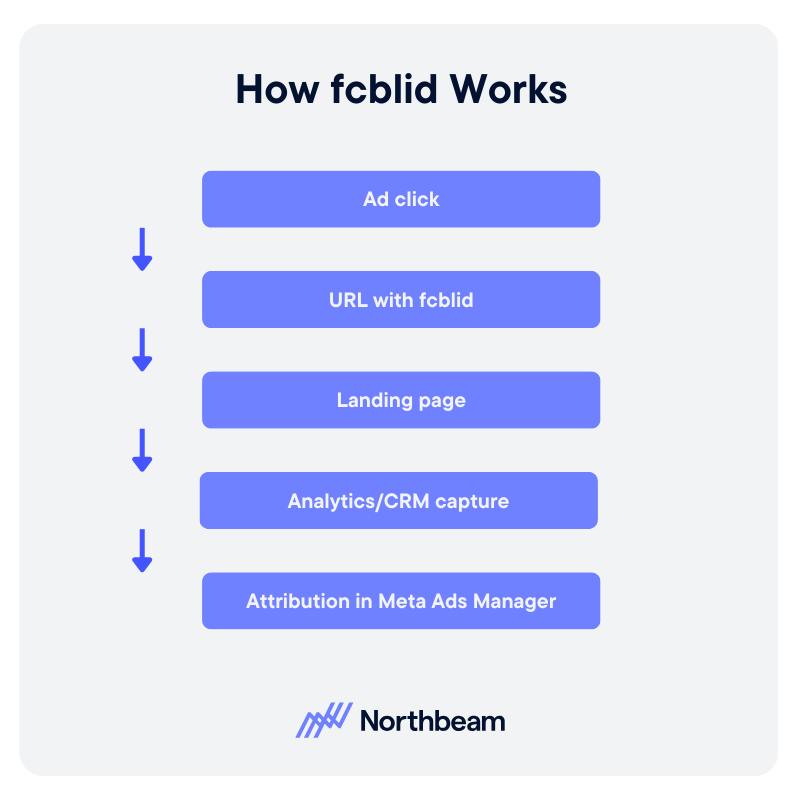
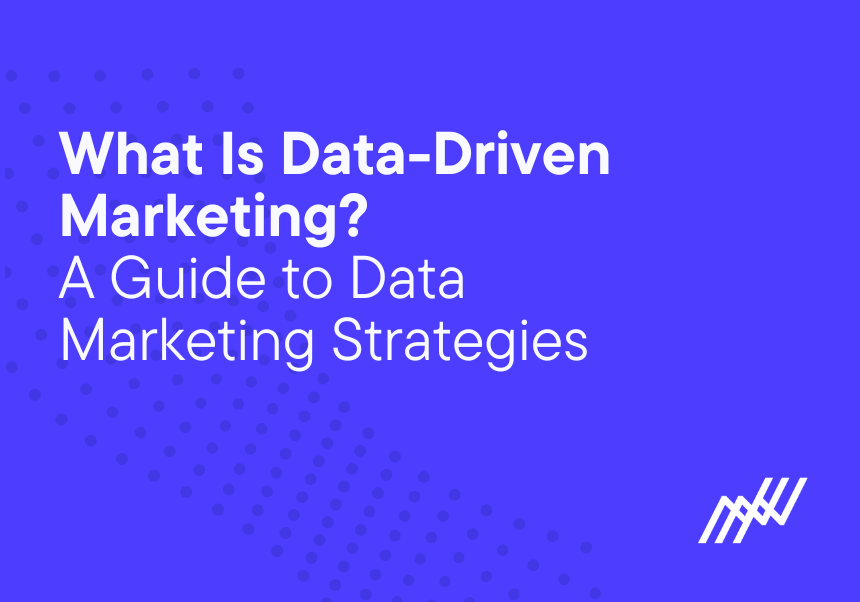

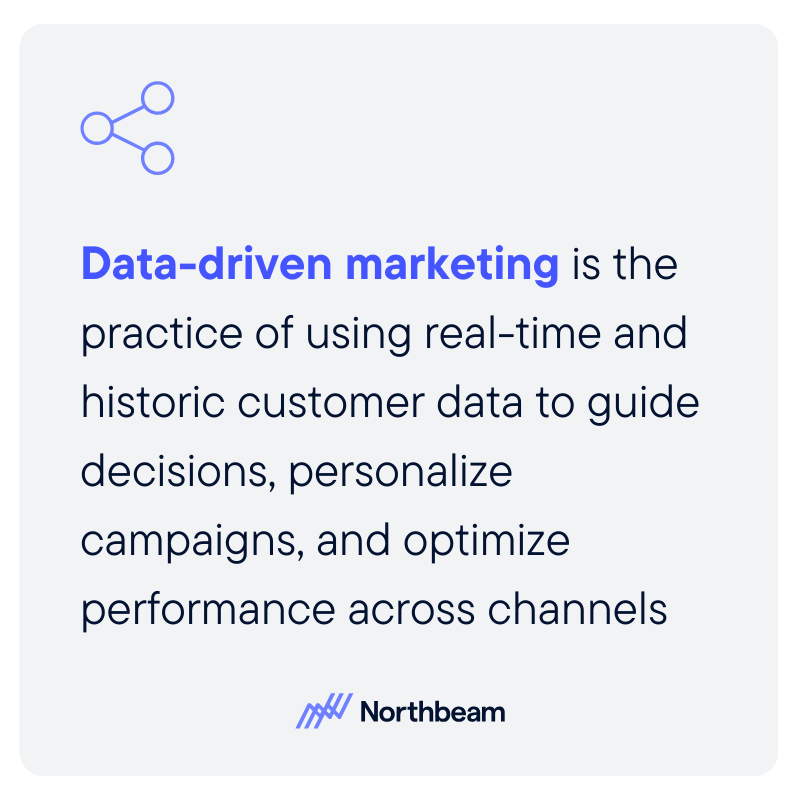
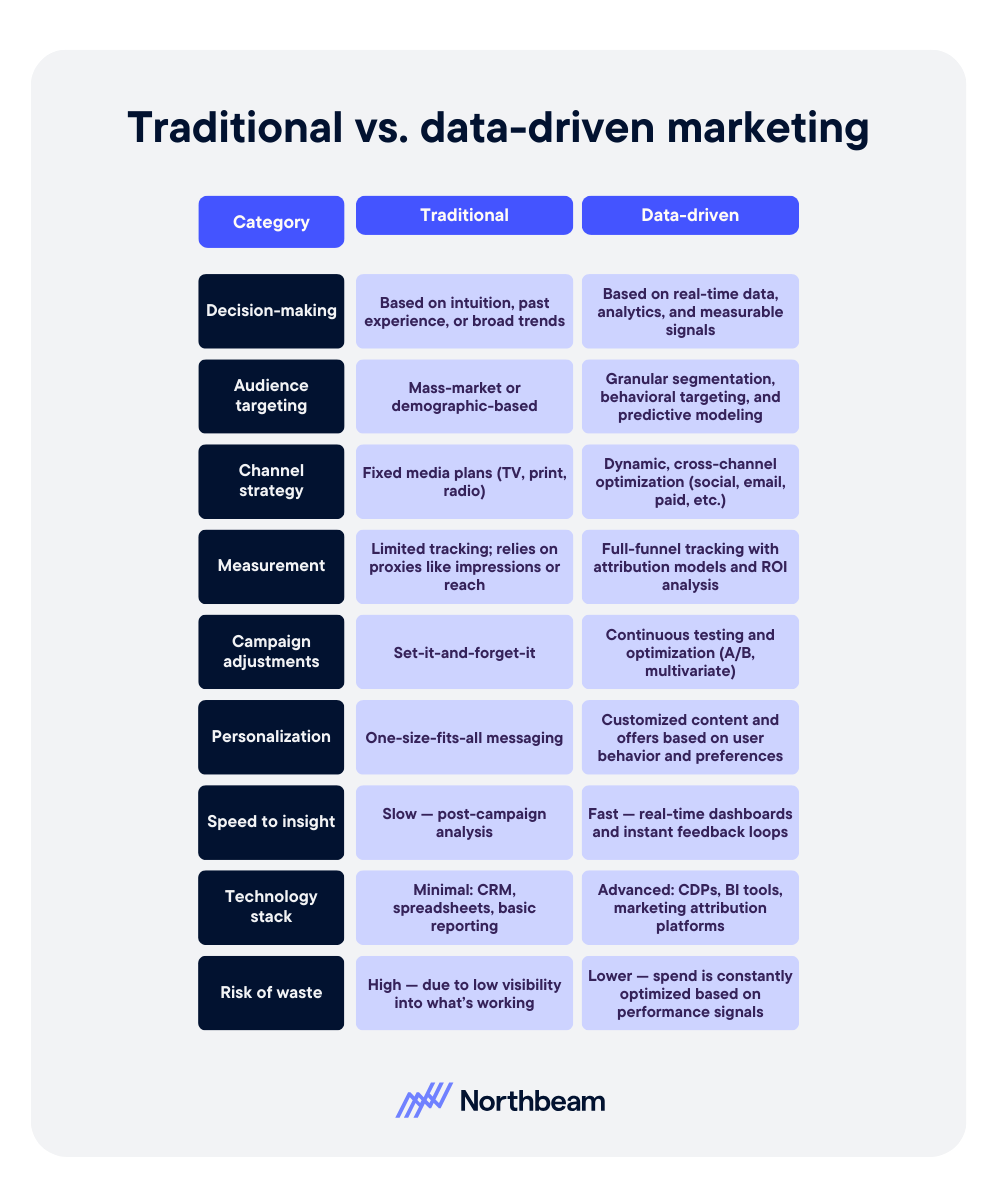
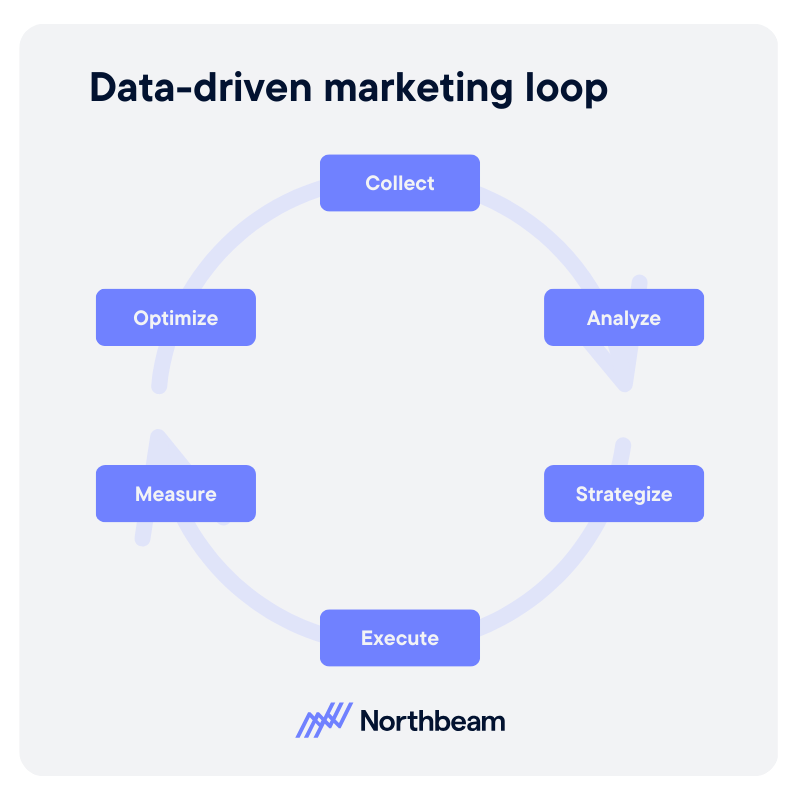
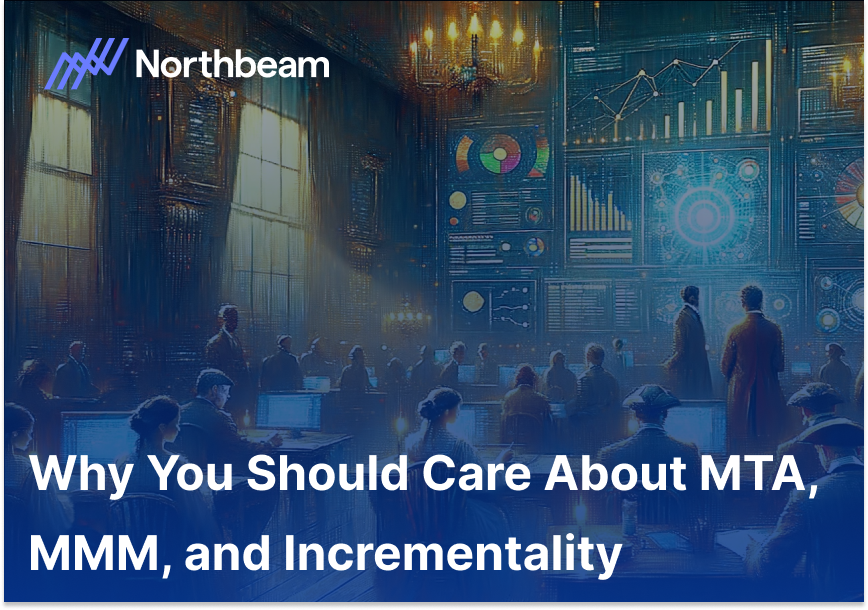

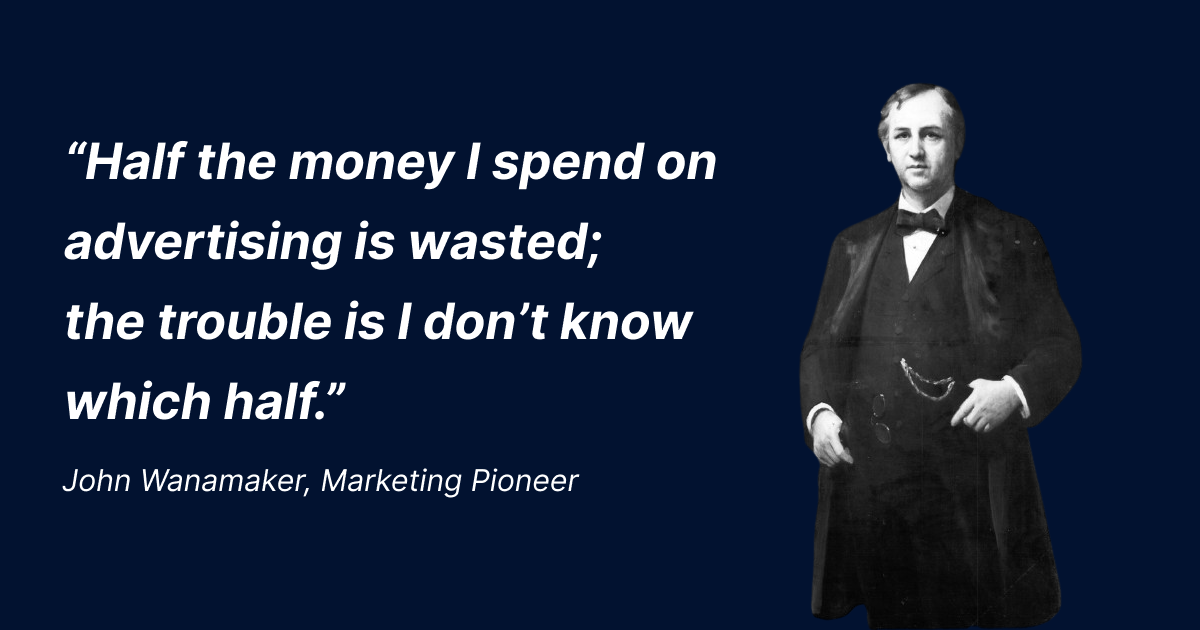

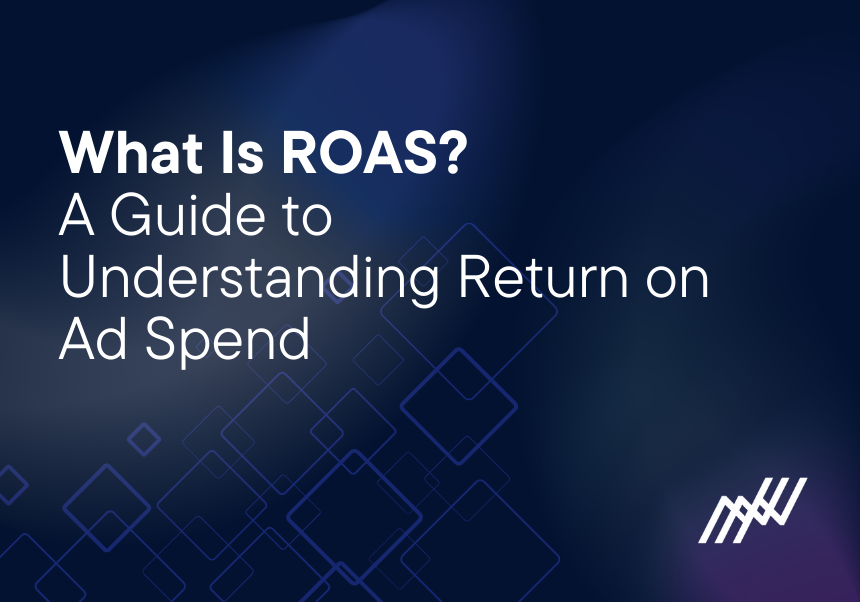

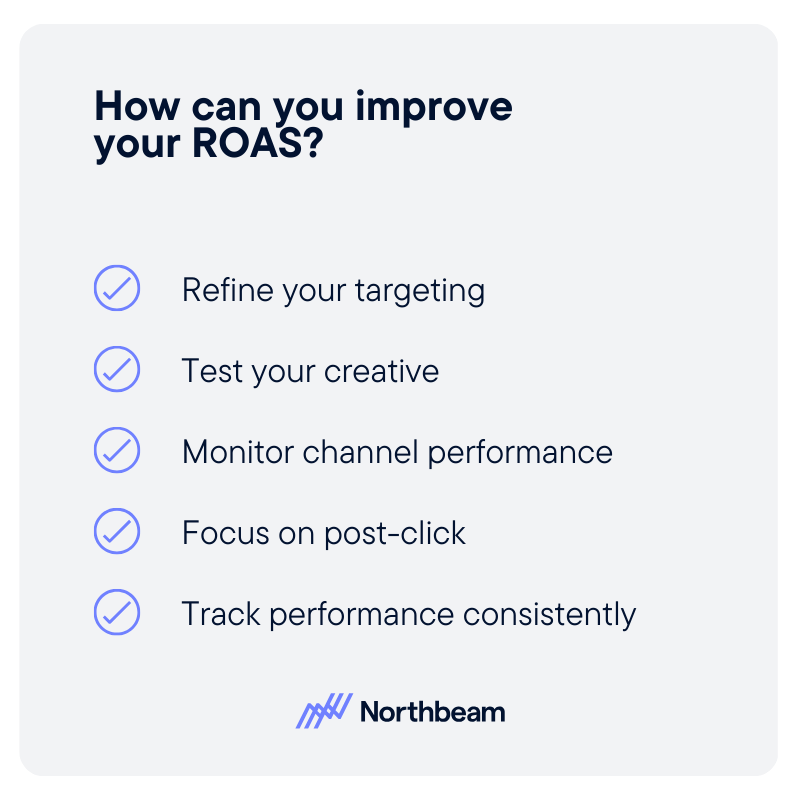
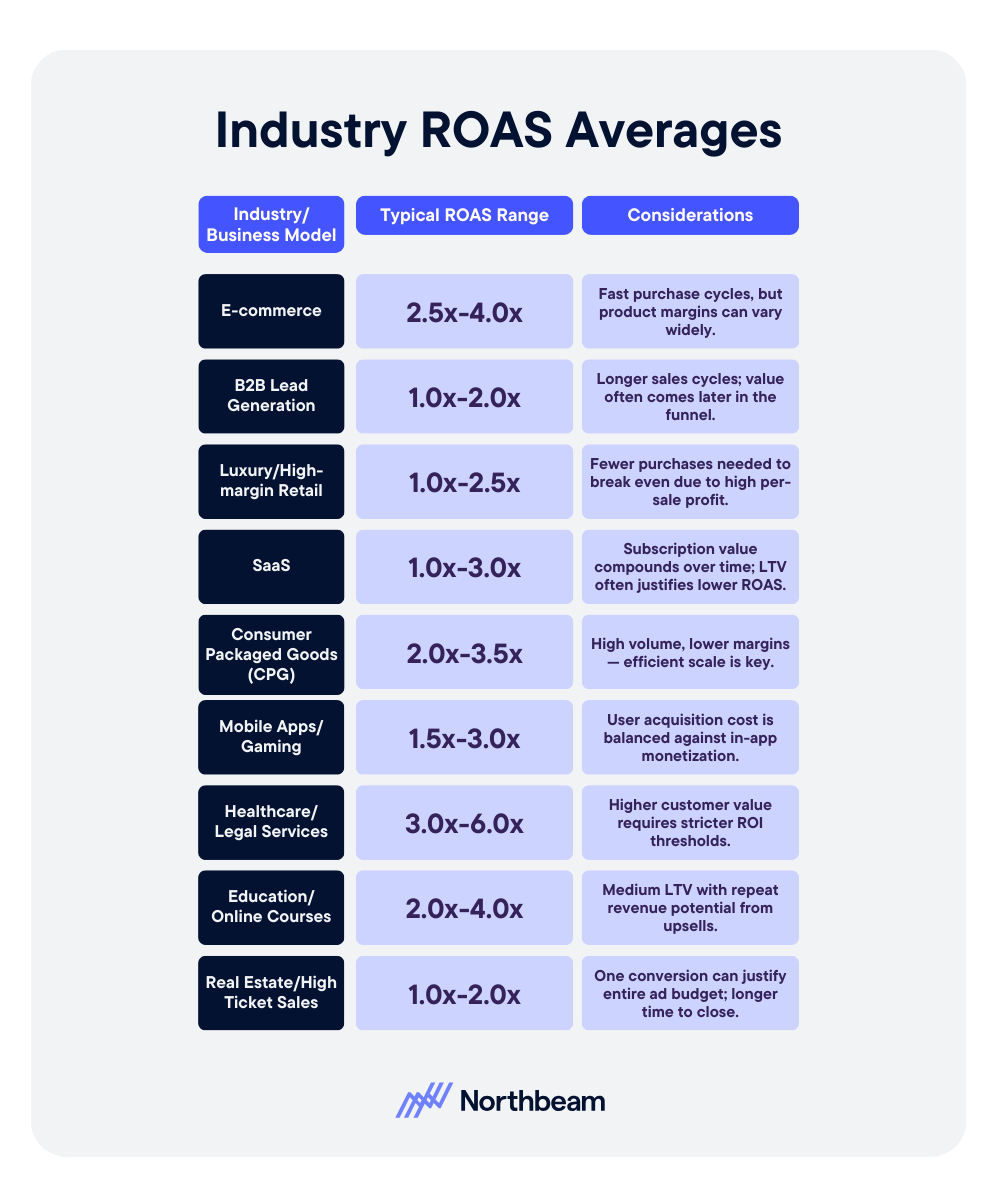
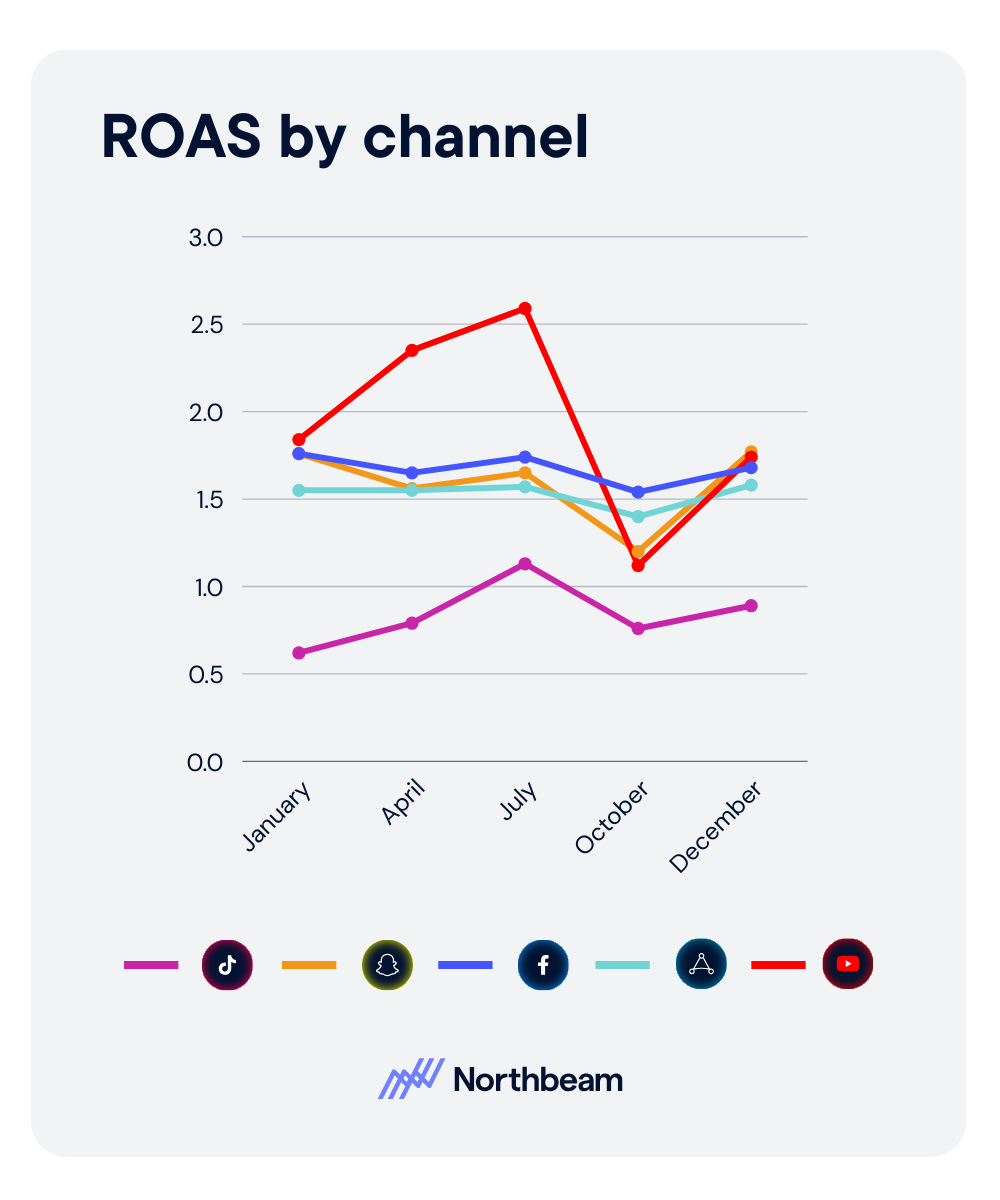
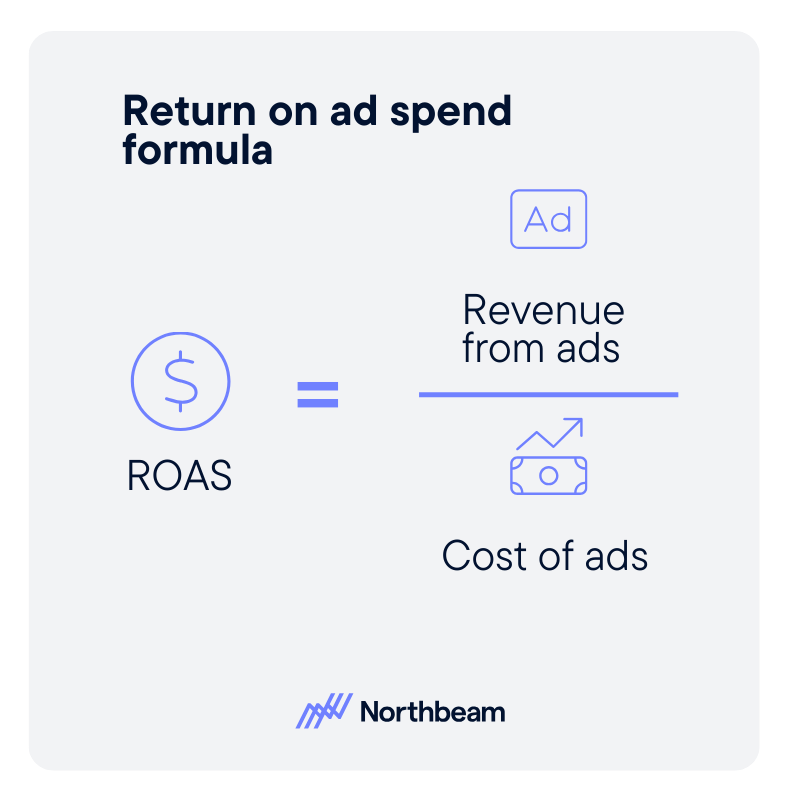
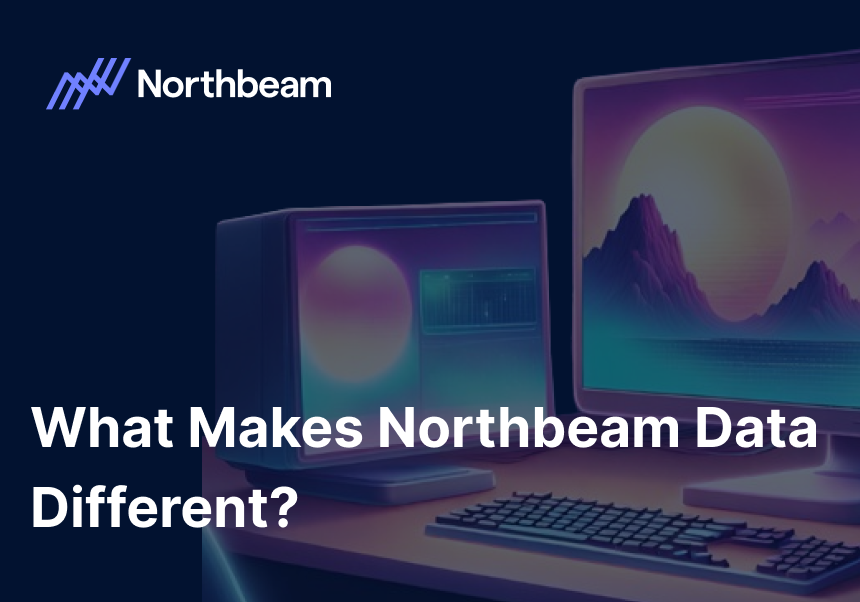
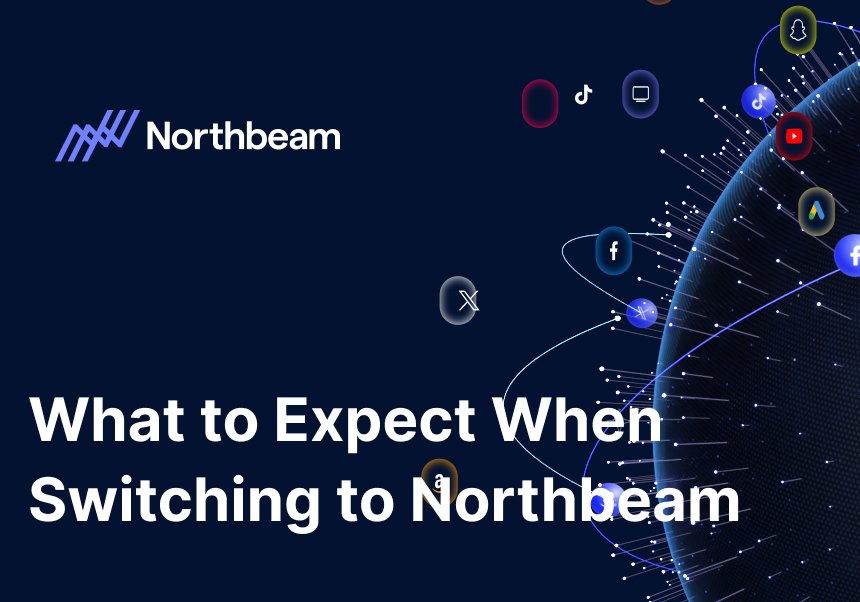
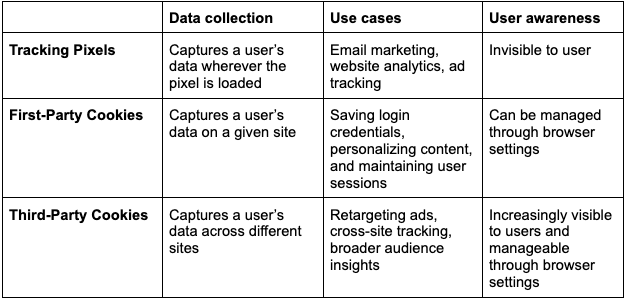
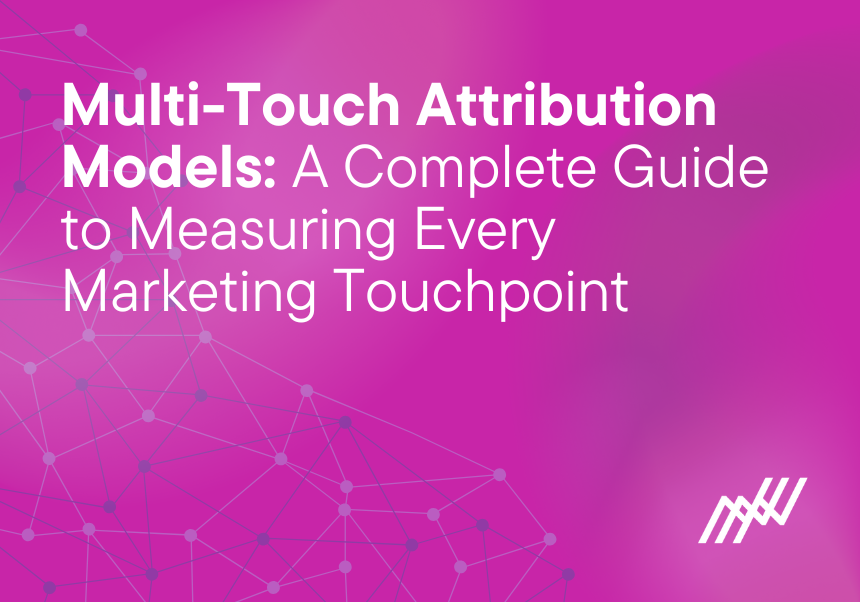
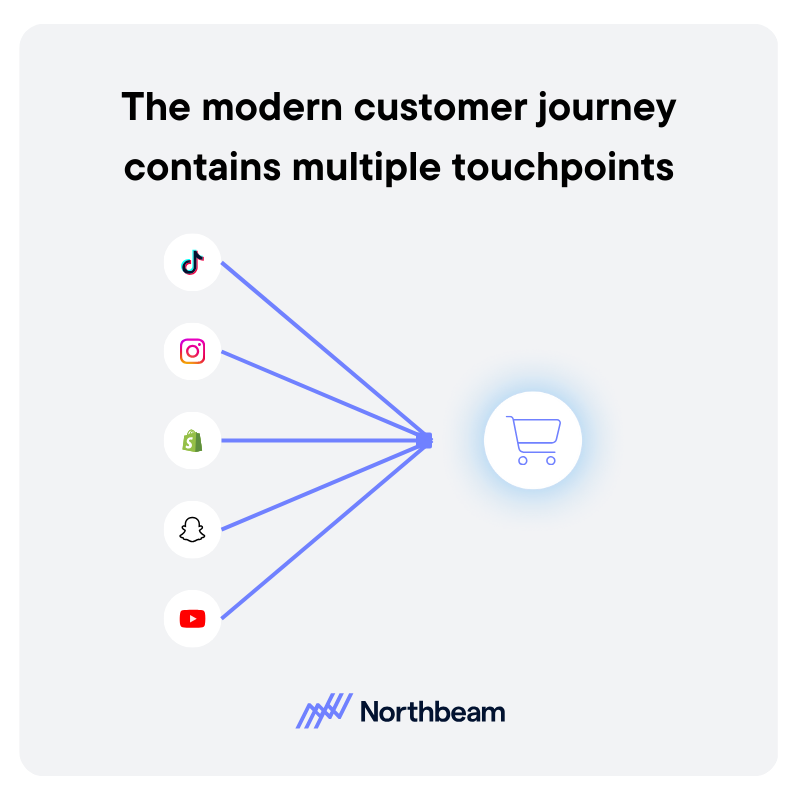
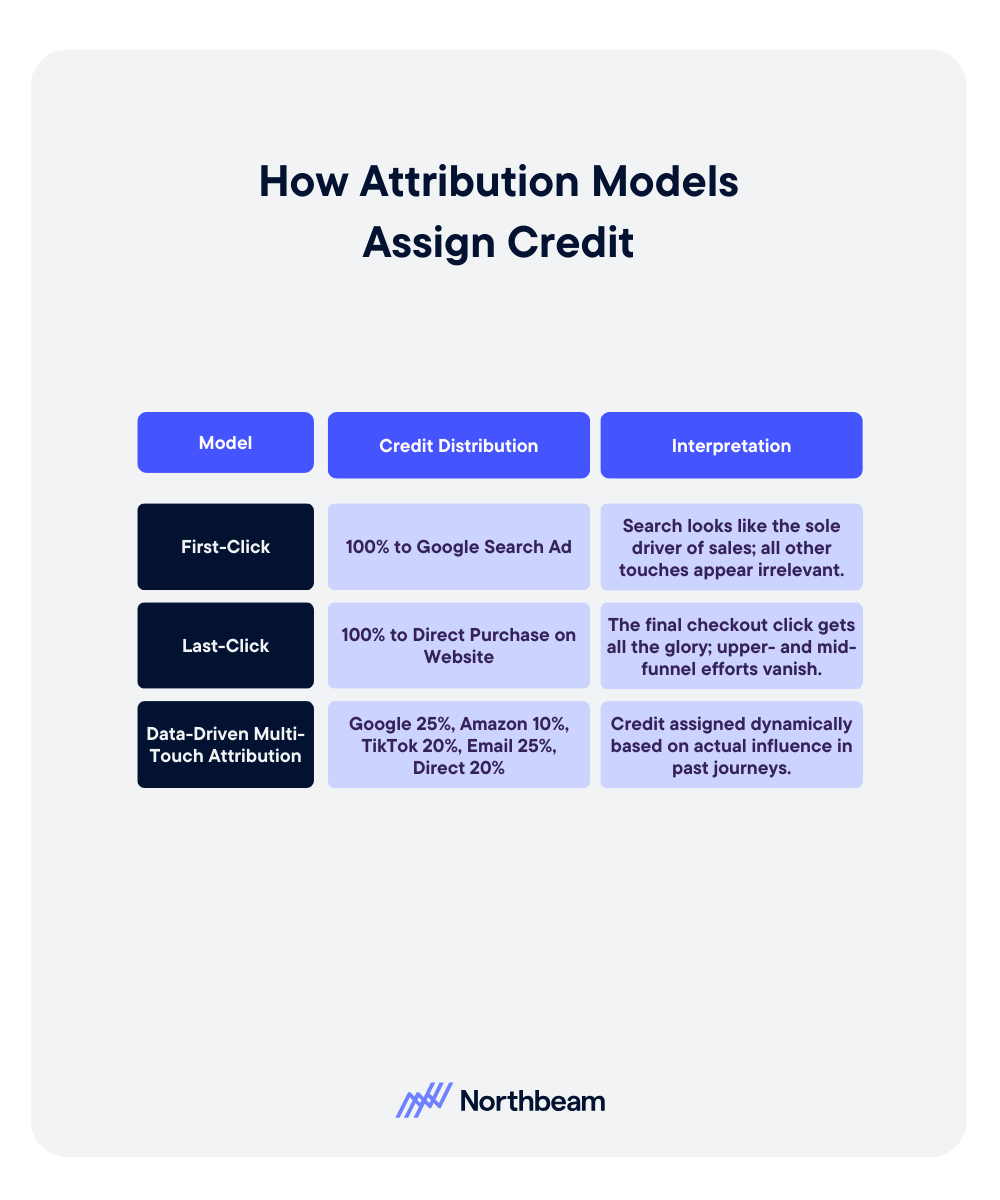
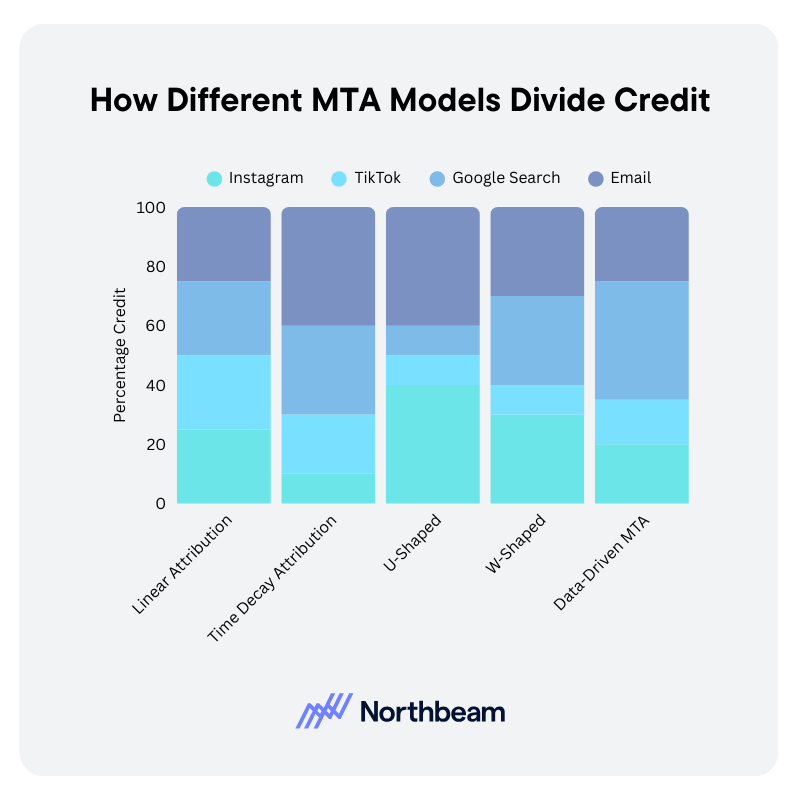
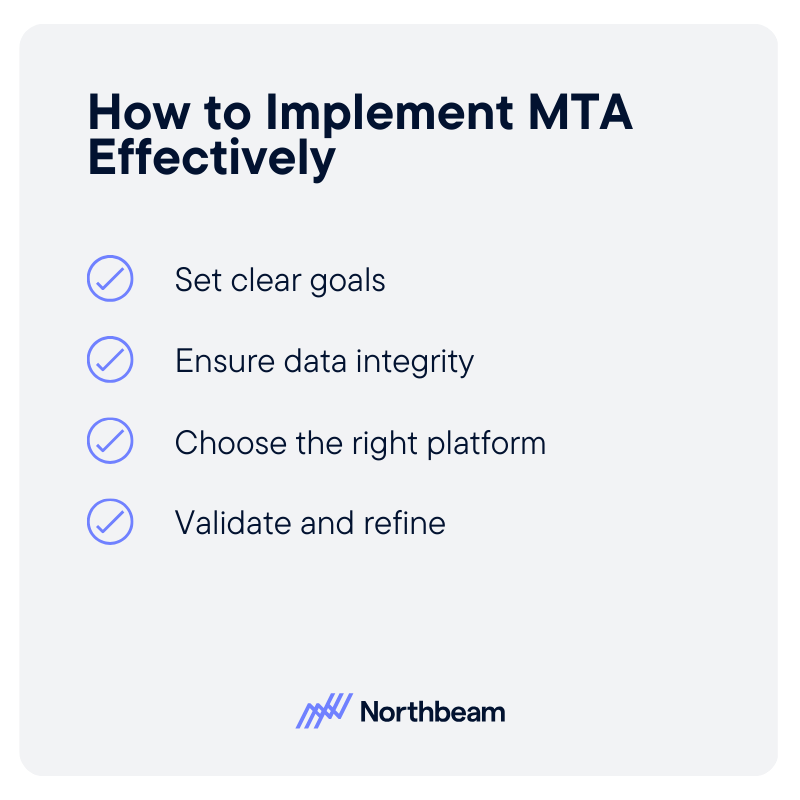
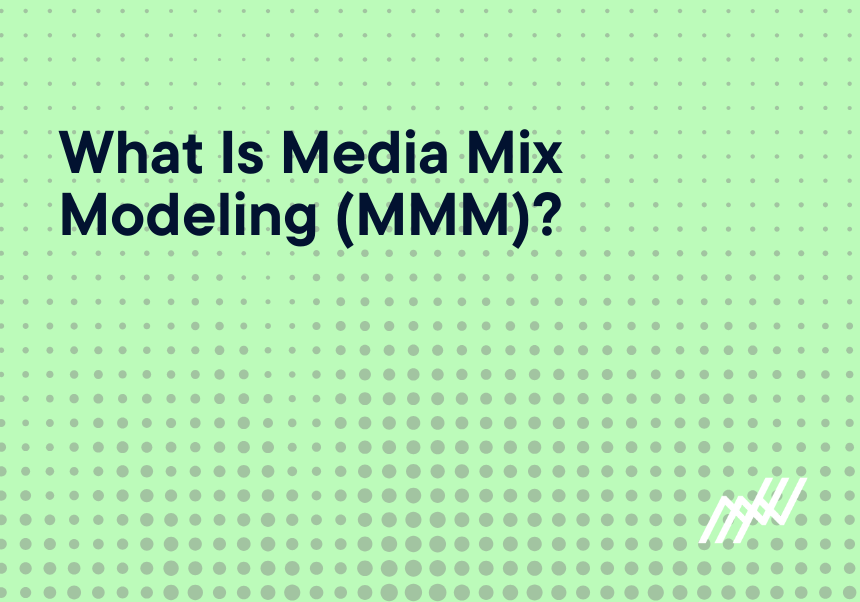
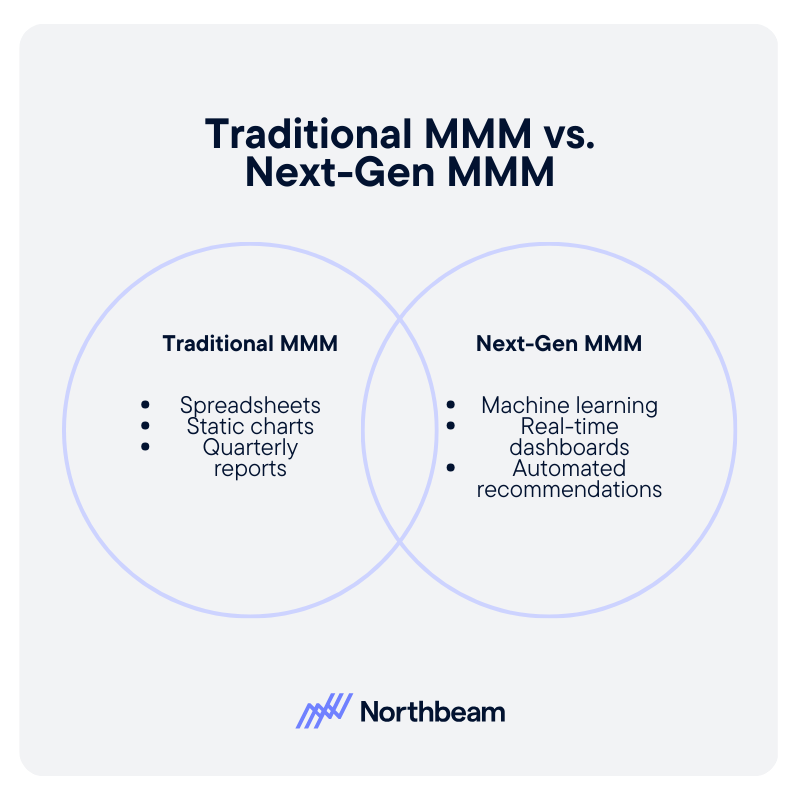
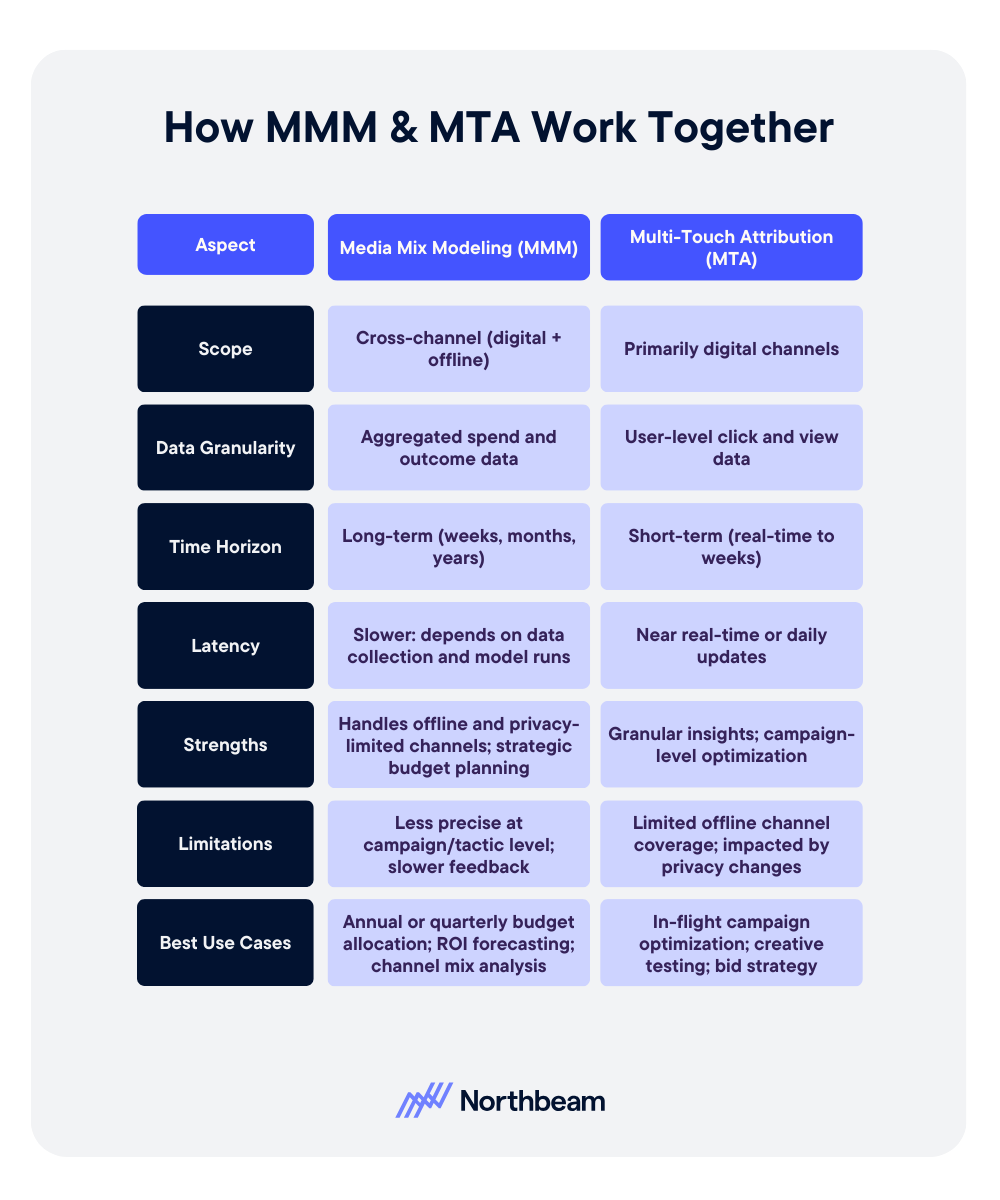
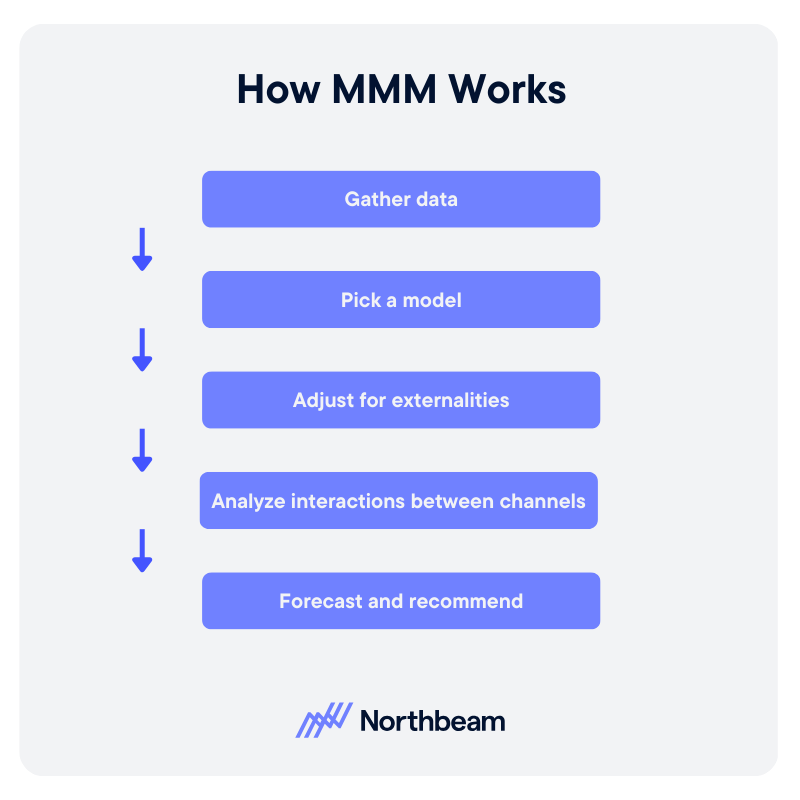
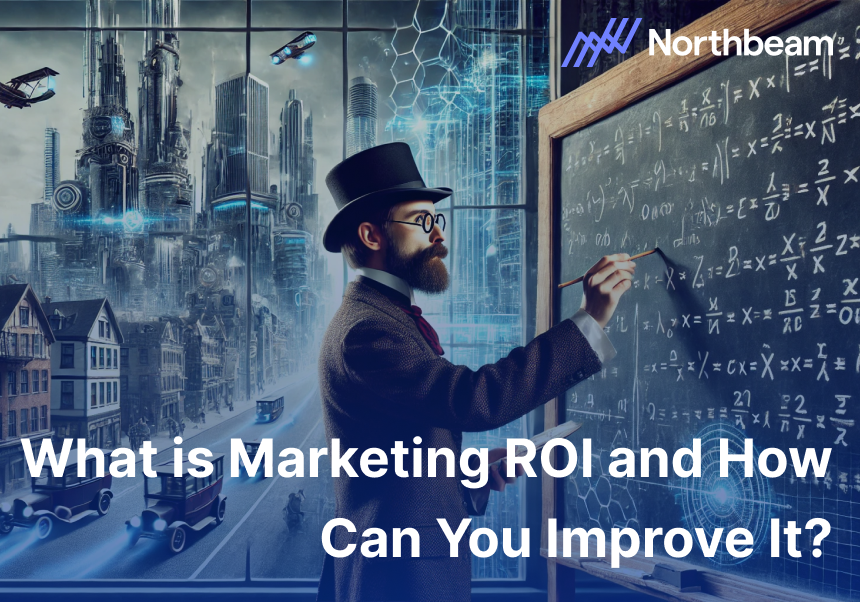
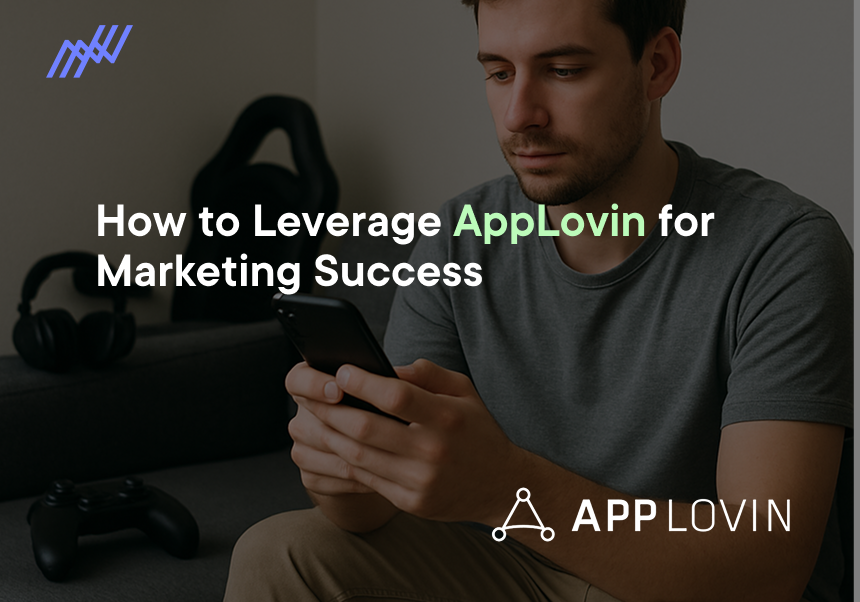

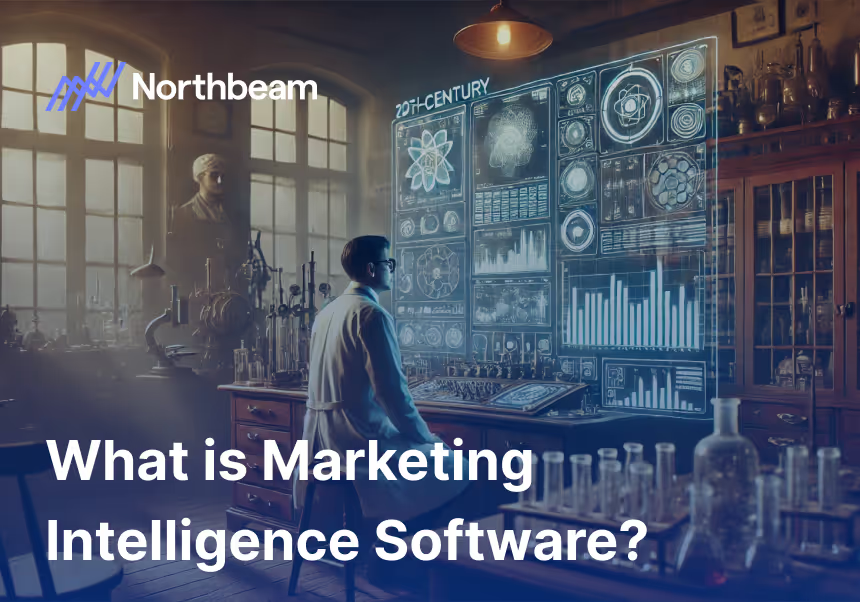
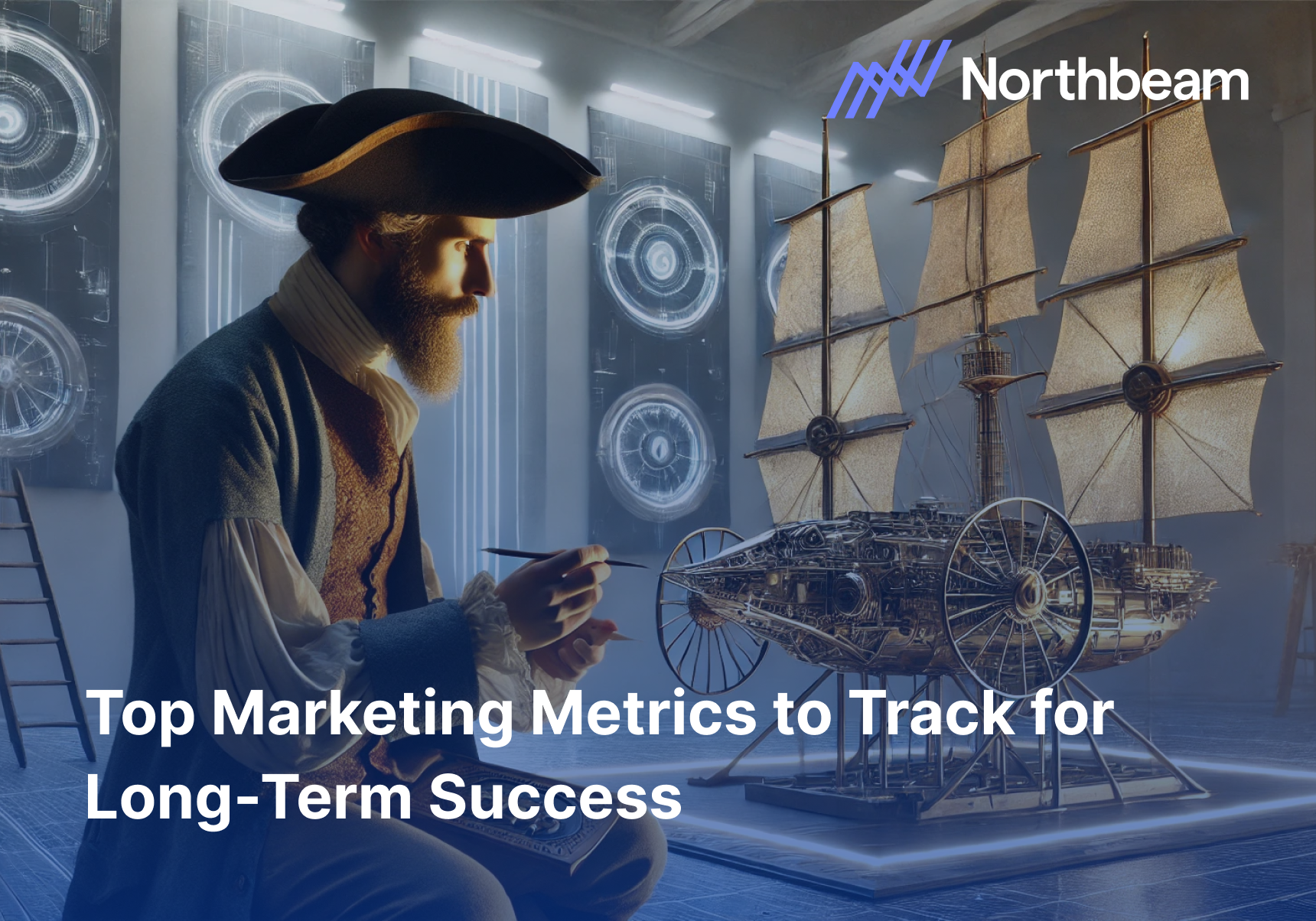

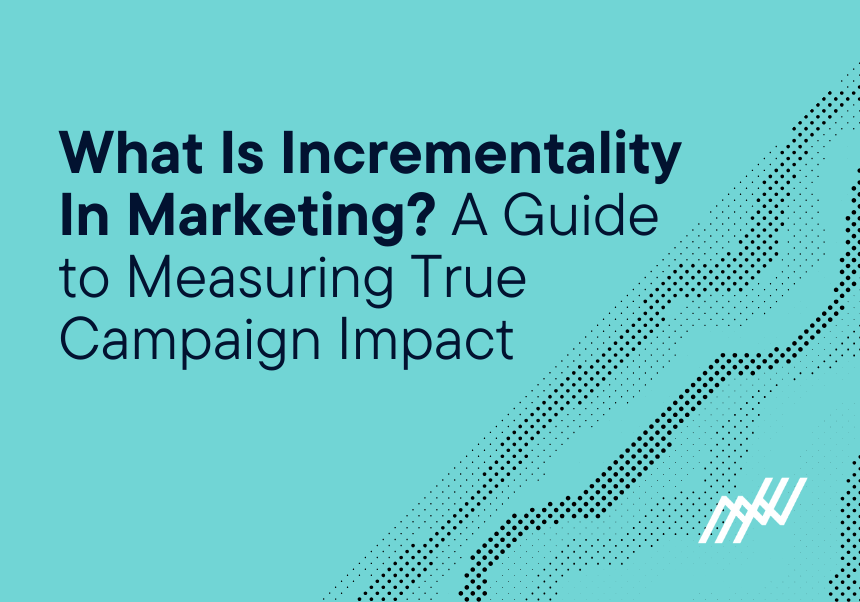

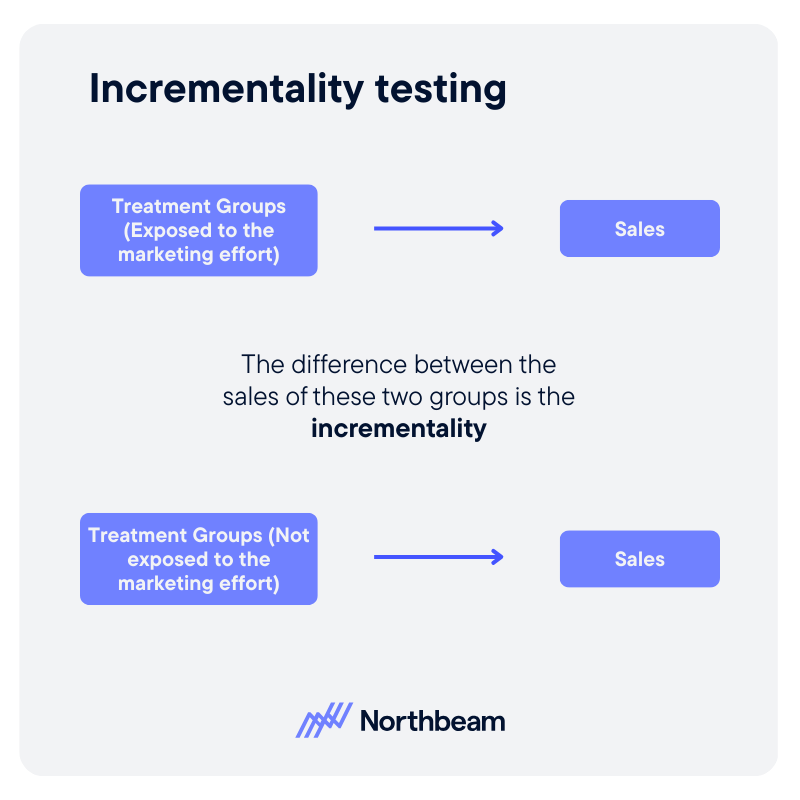
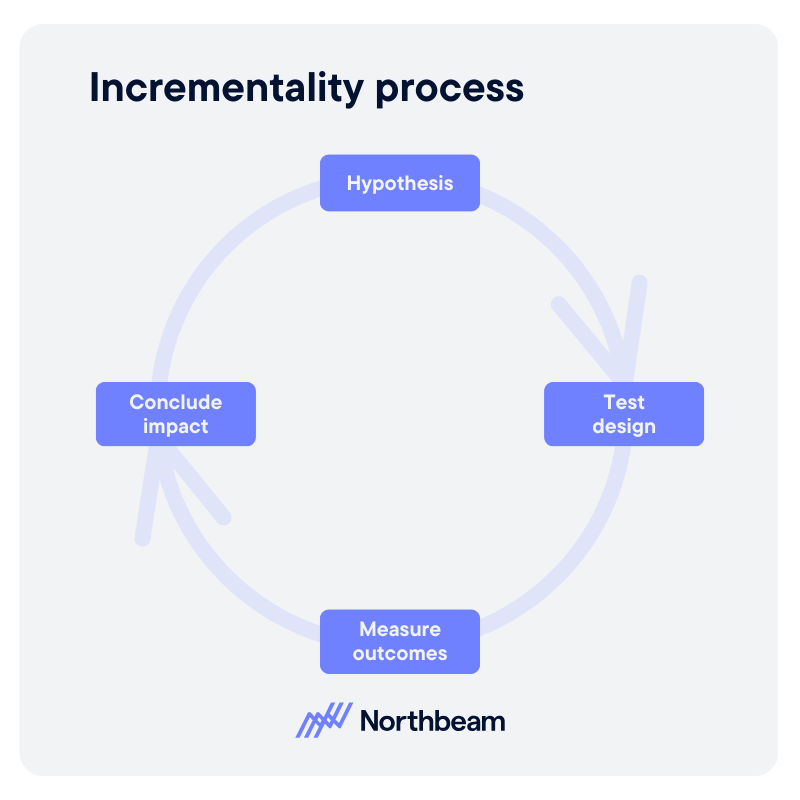
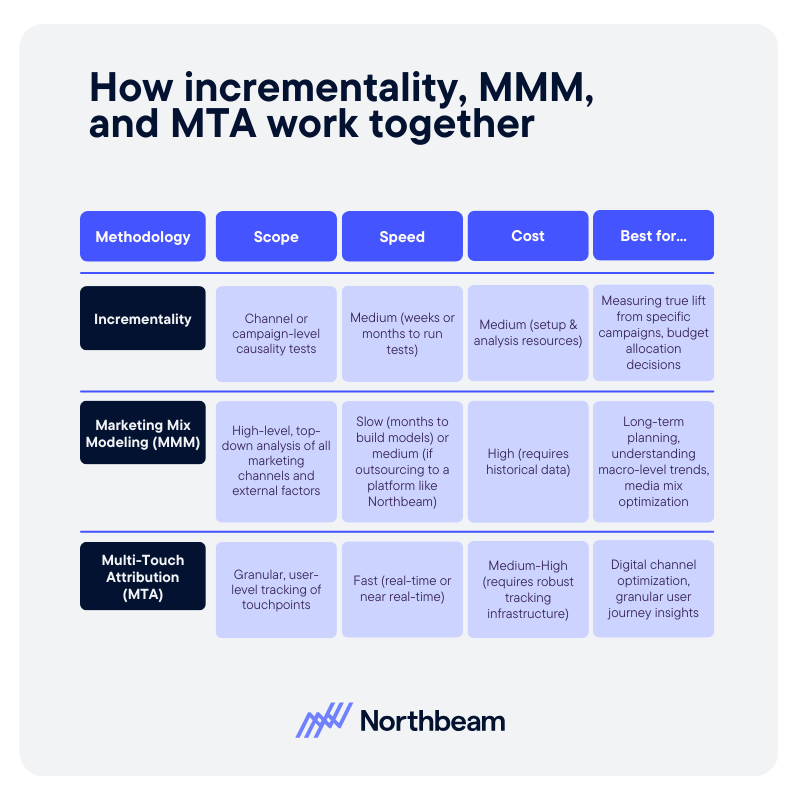
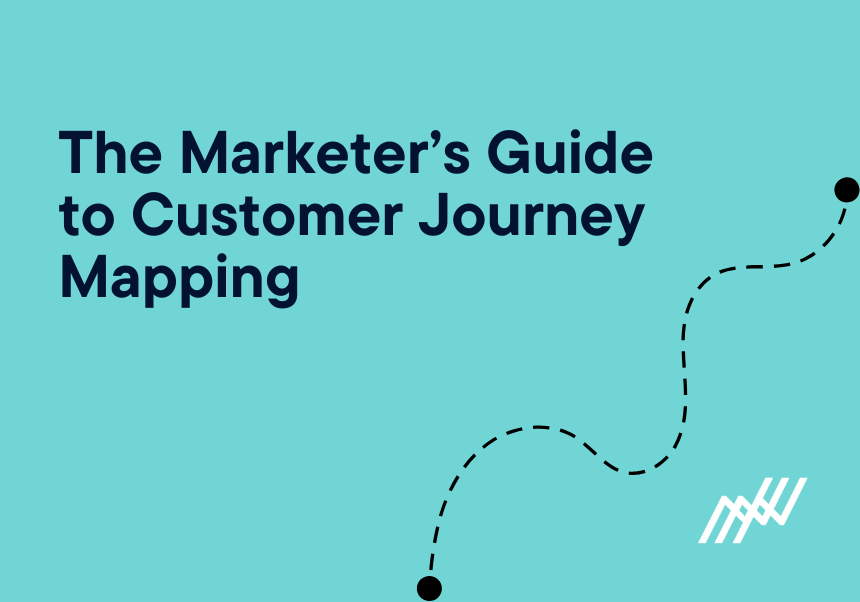
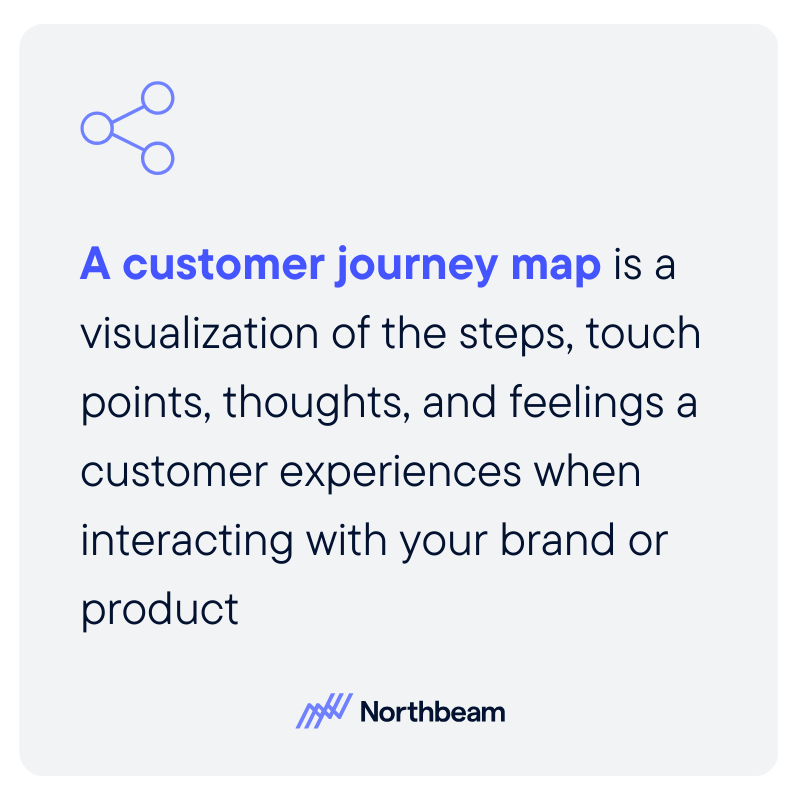
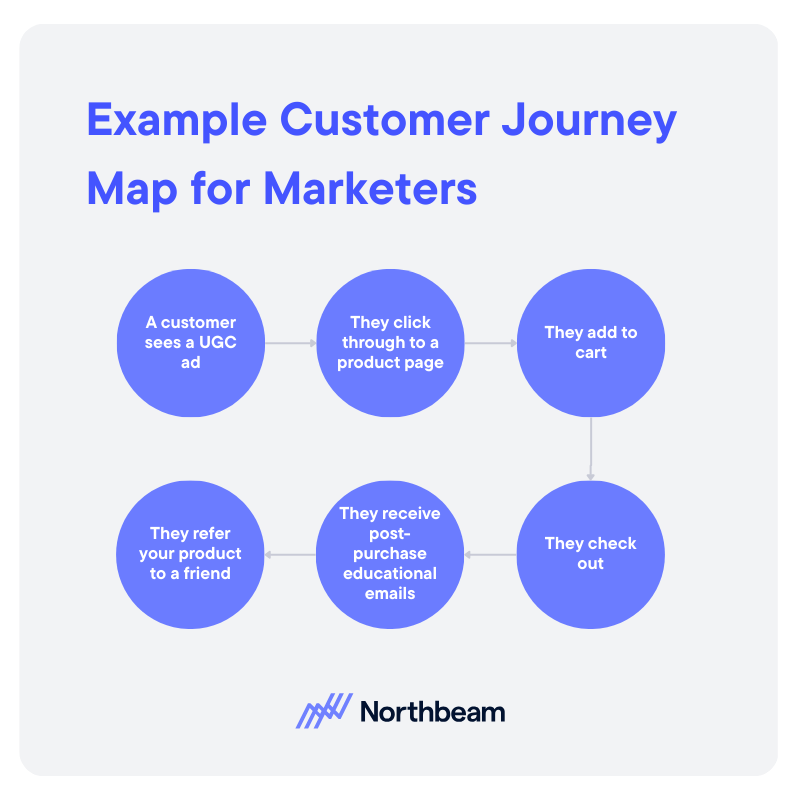
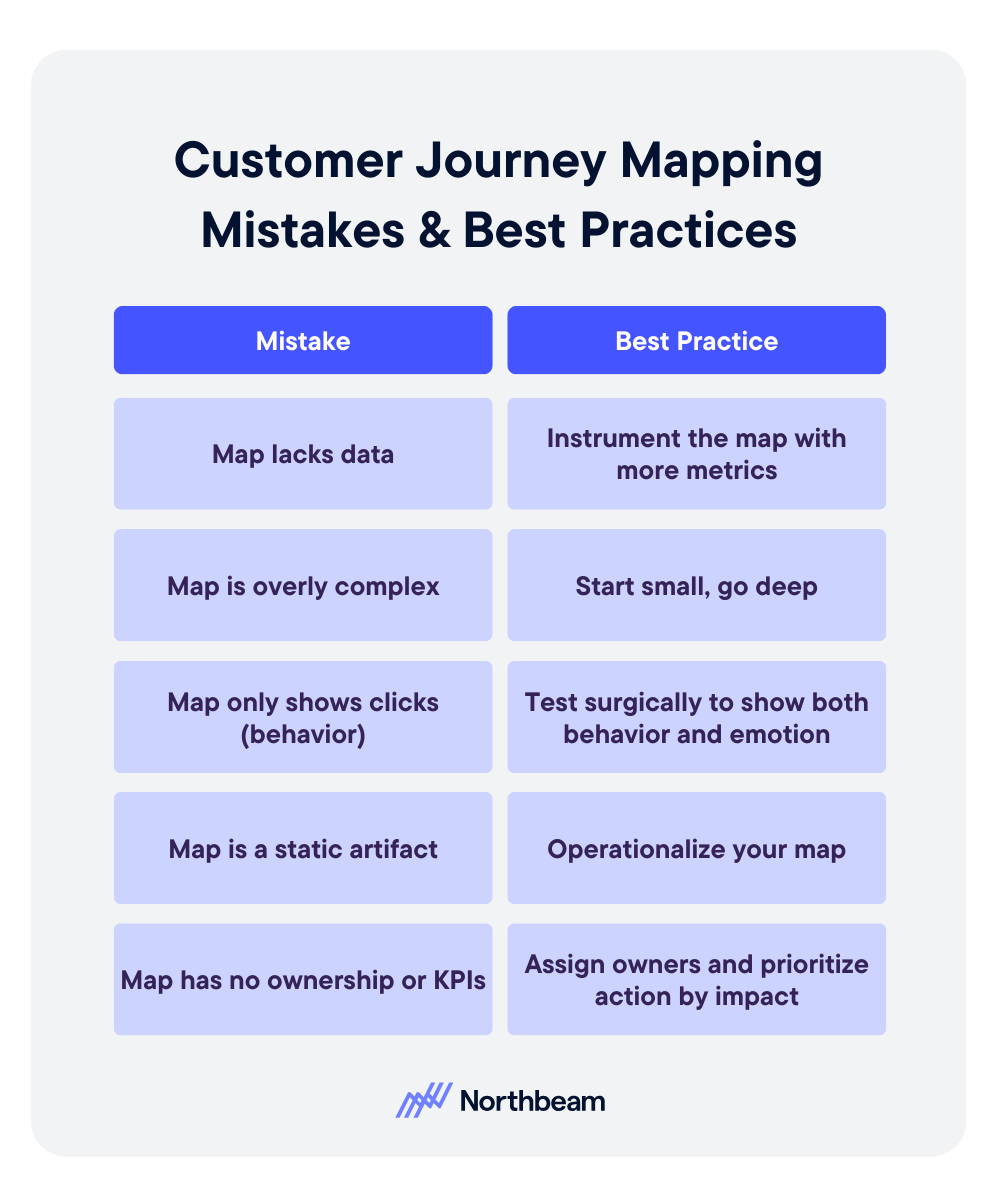
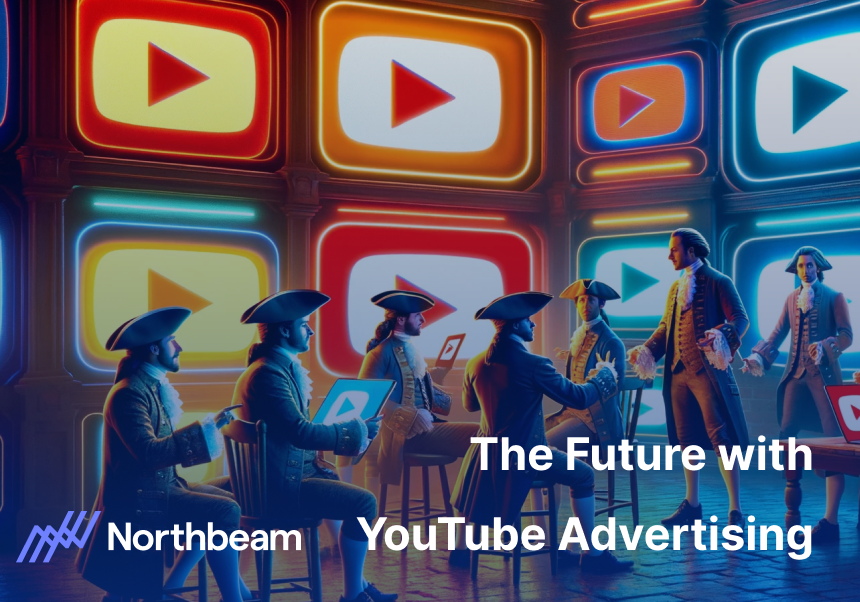

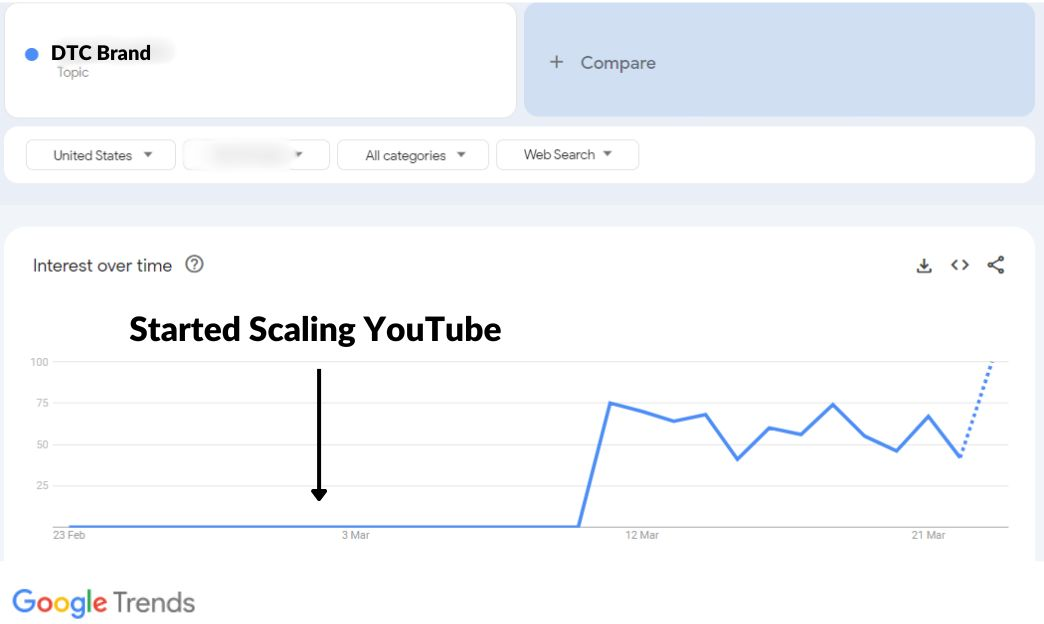
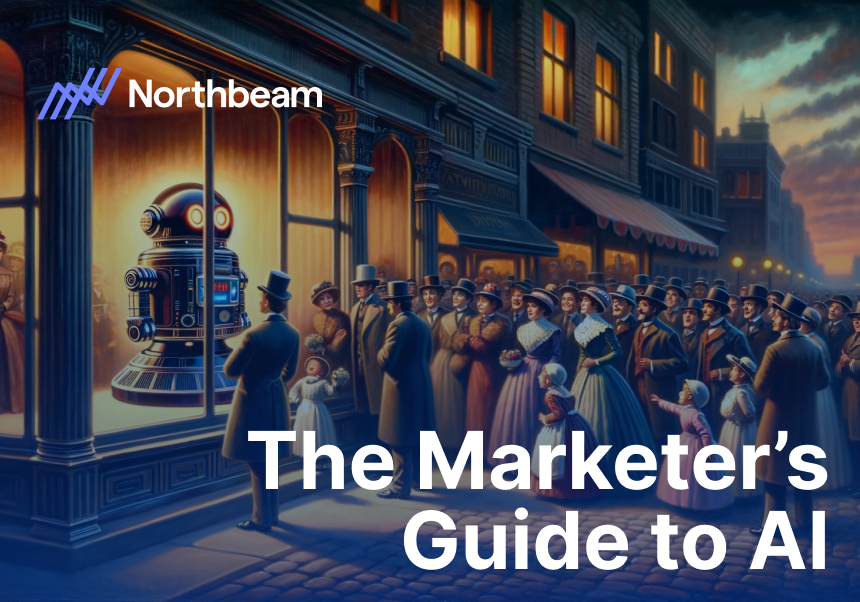
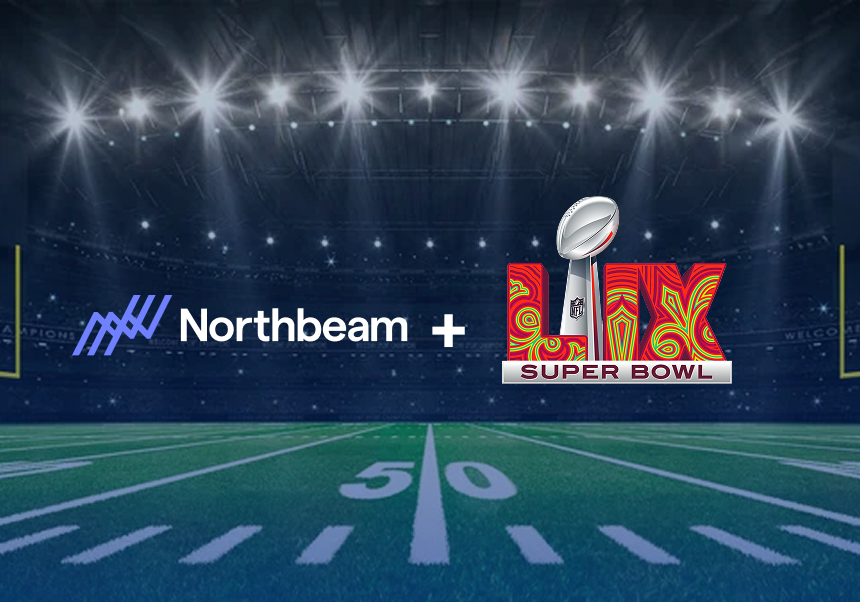
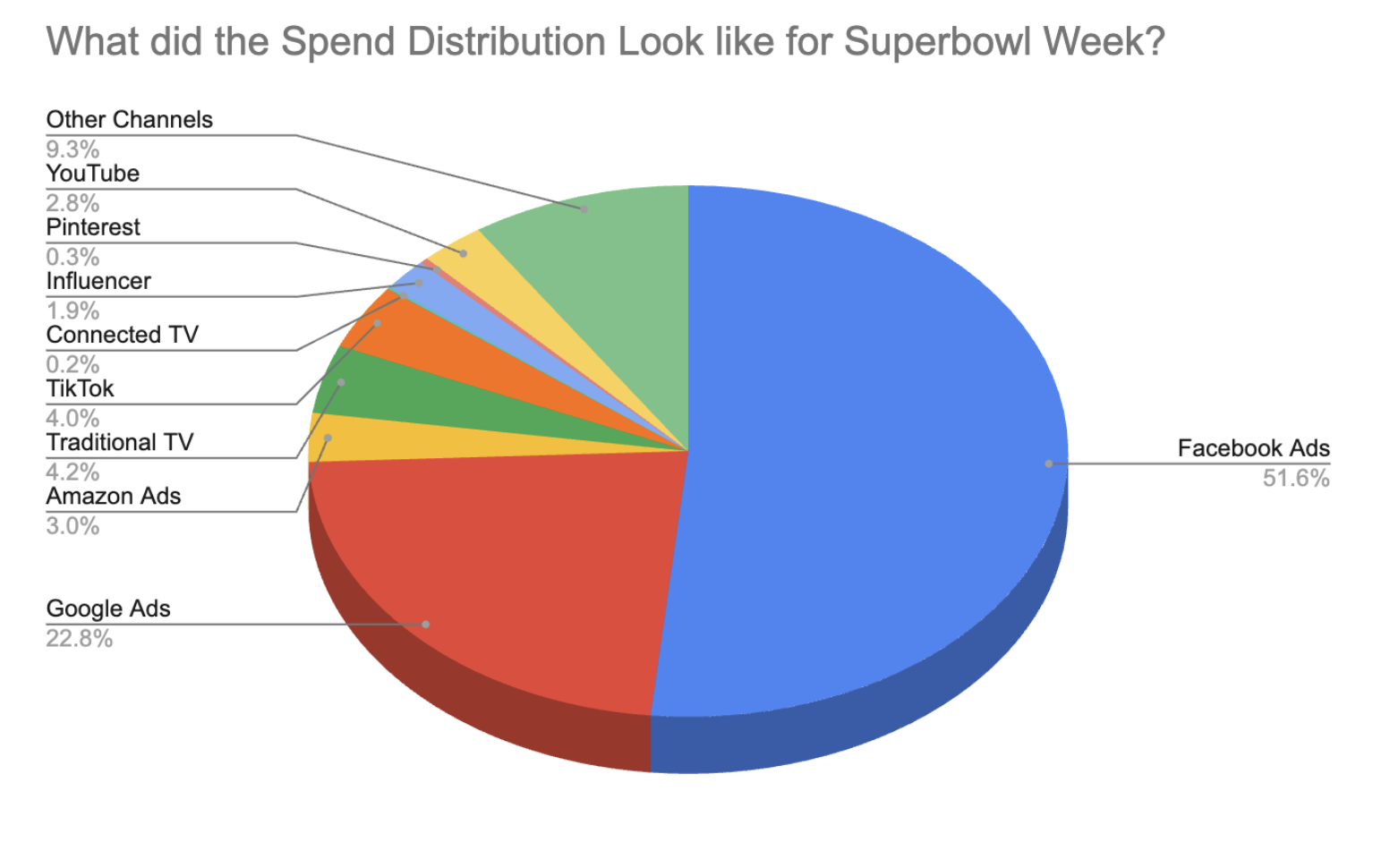



%25201.png)

.png)
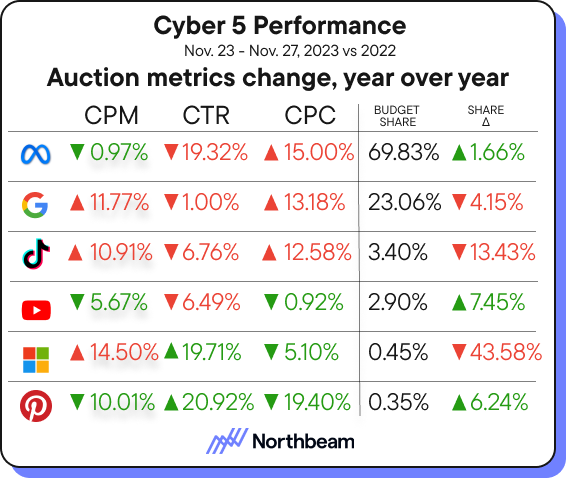
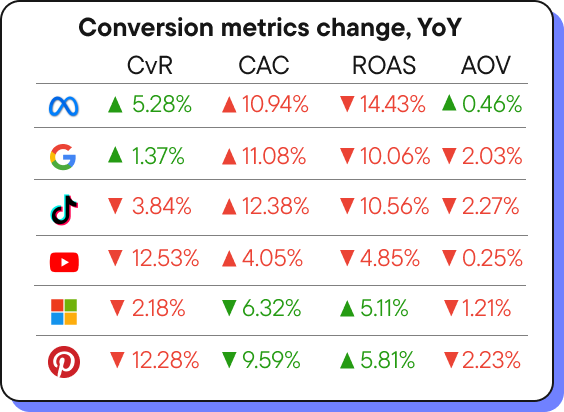
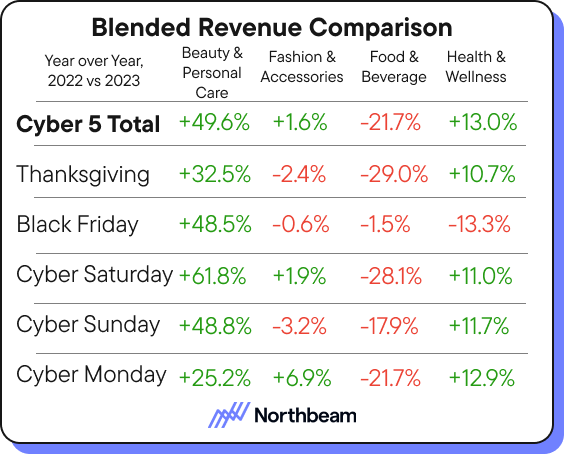
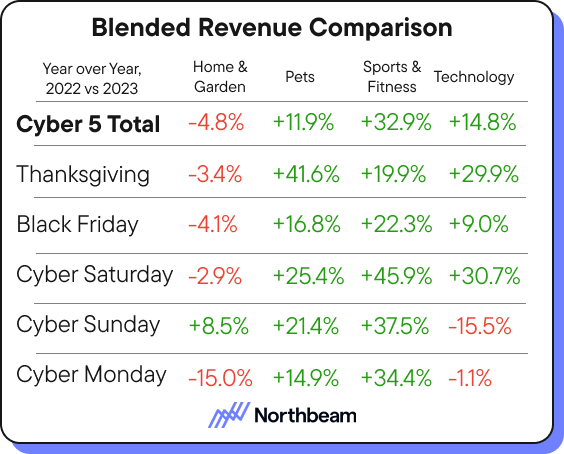
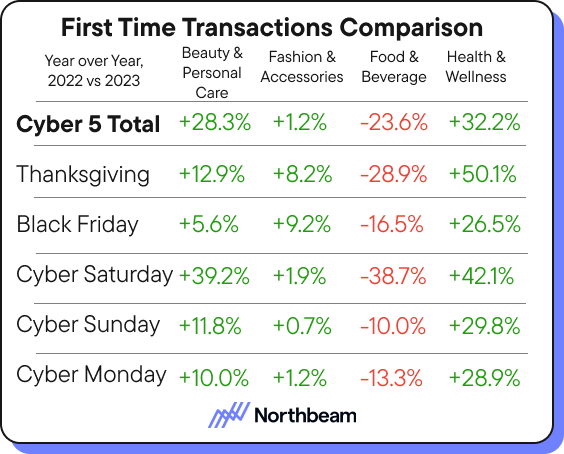
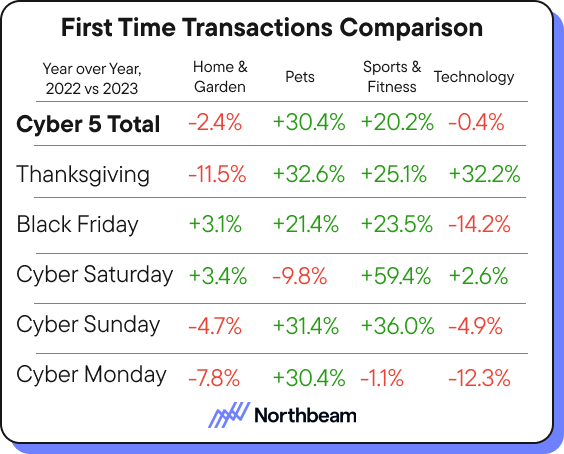
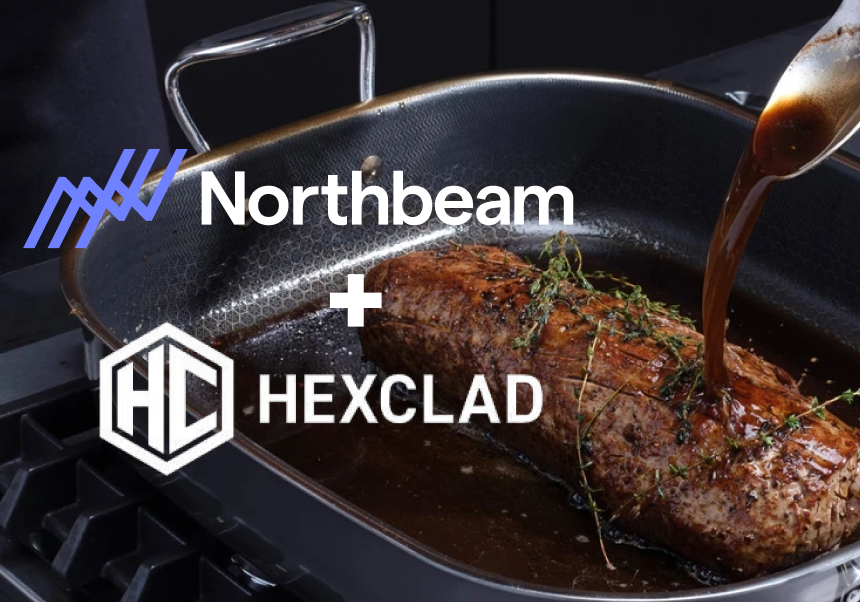
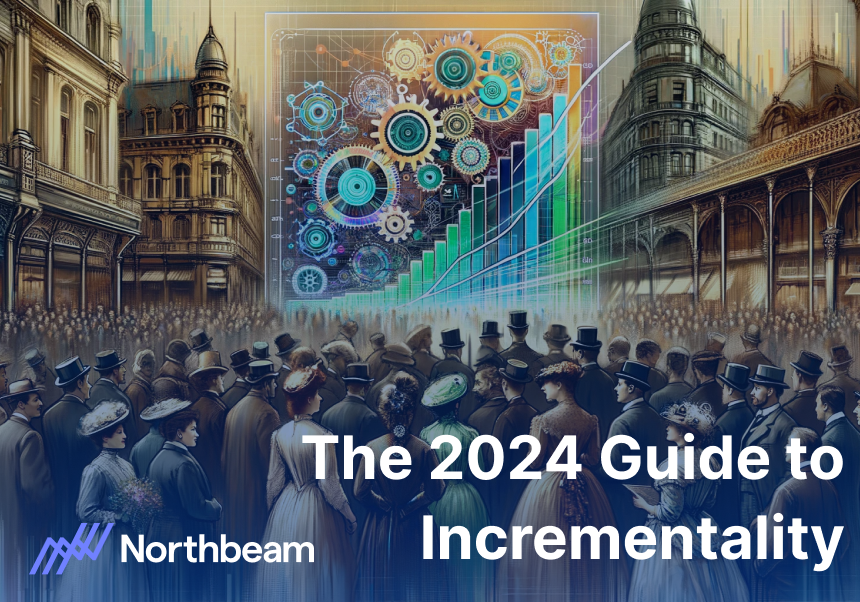
.jpeg)

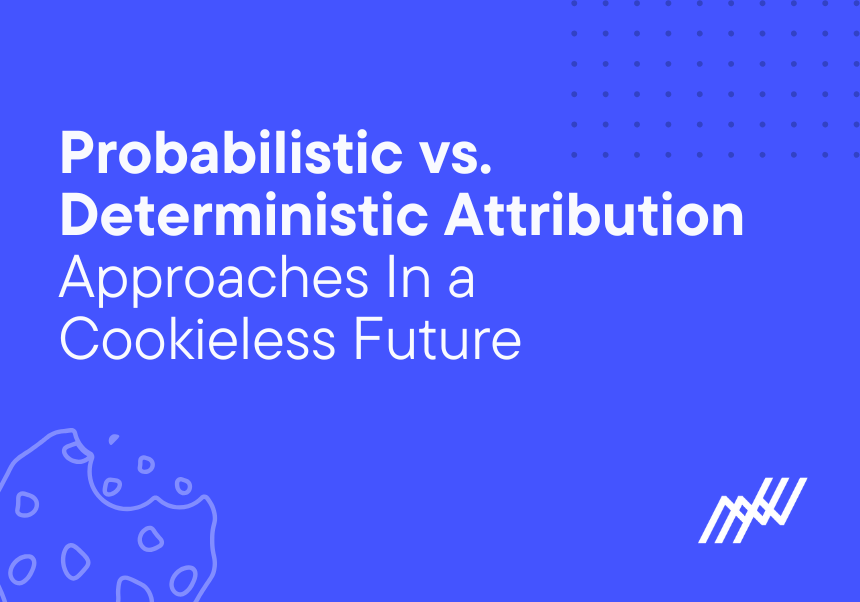
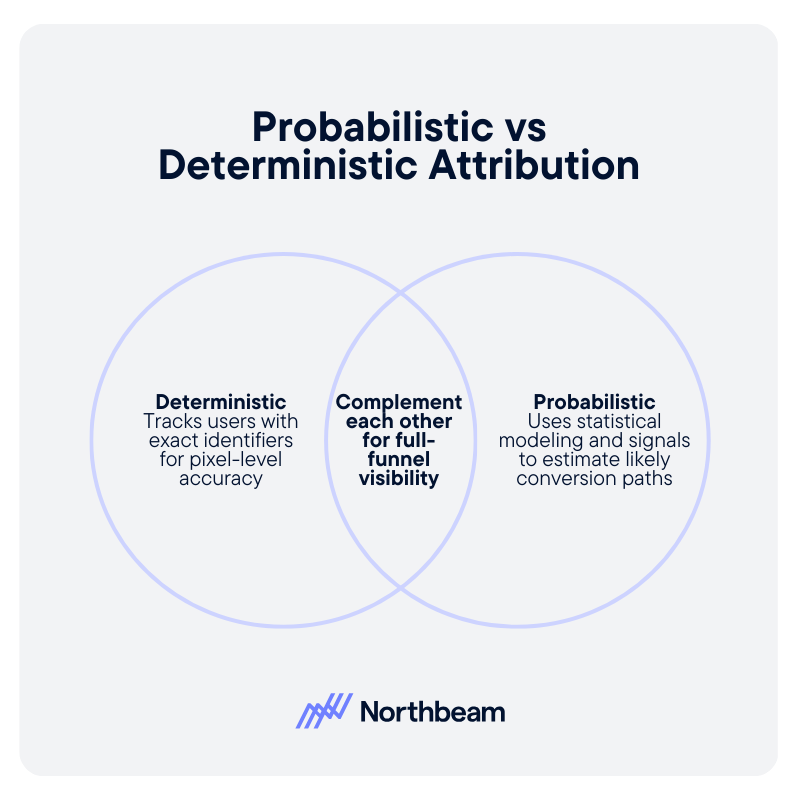
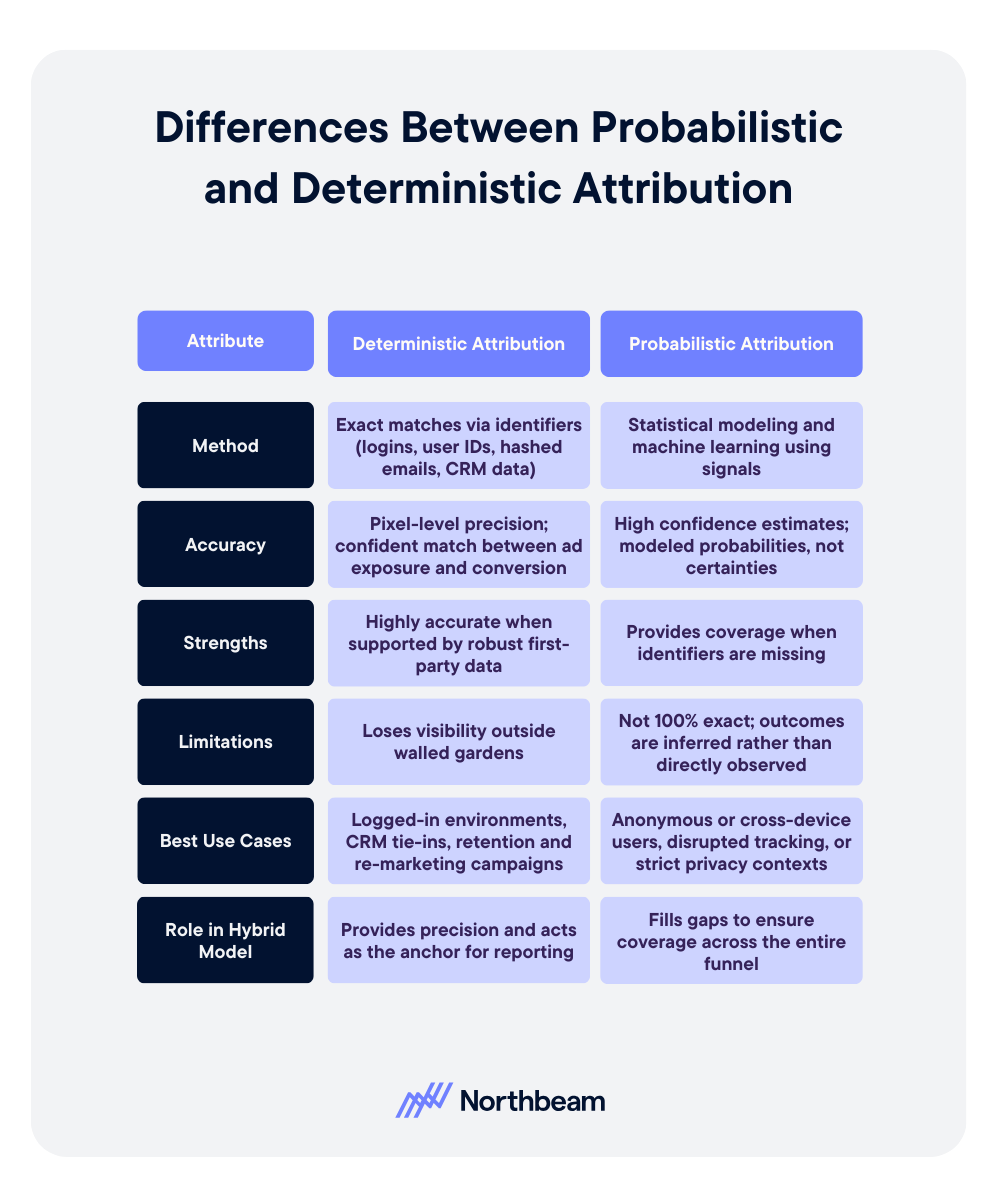
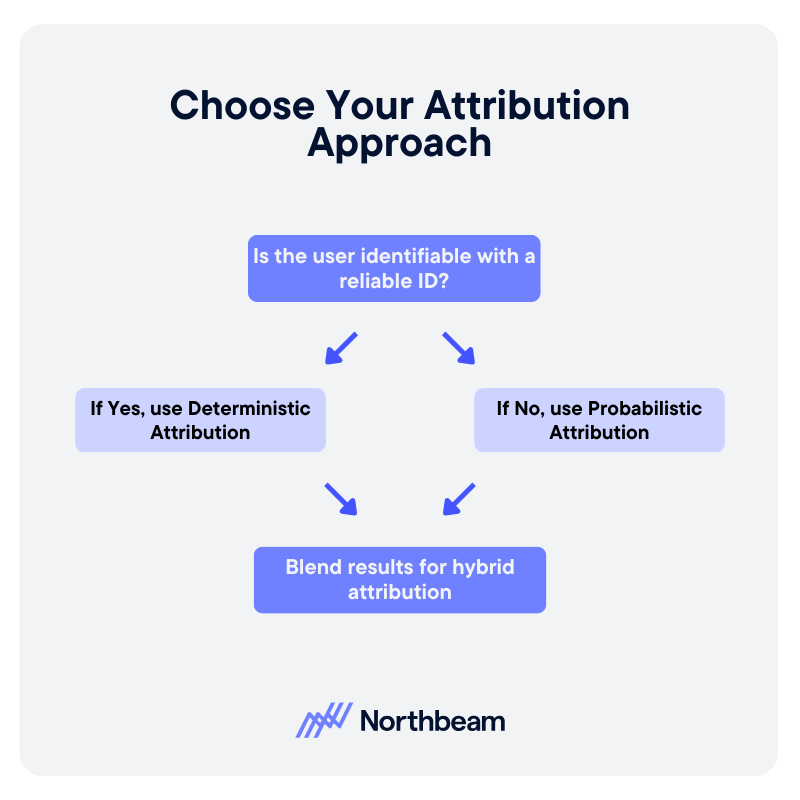




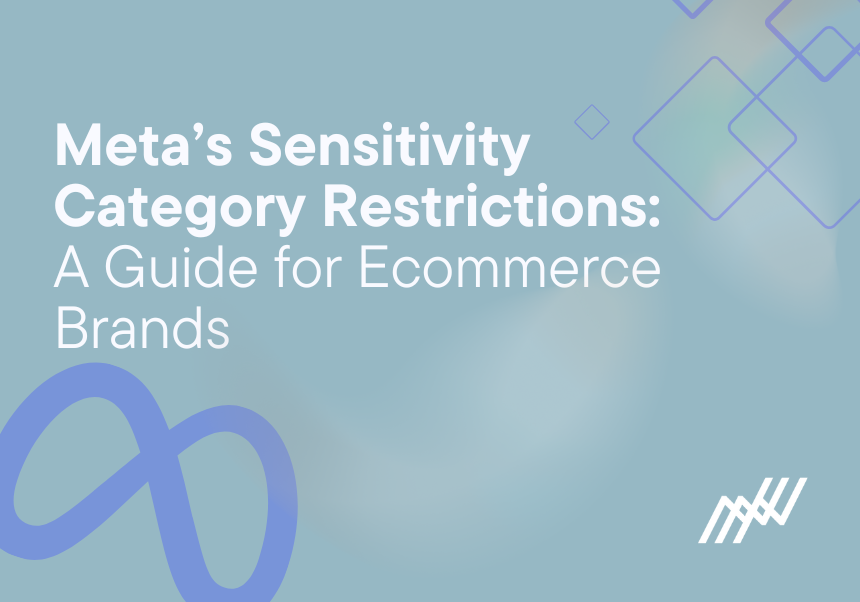
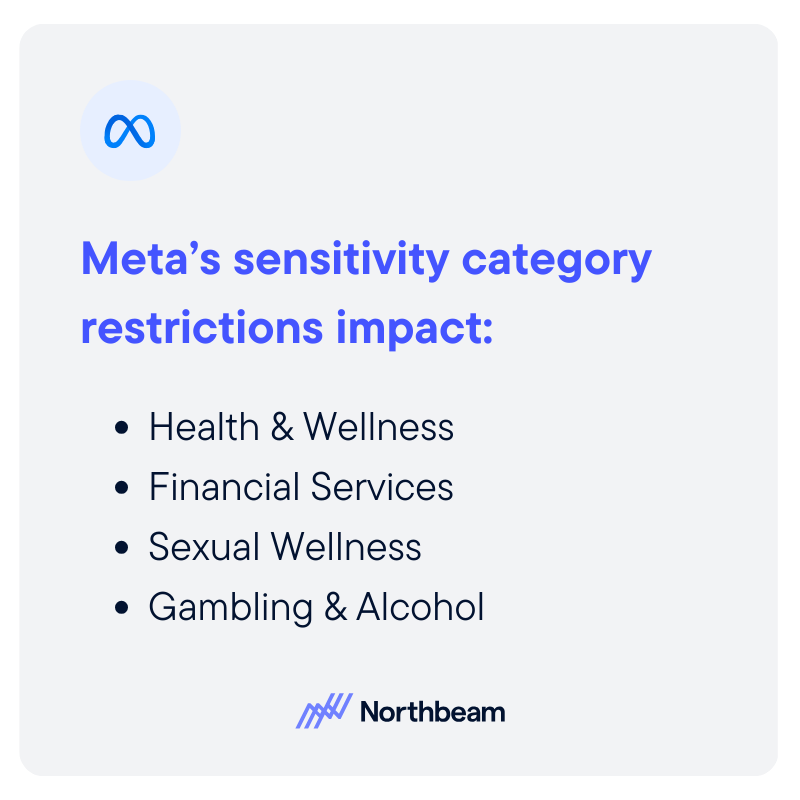
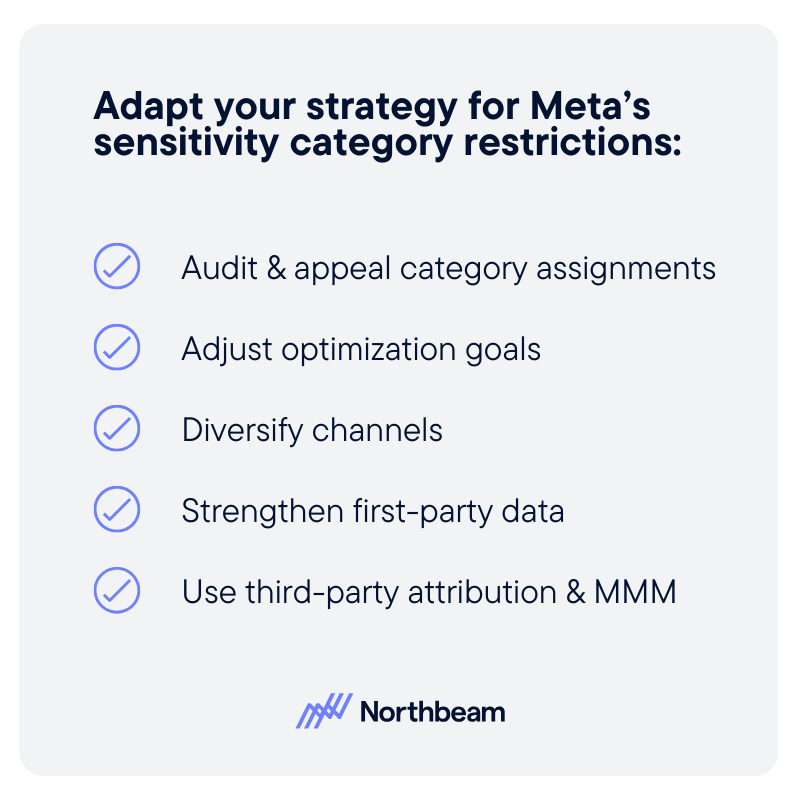

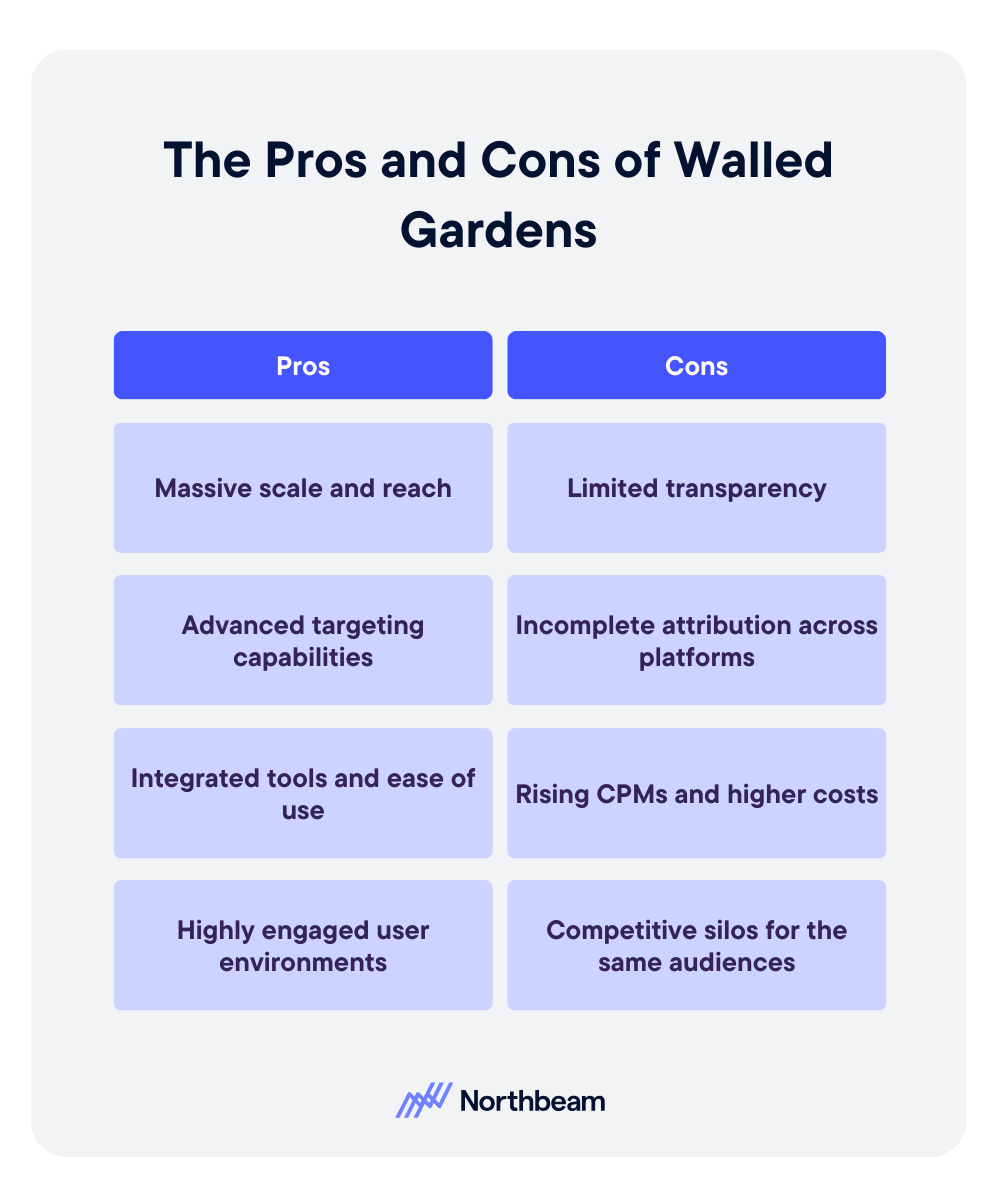
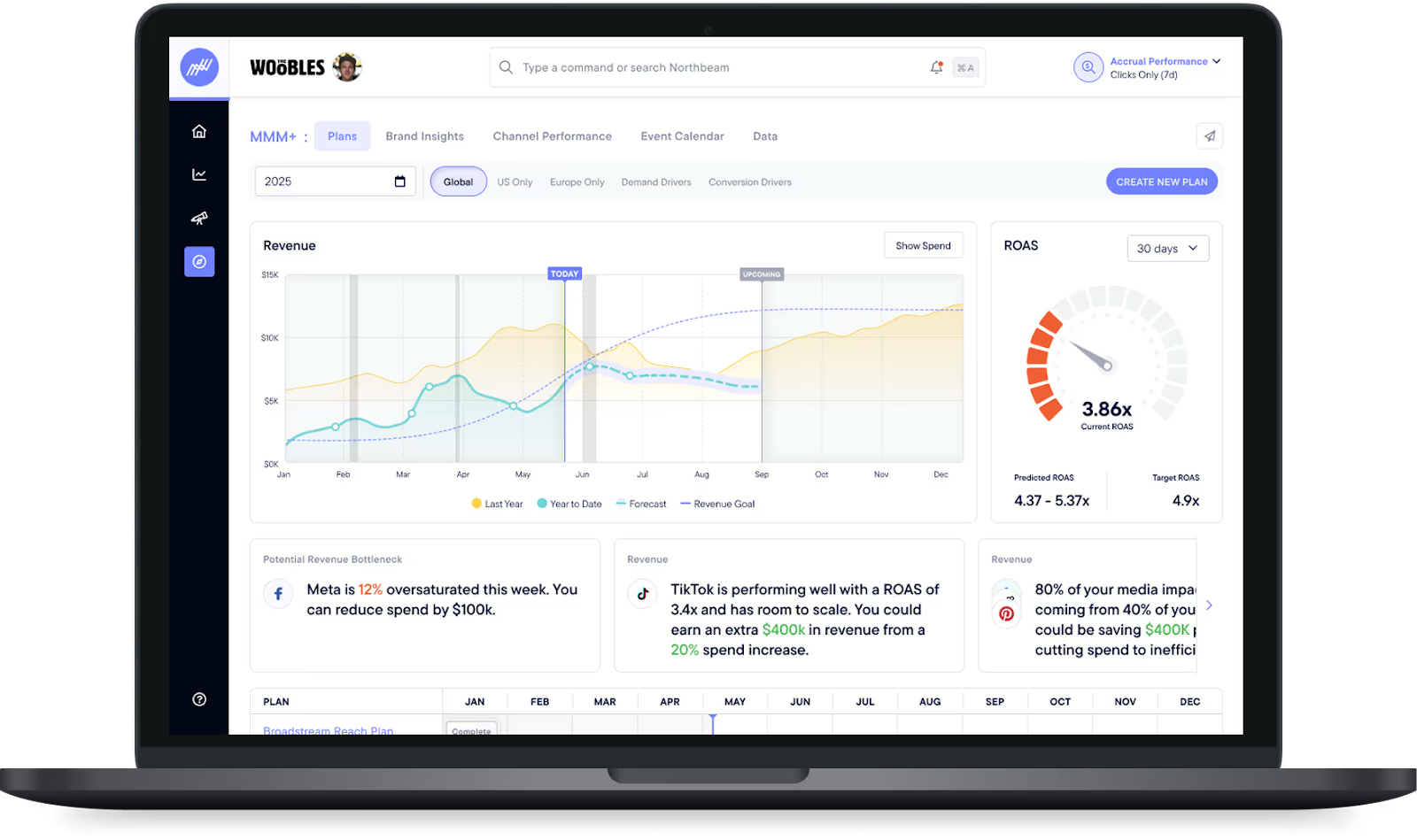
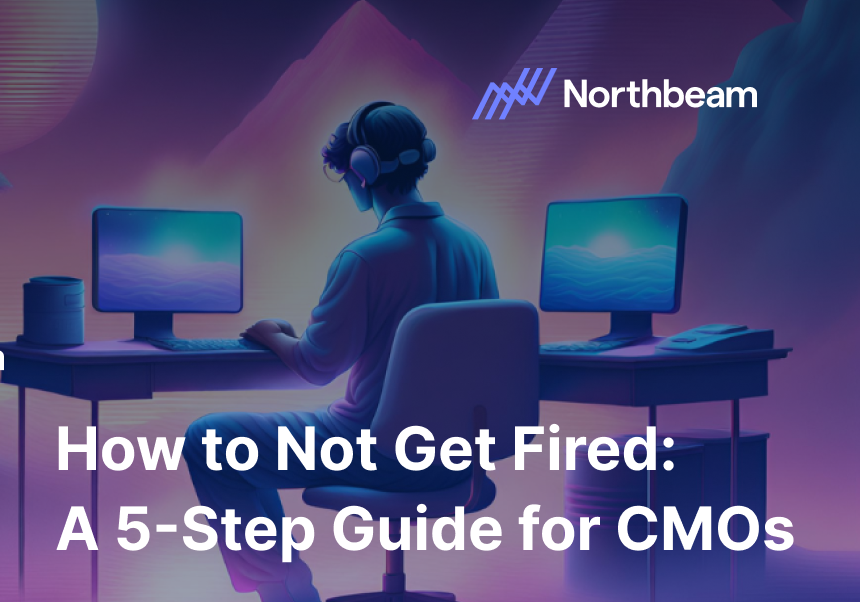
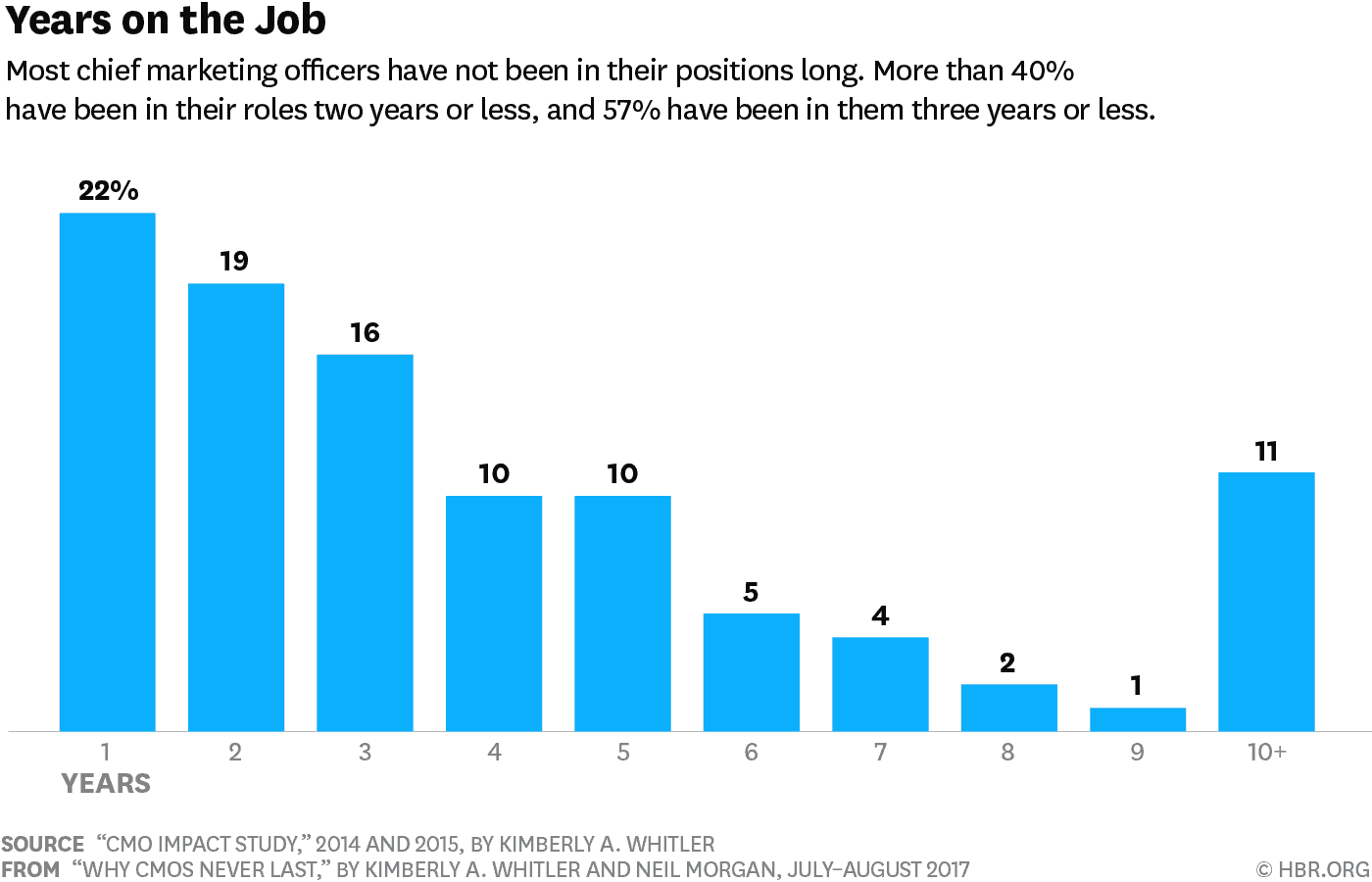
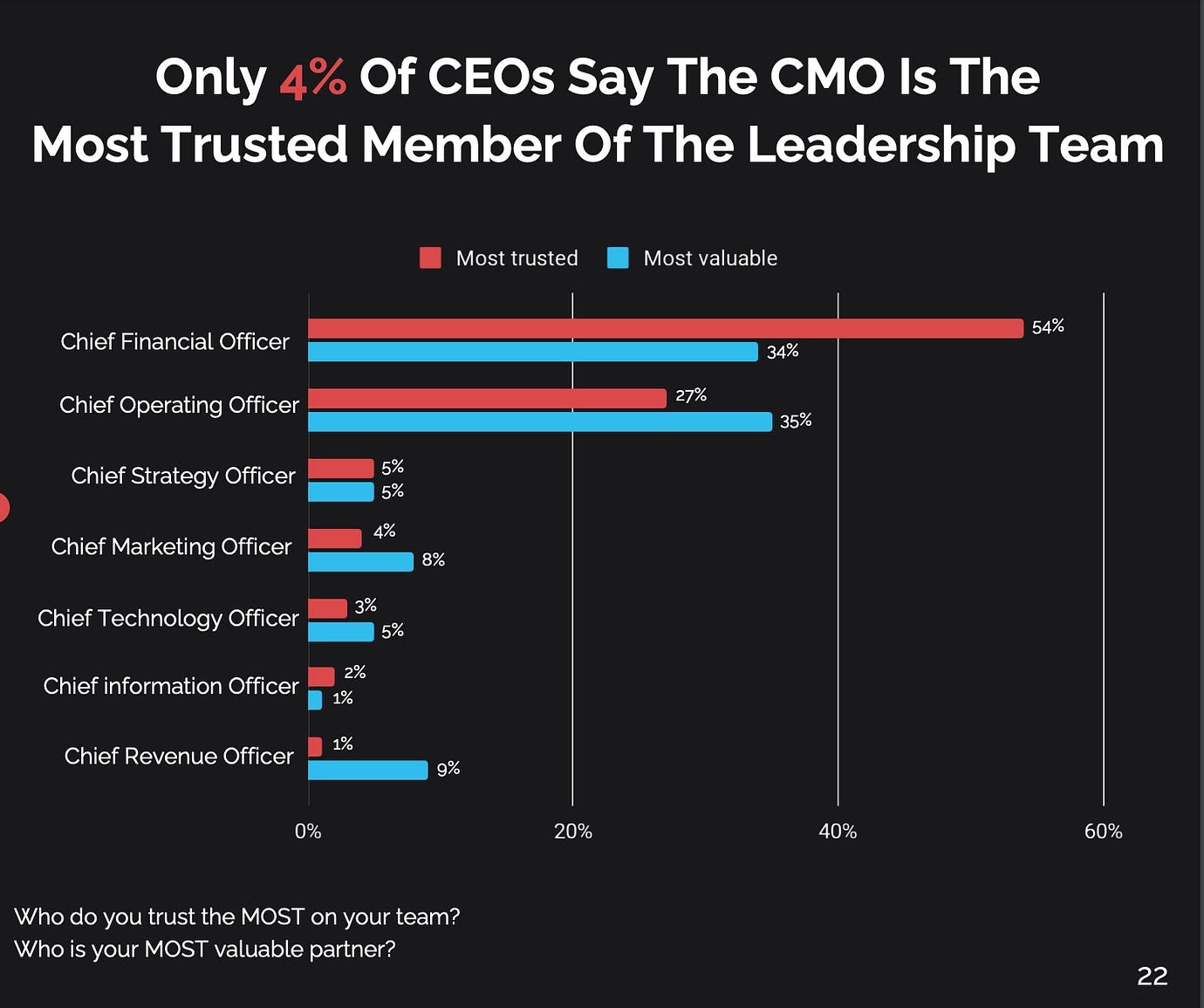
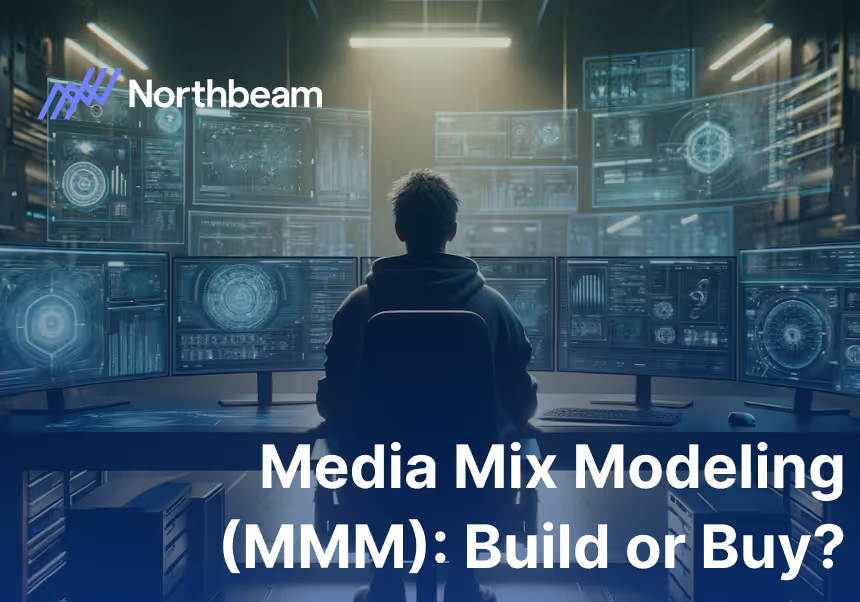
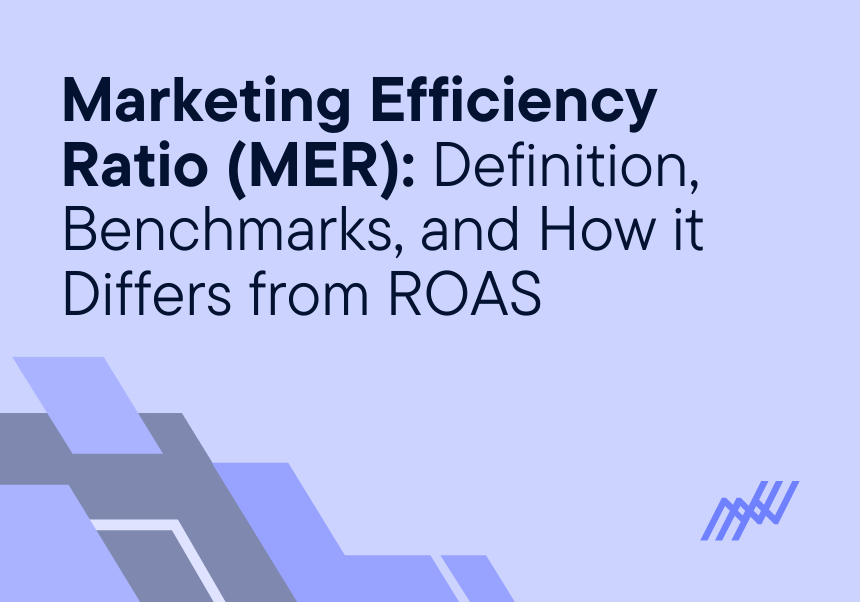
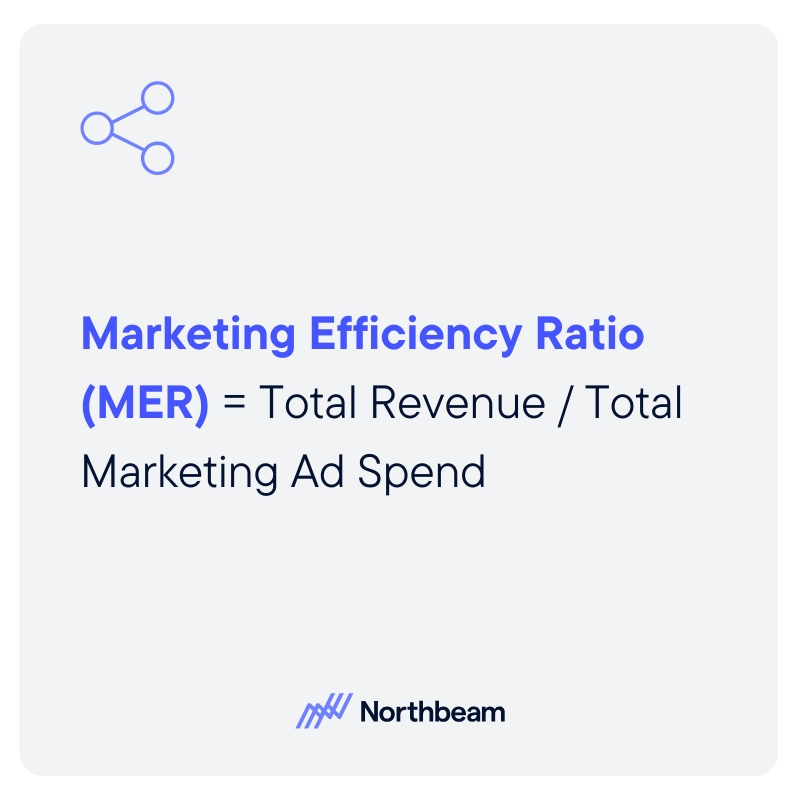

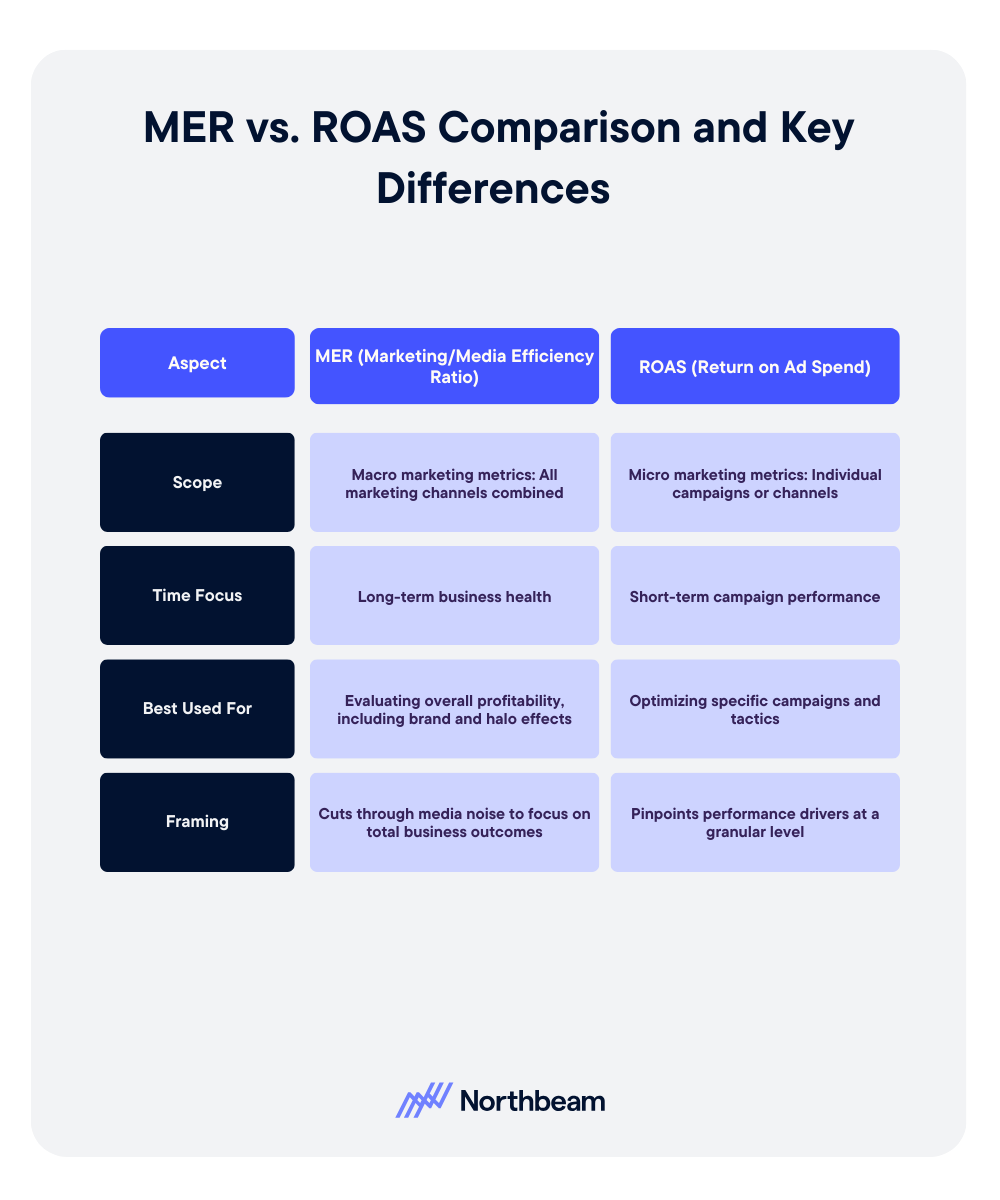







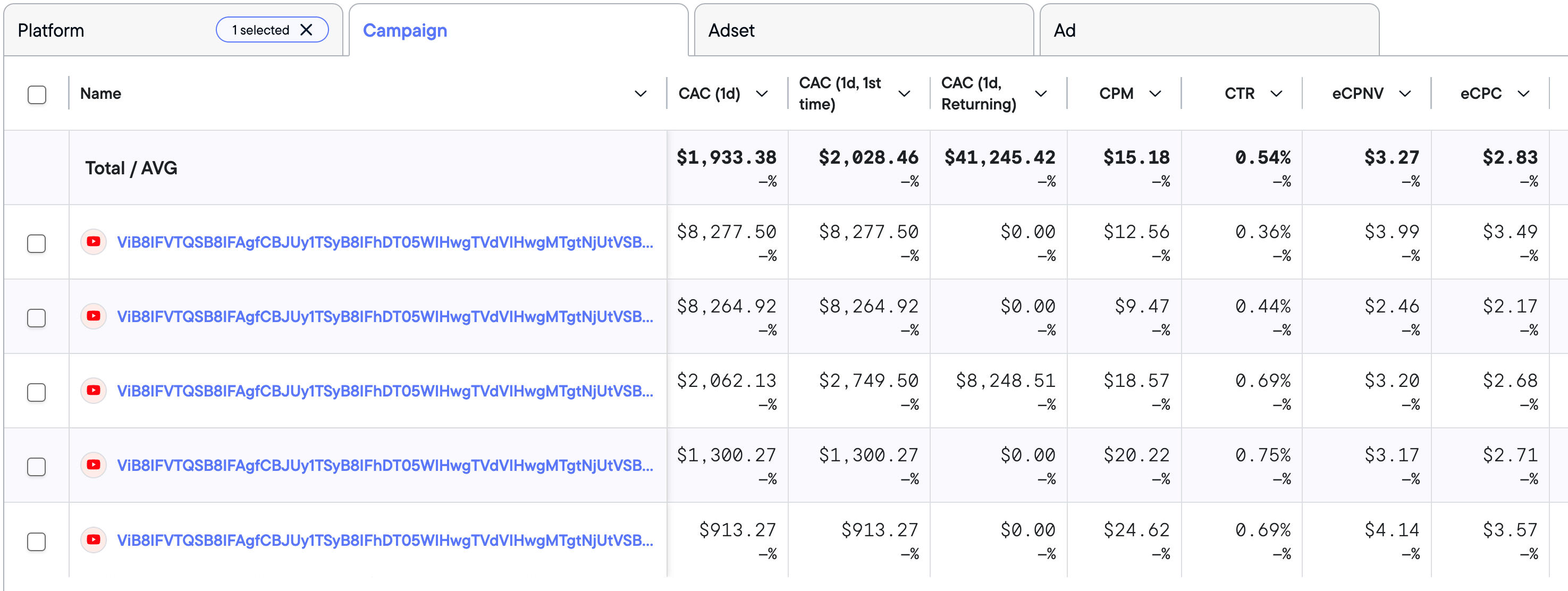
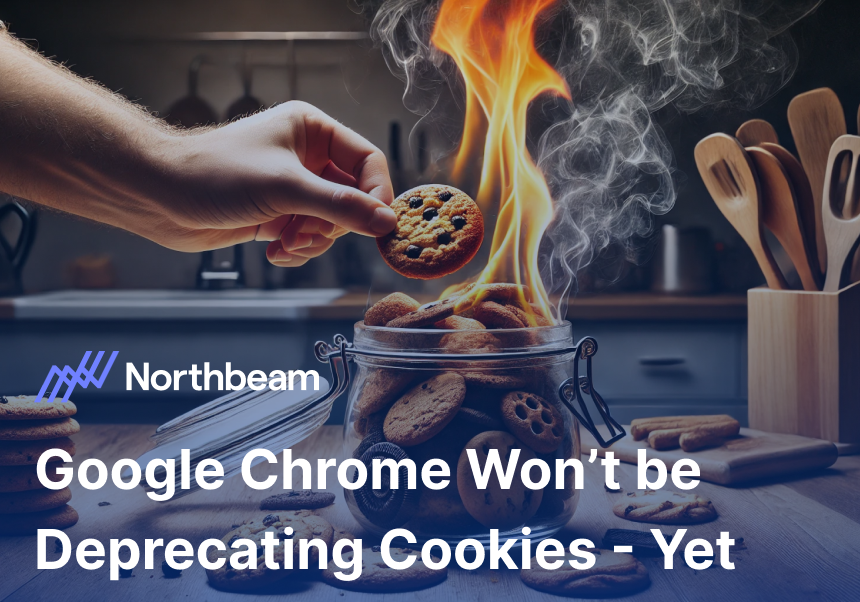
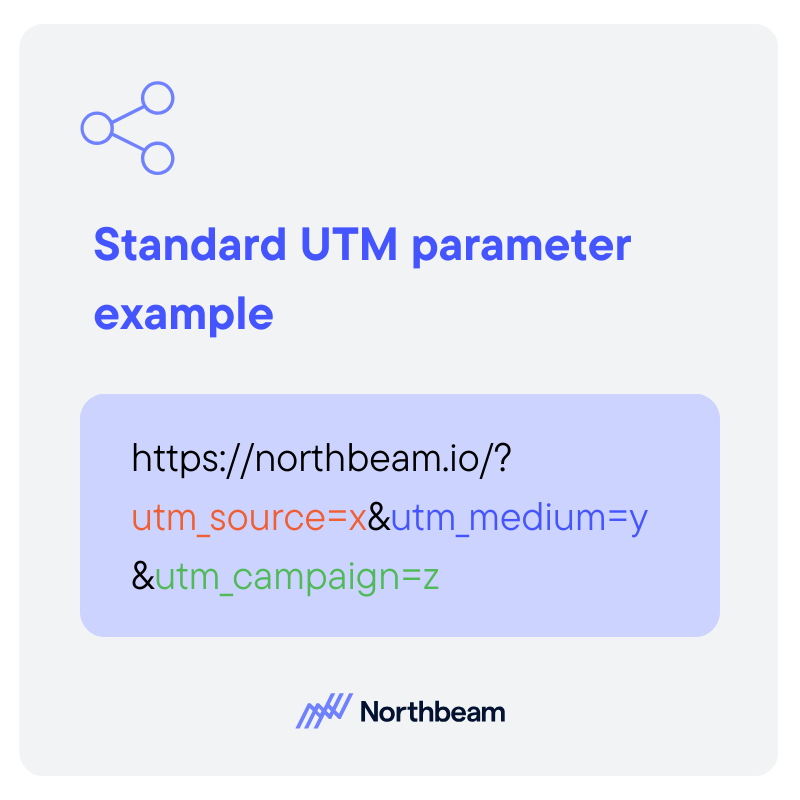
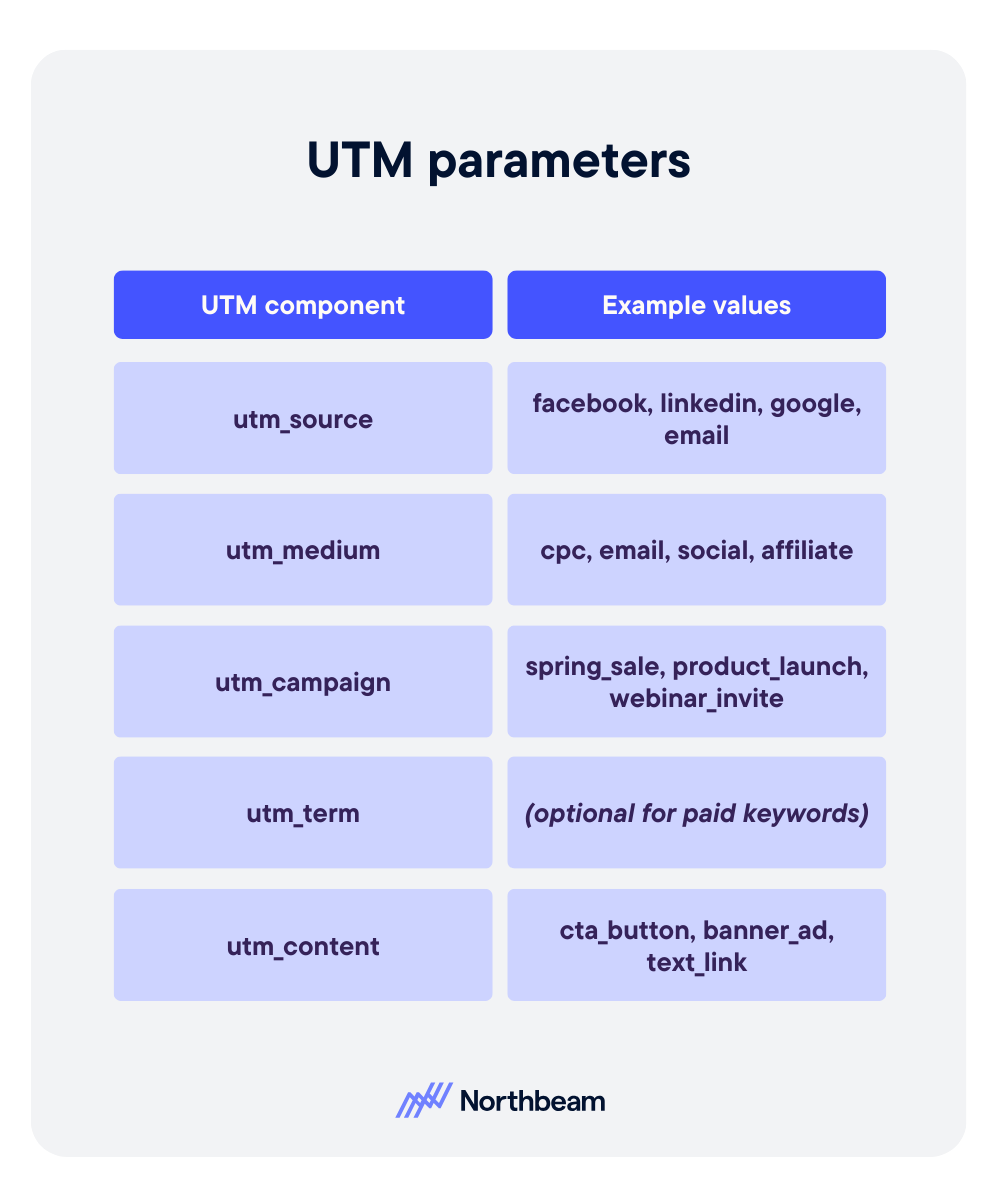
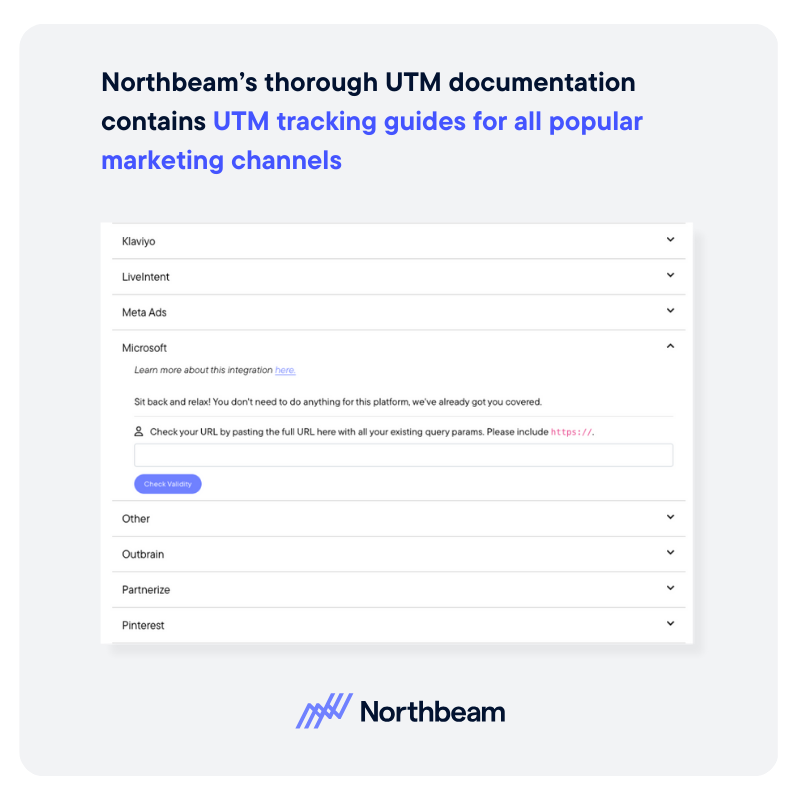

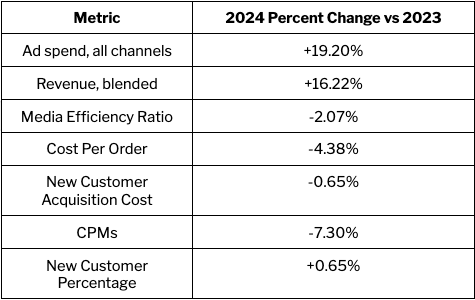
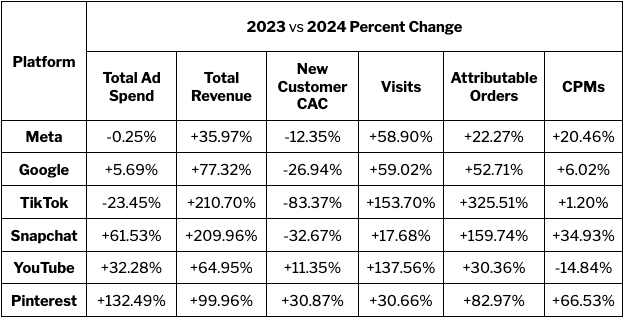
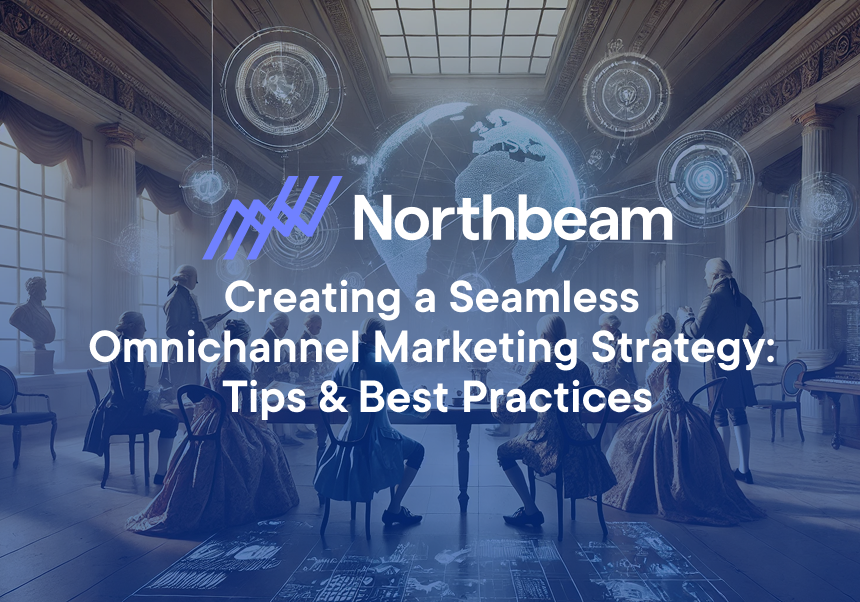
.png)
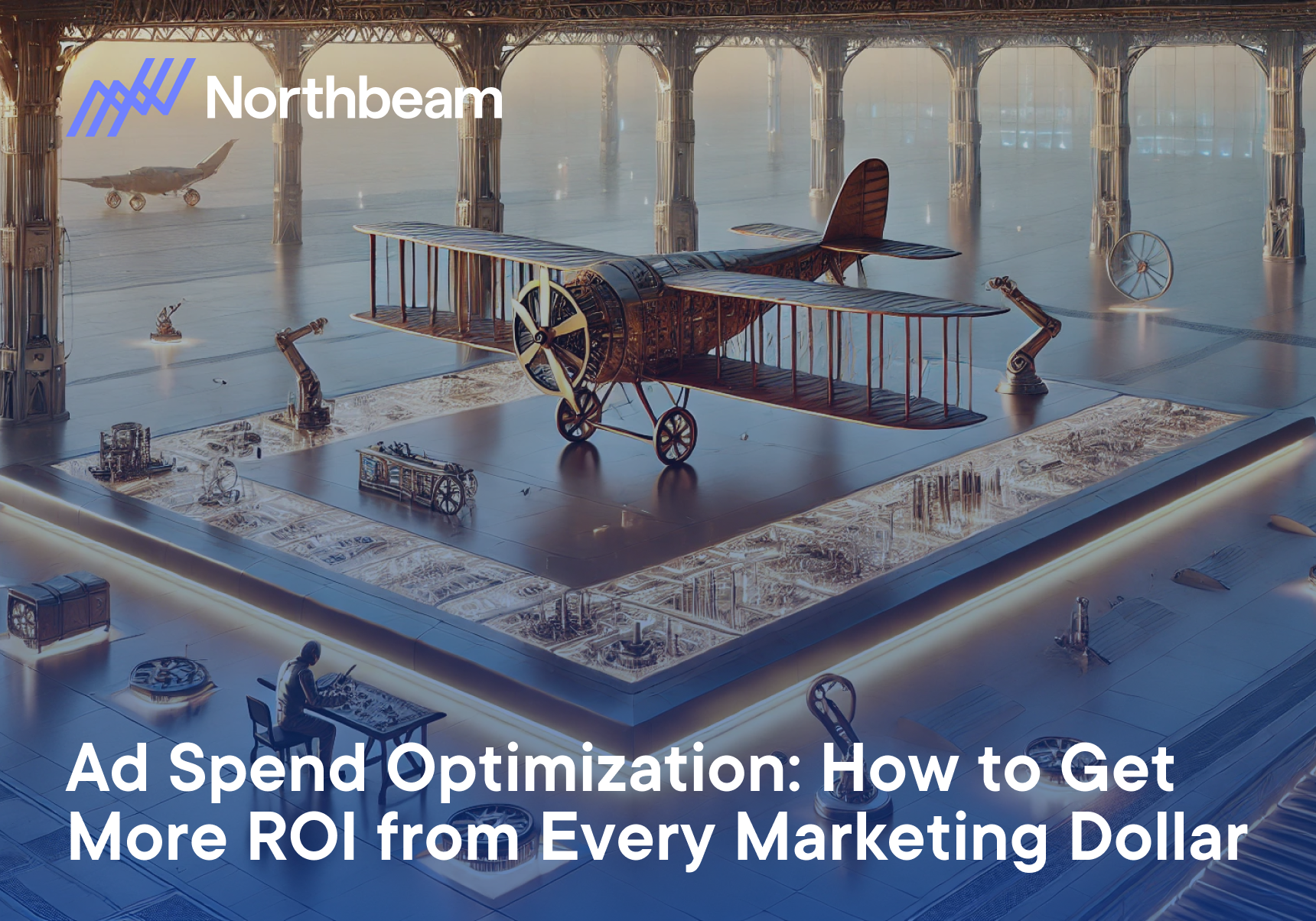
.png)
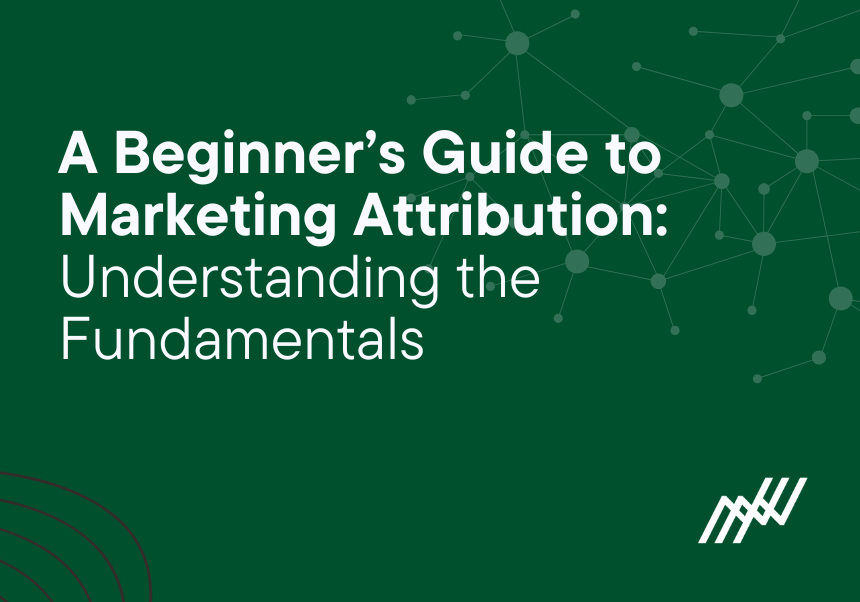
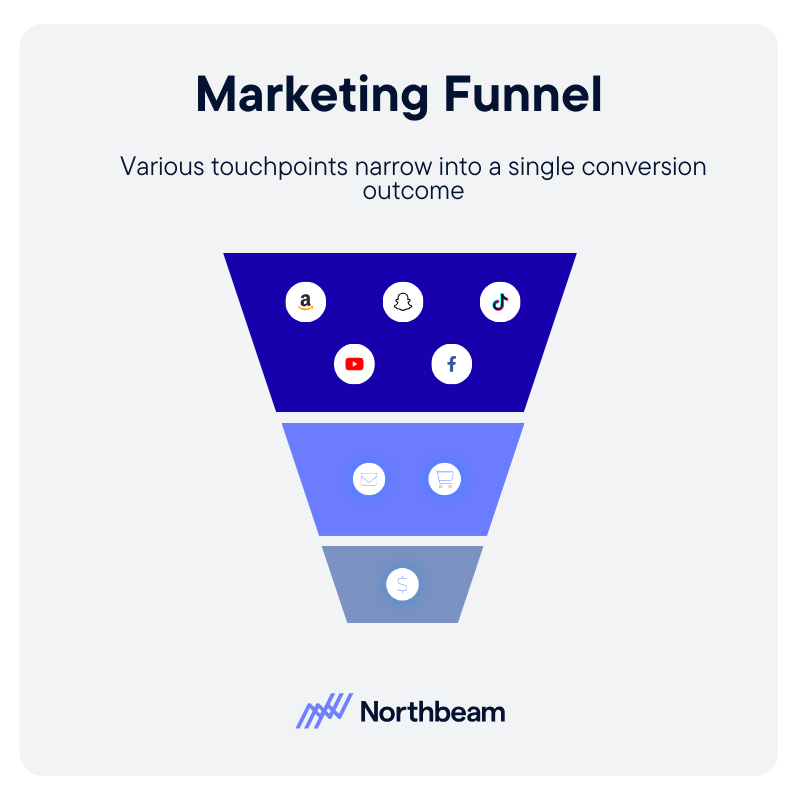
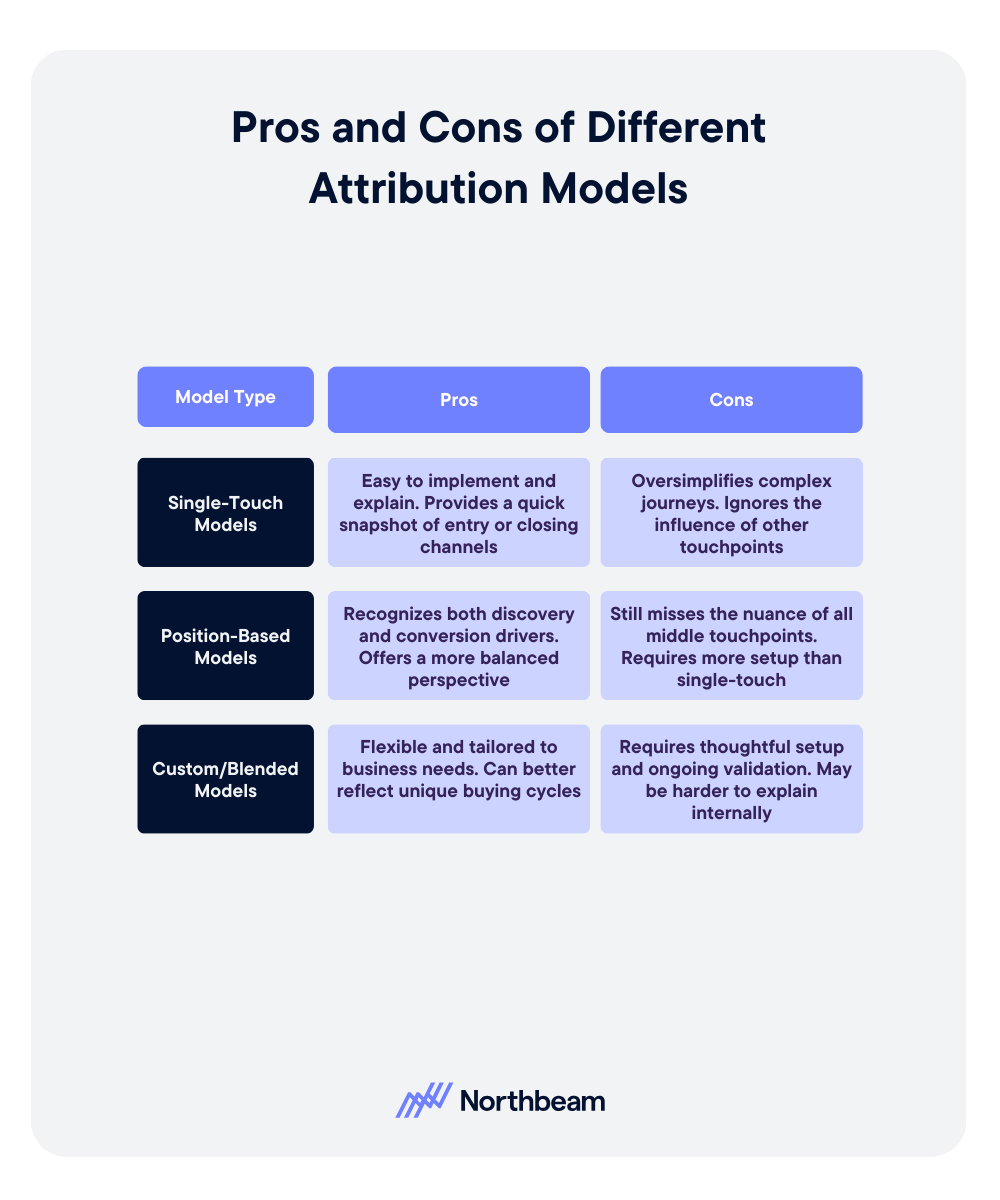



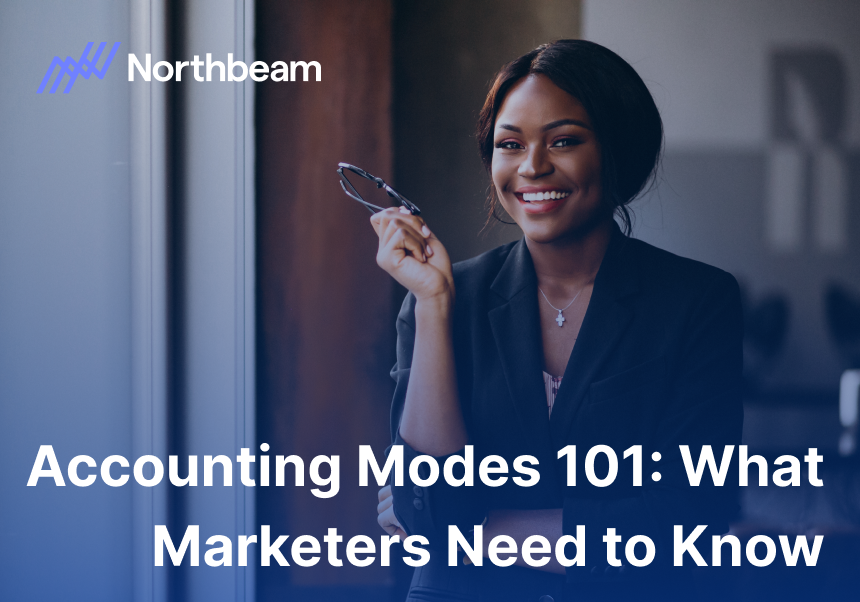
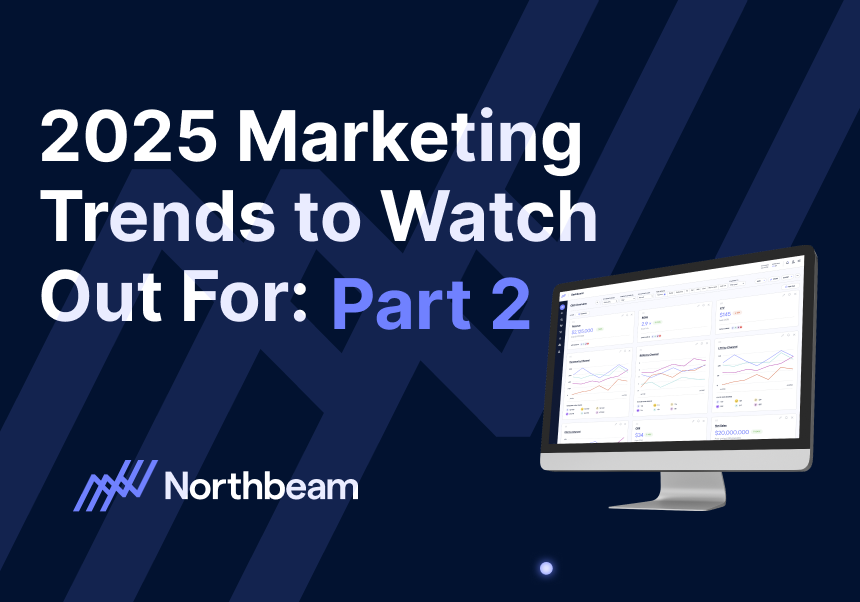
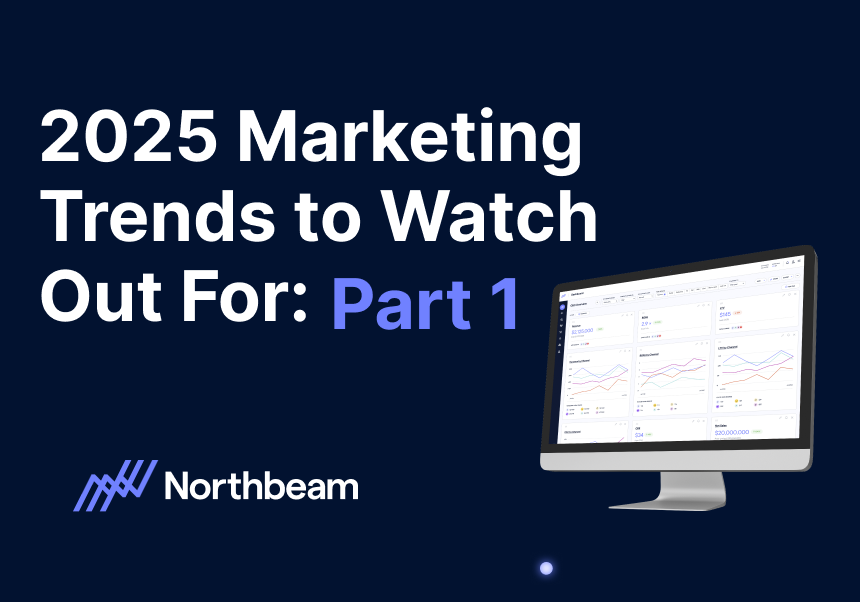



.svg)
